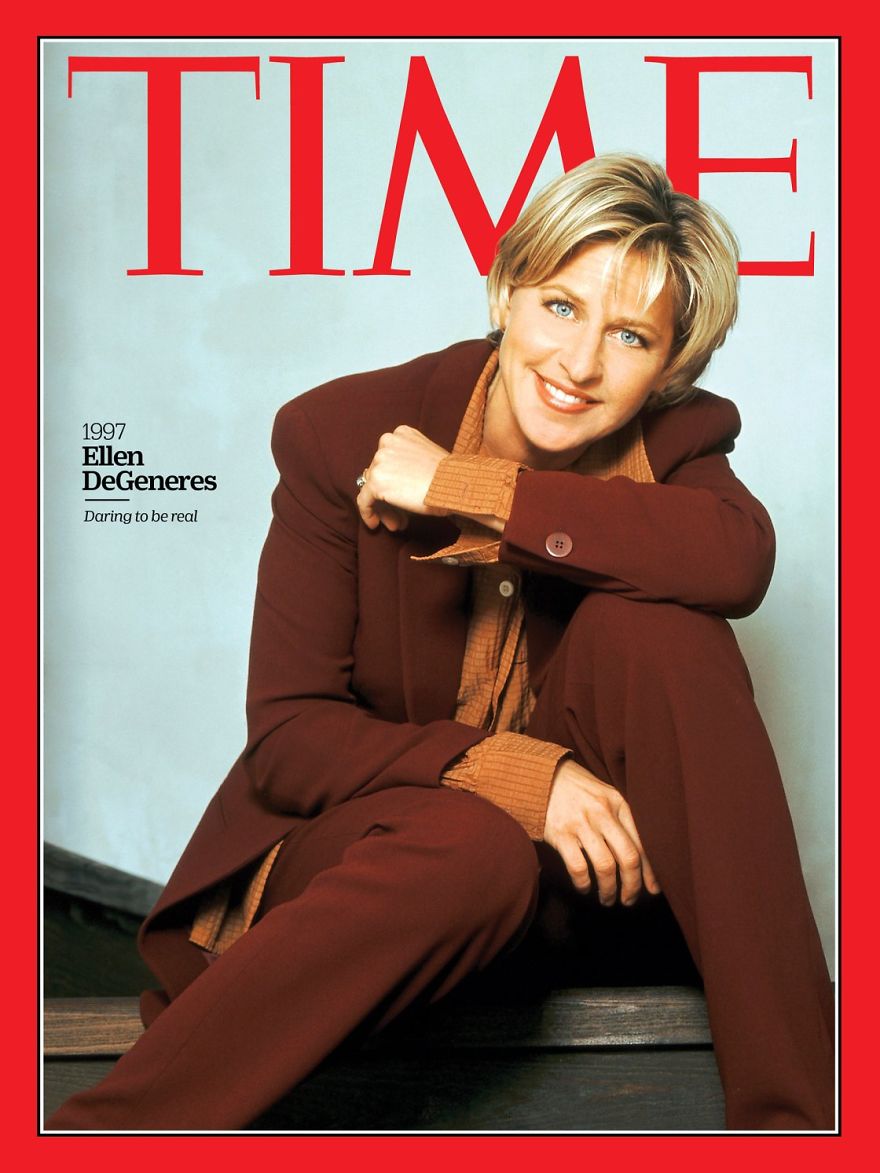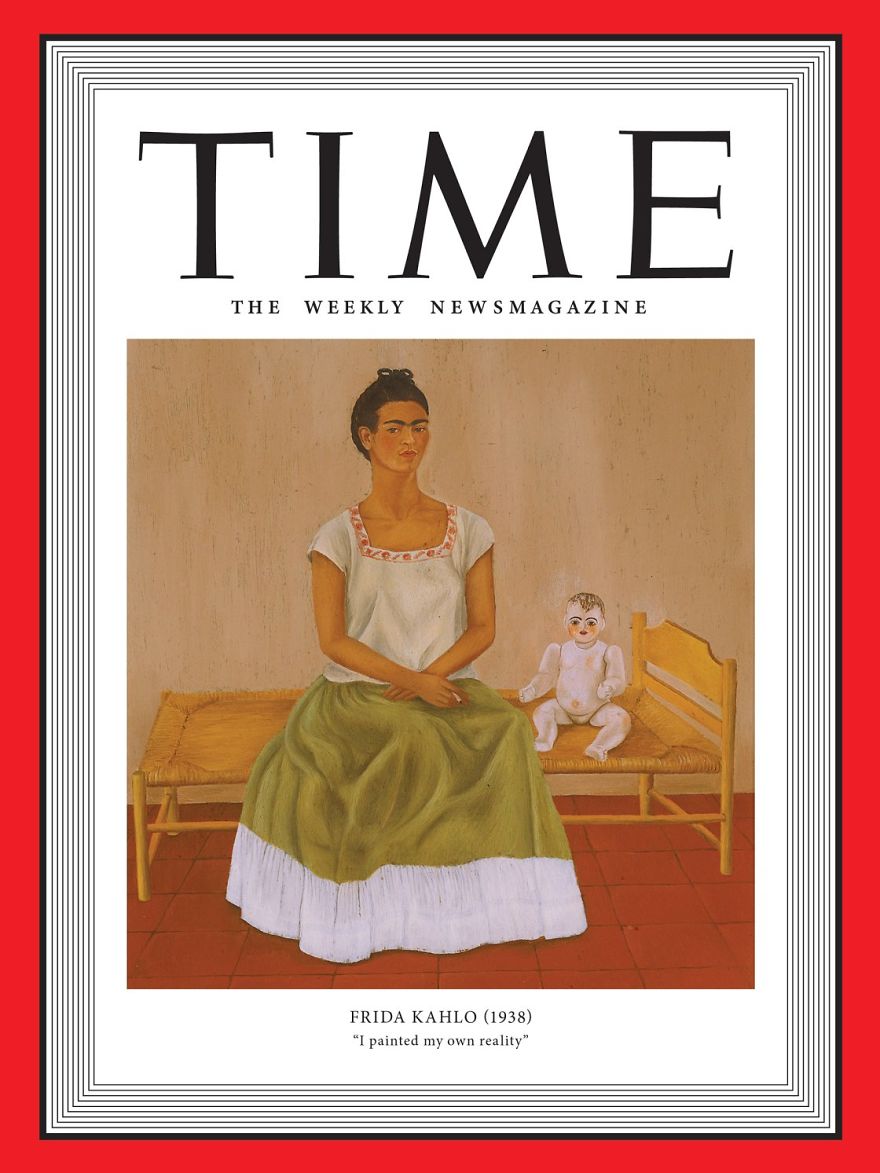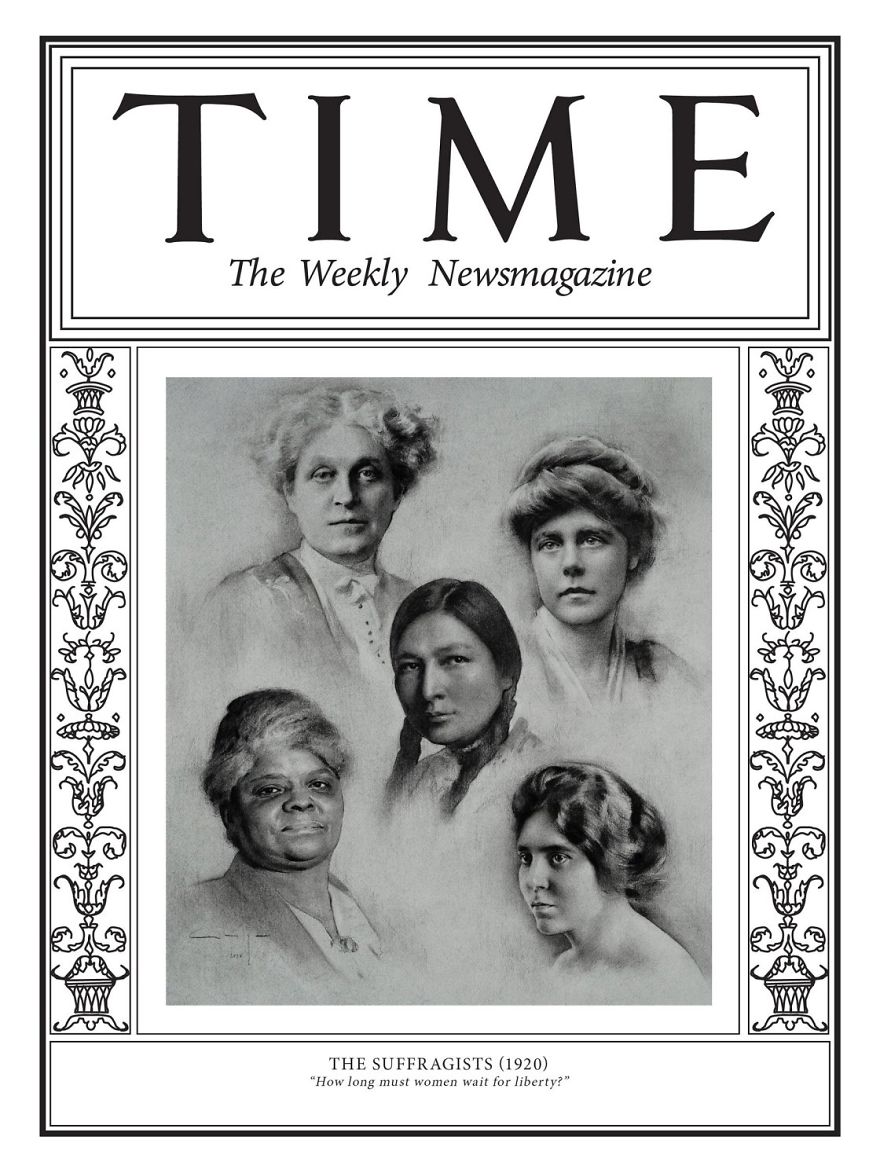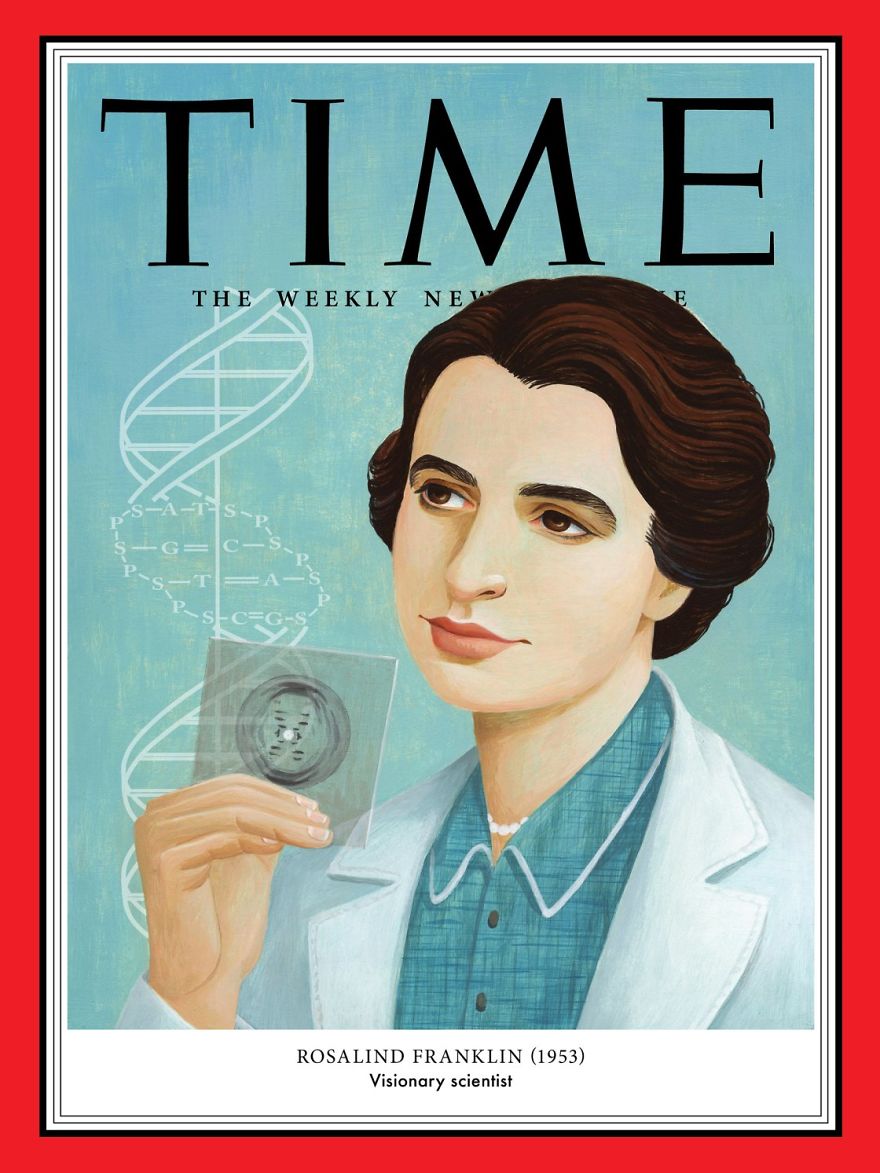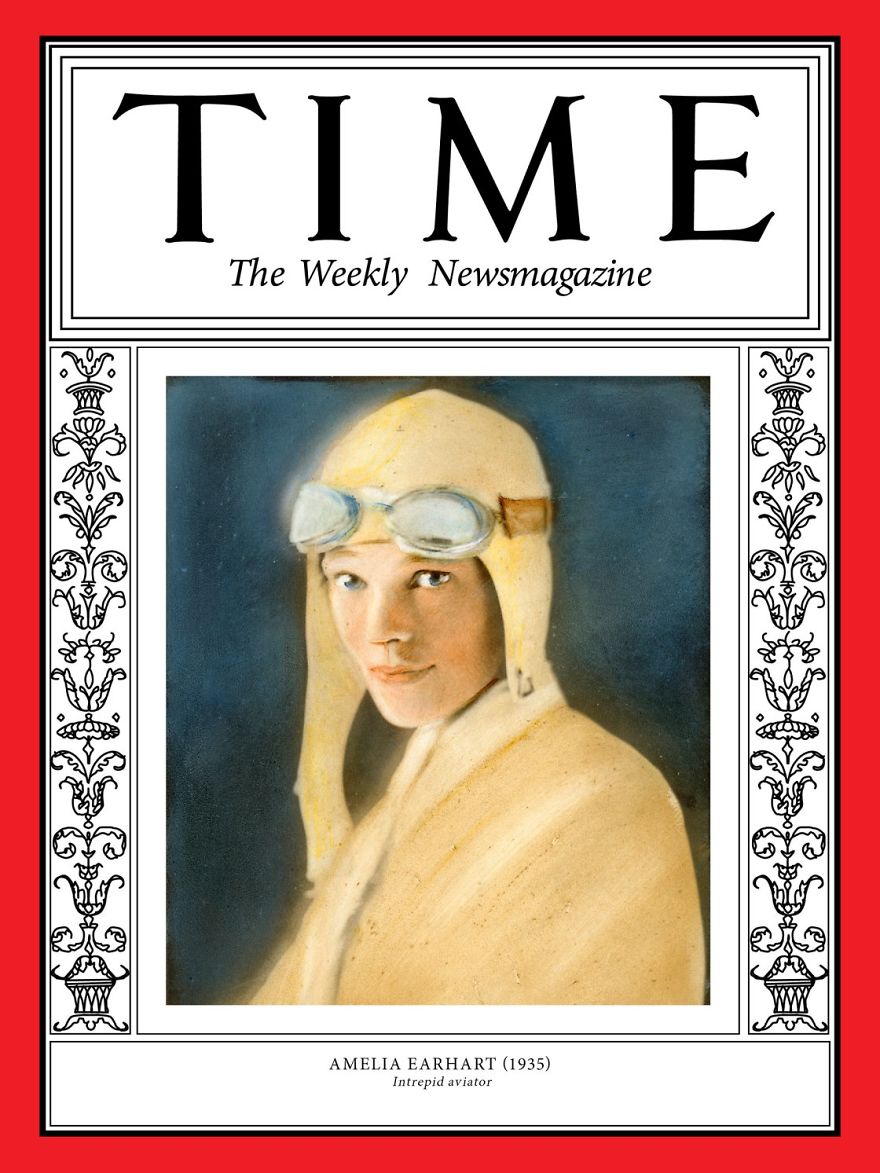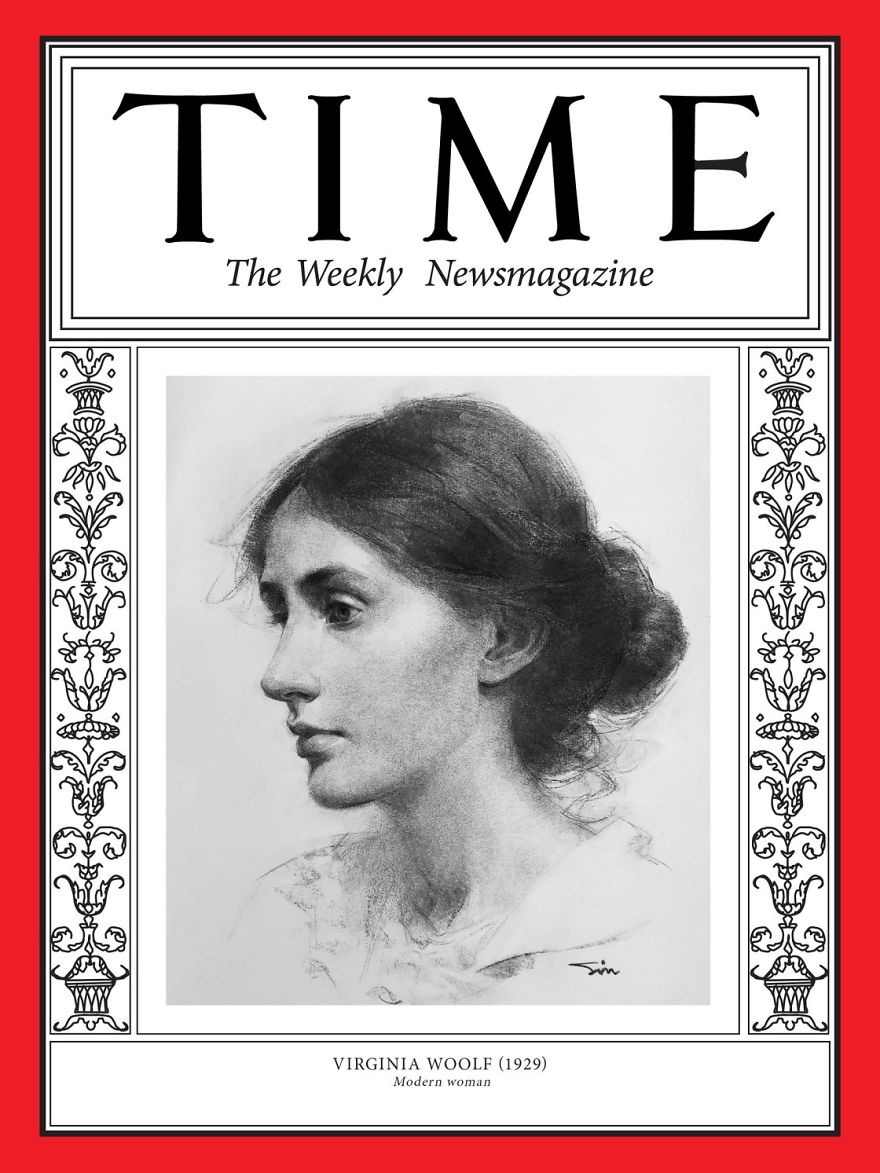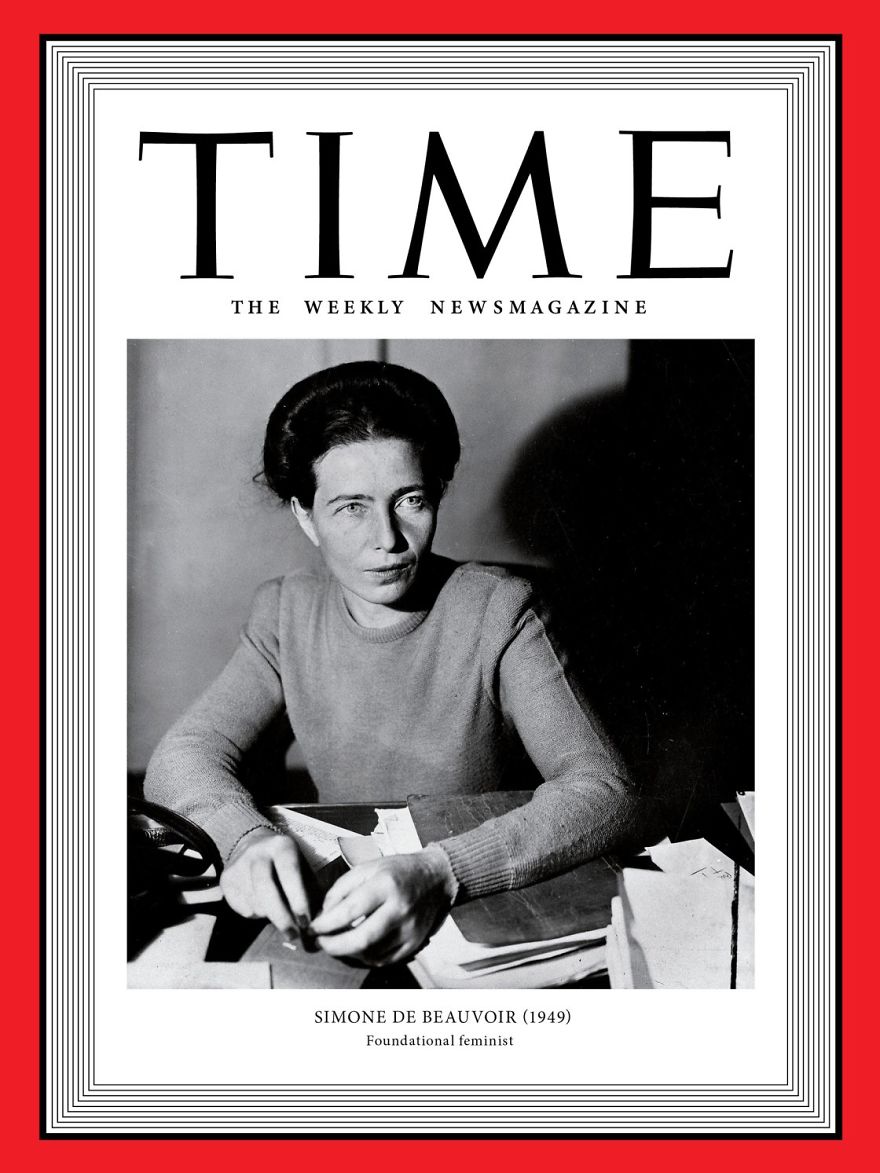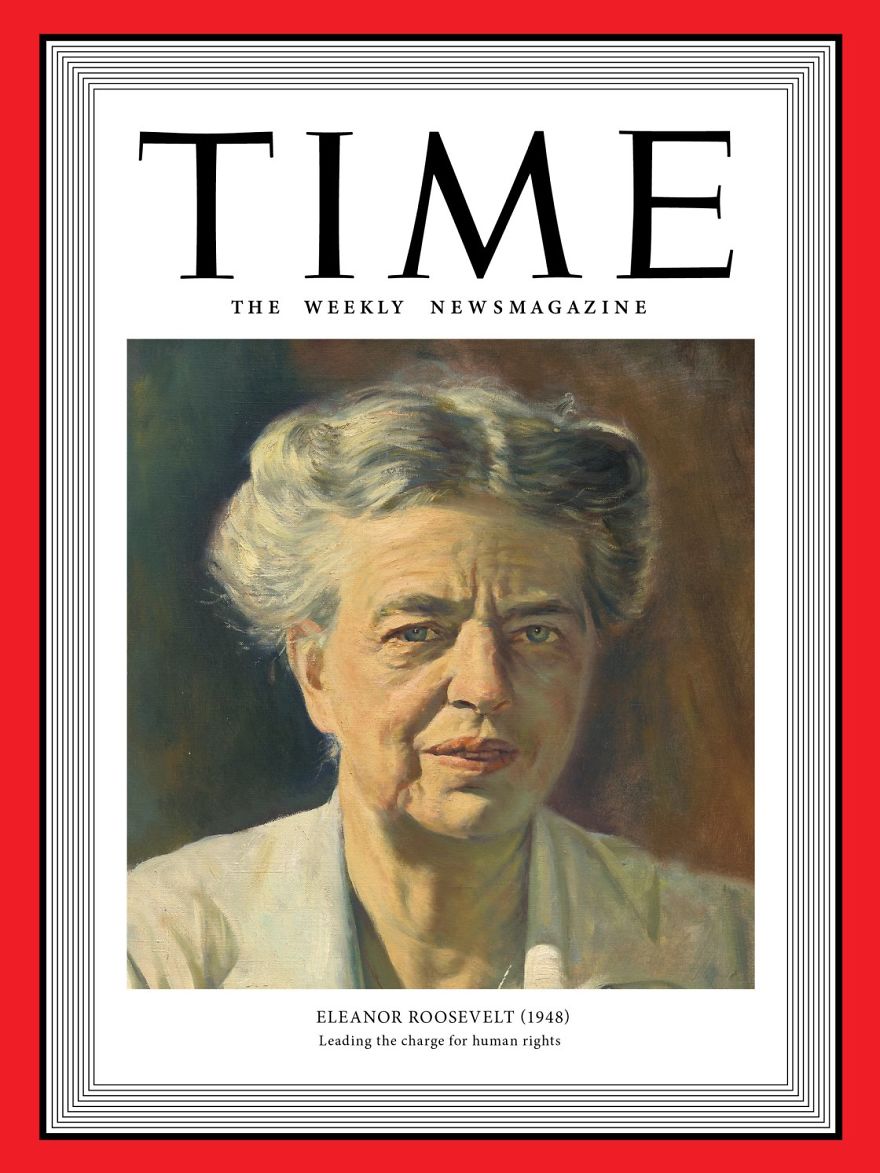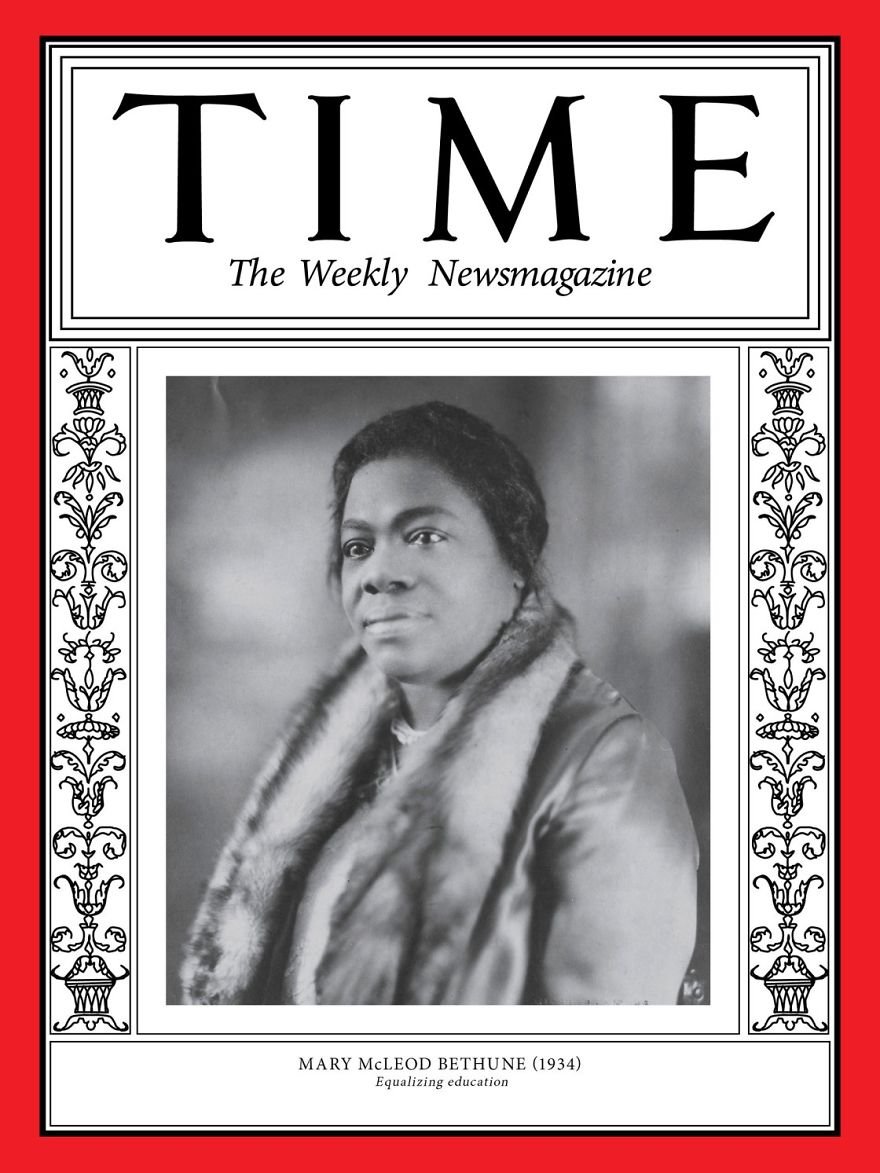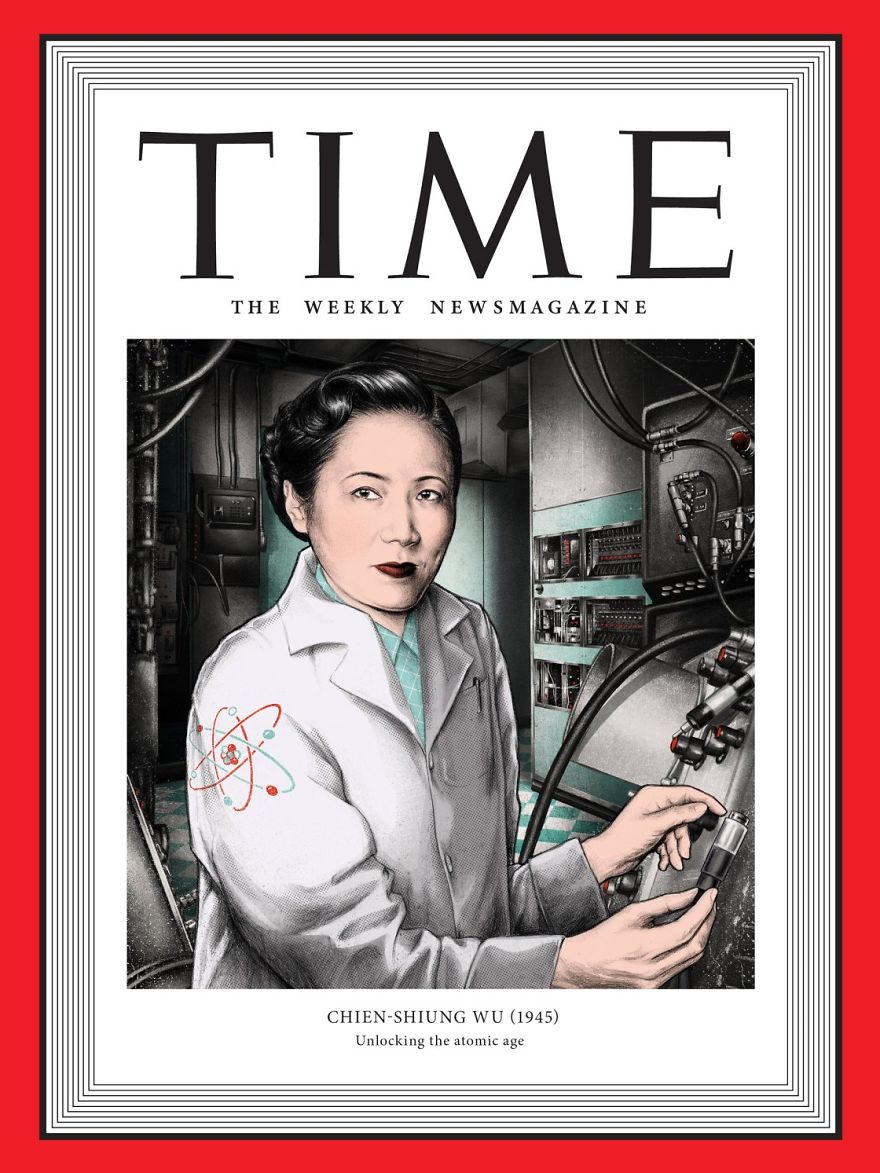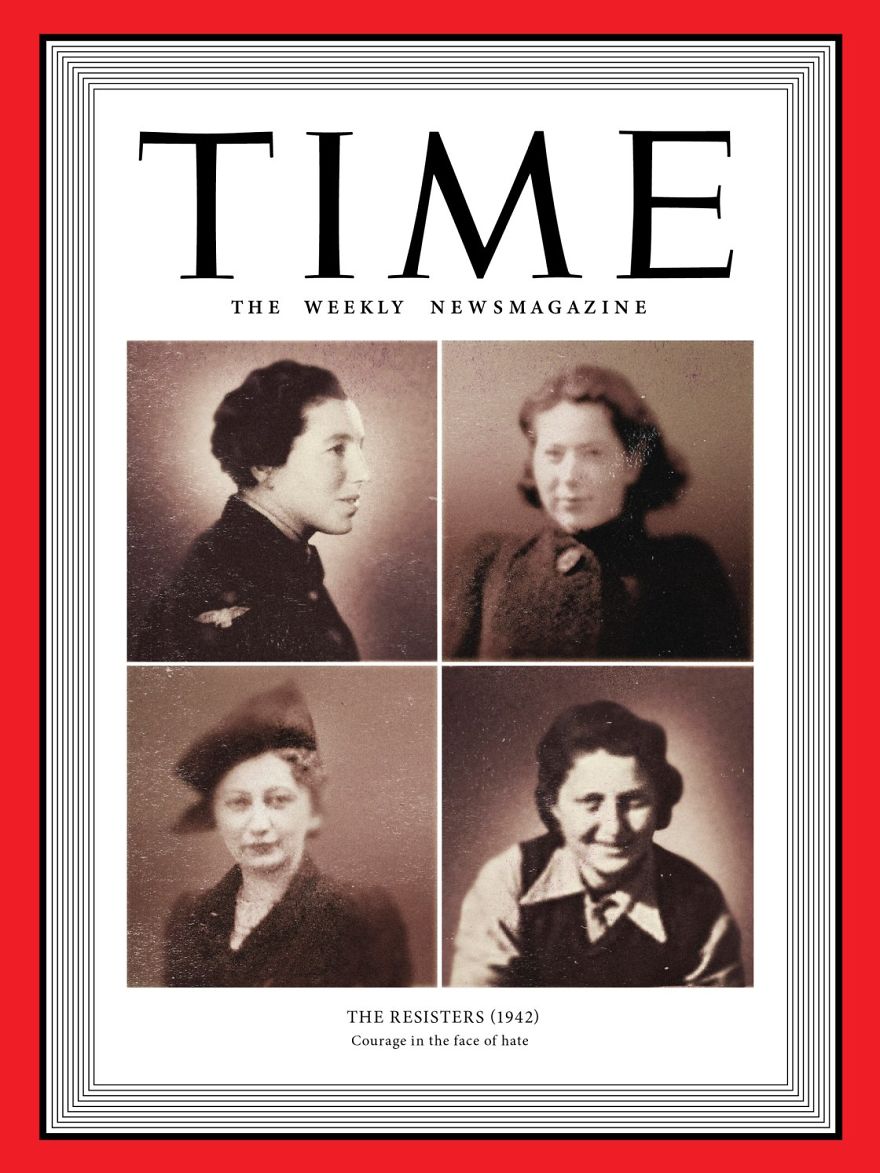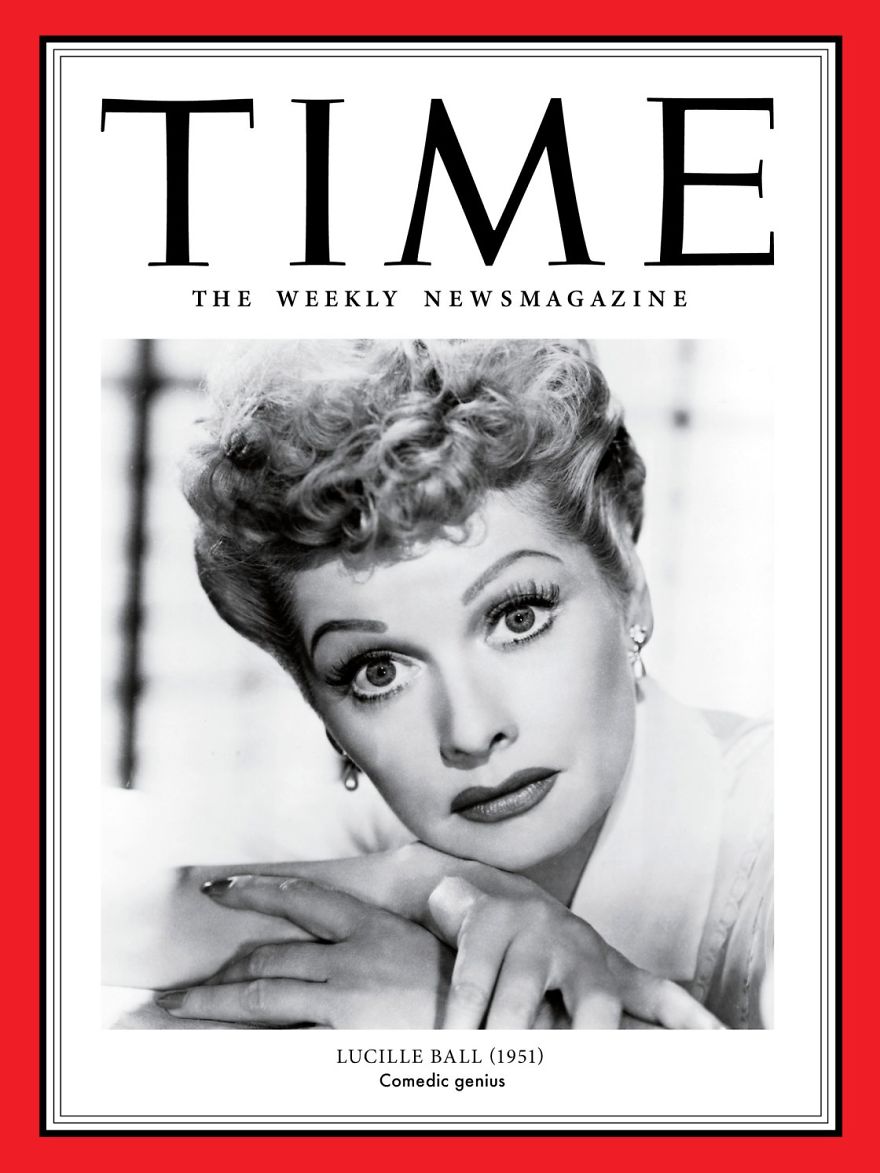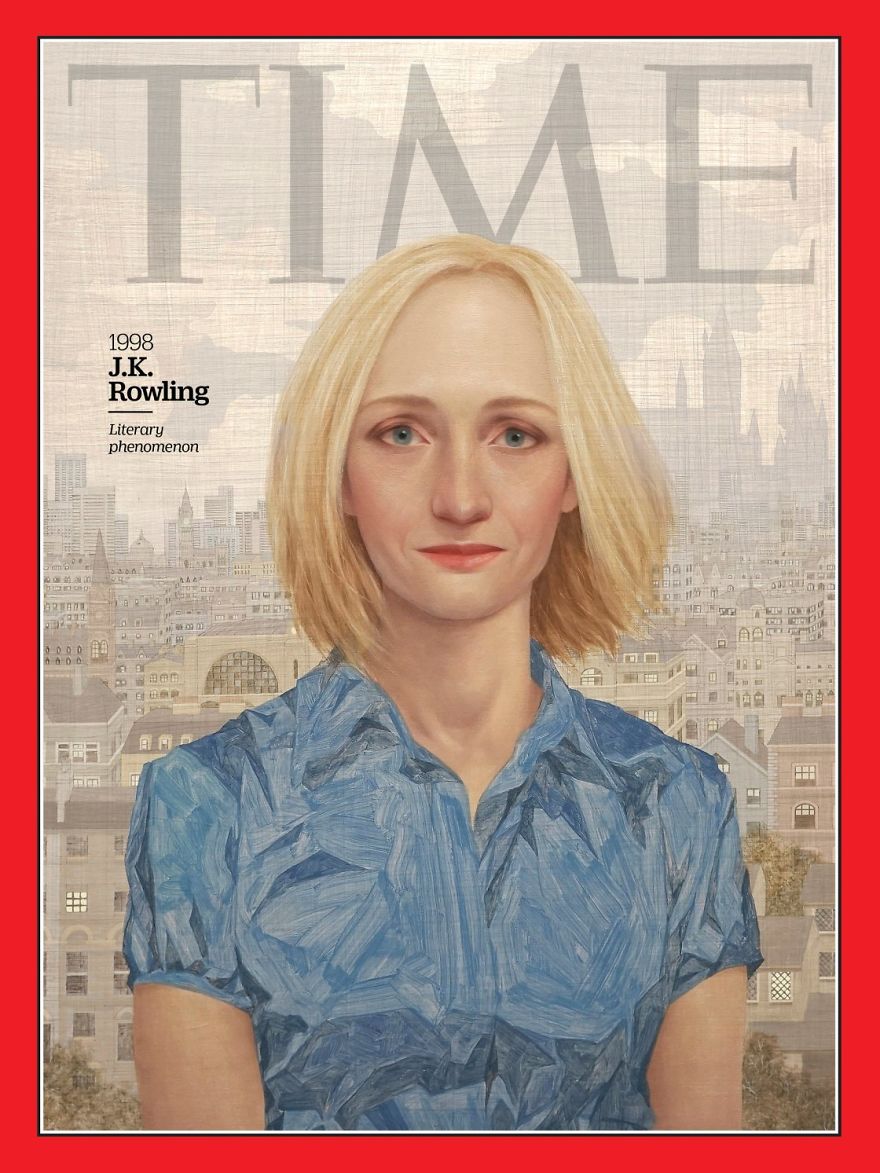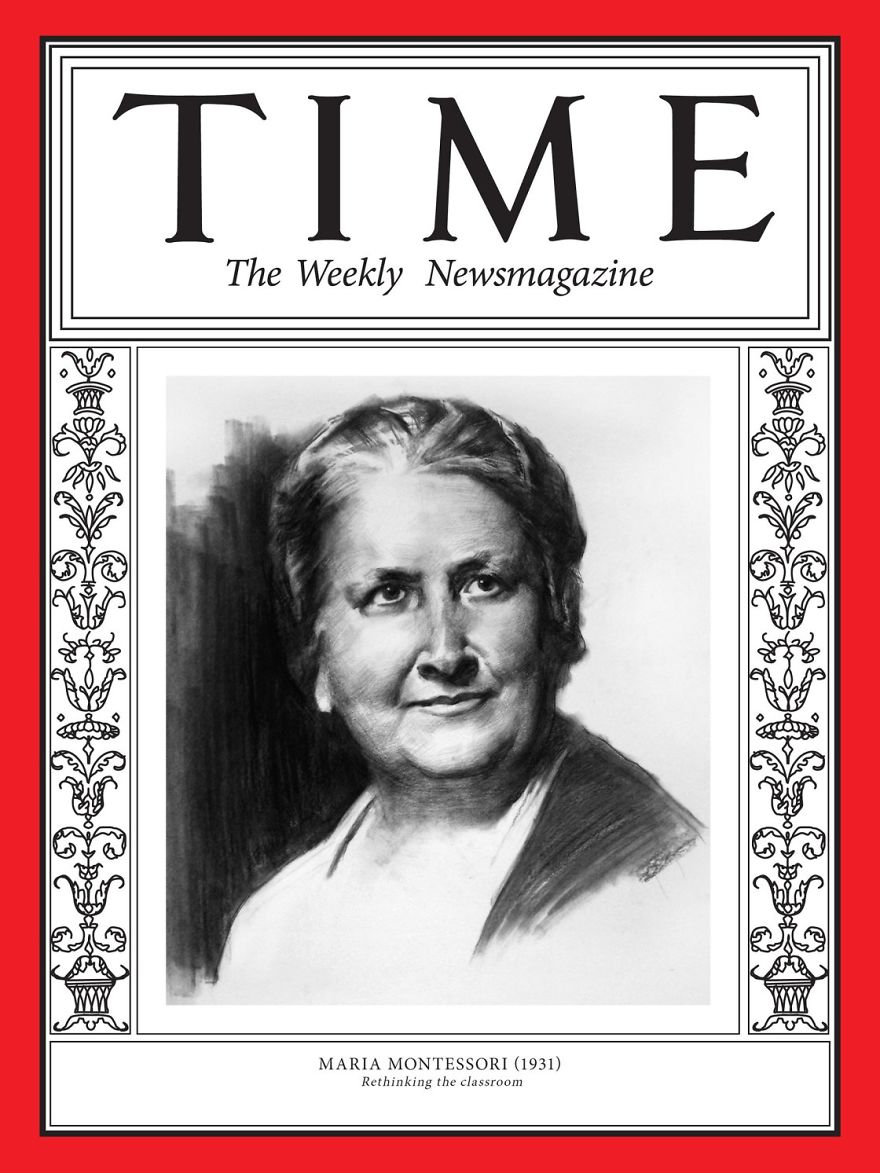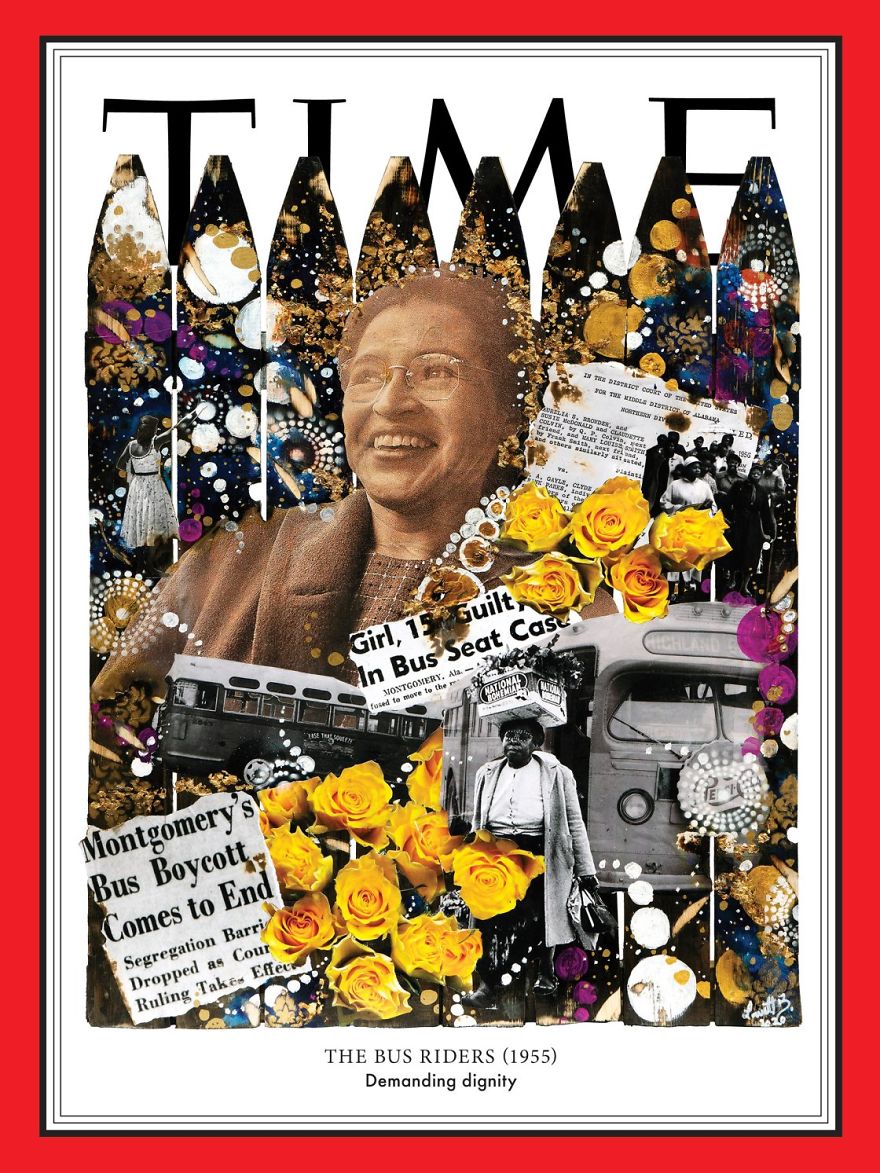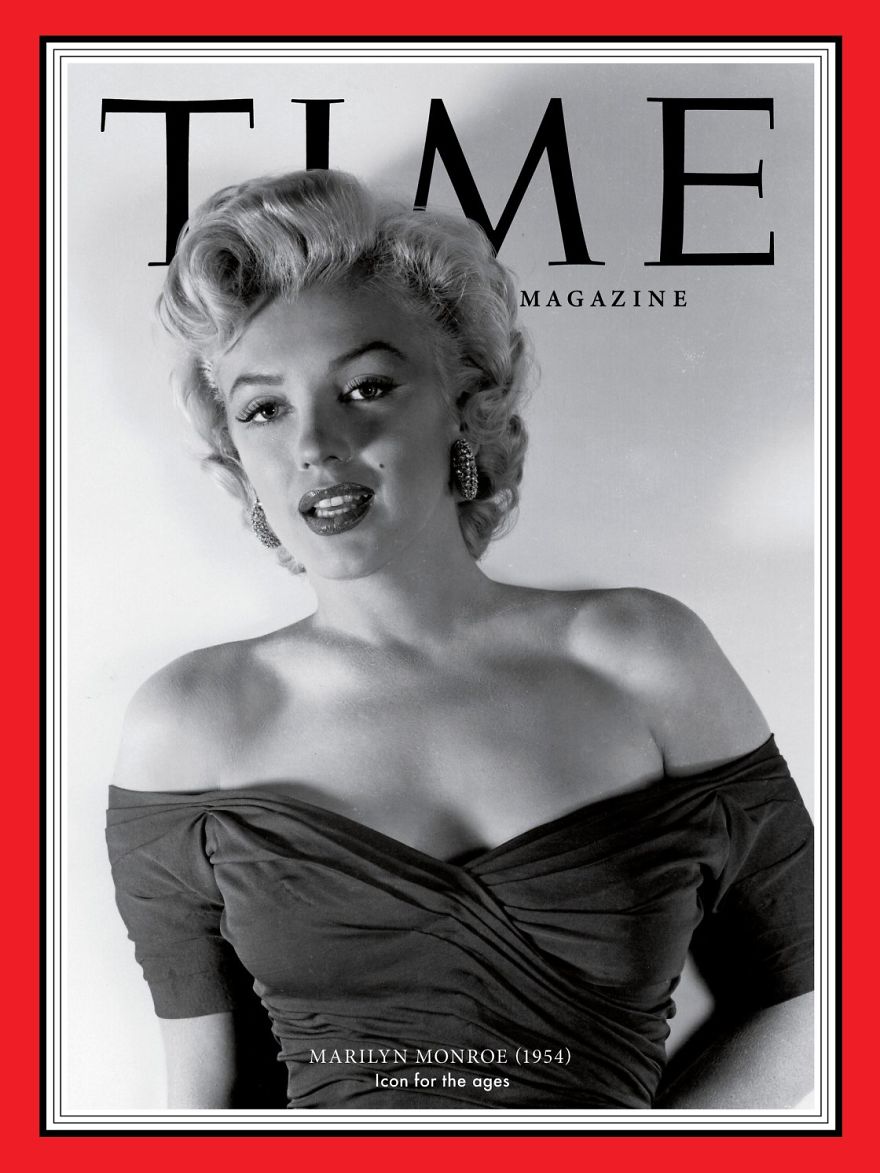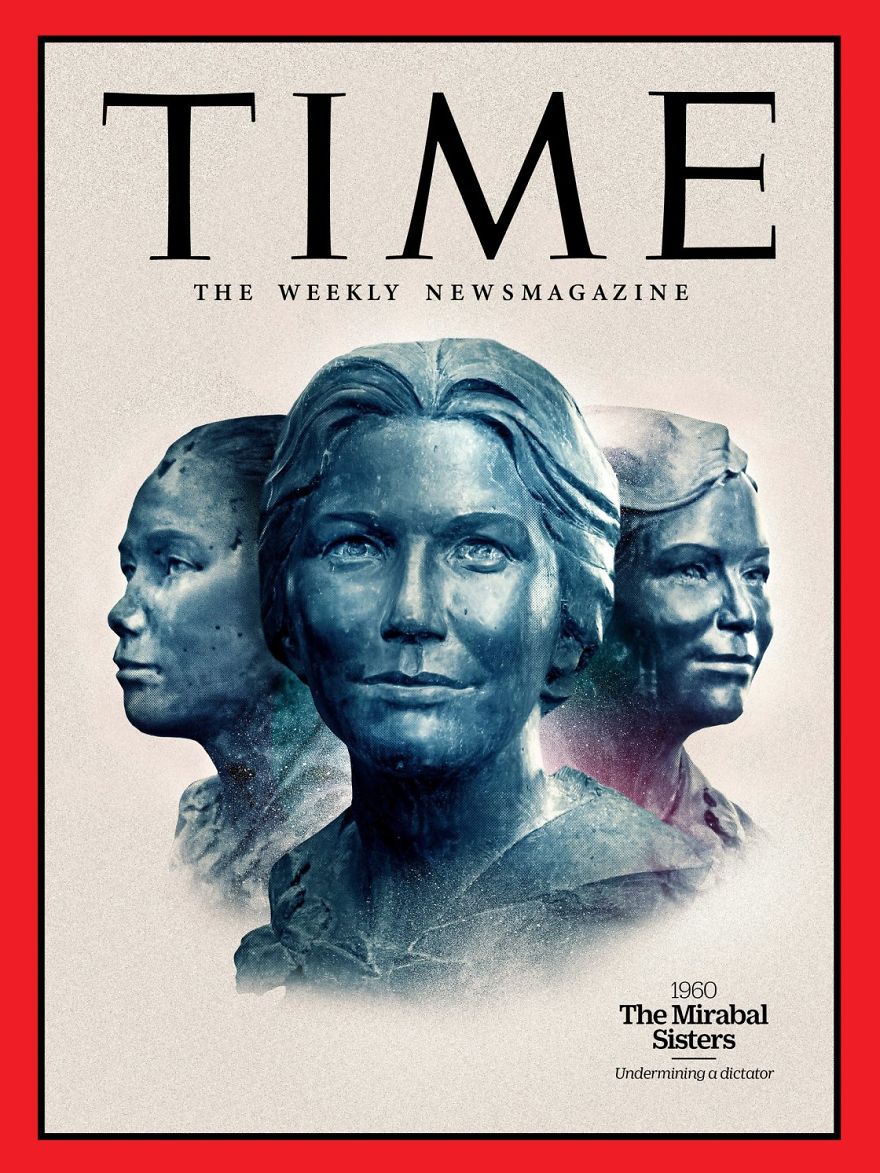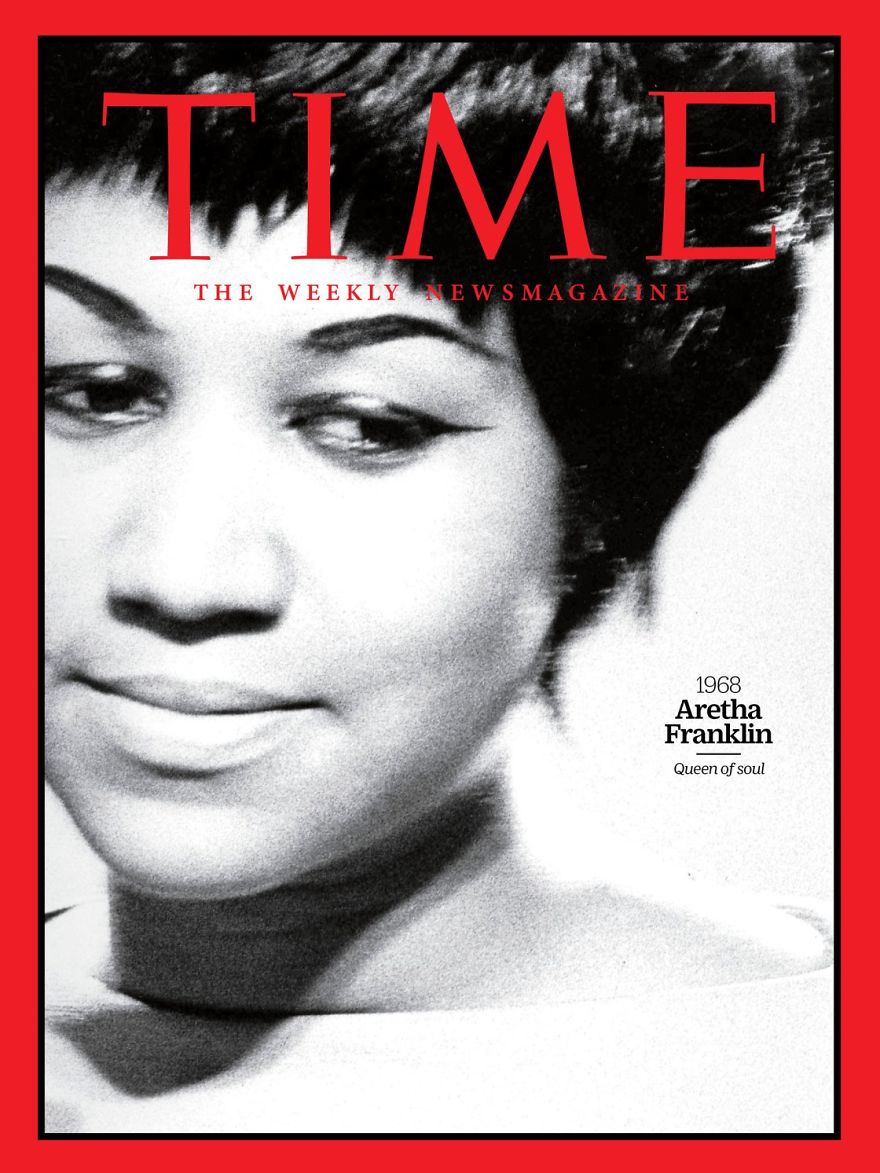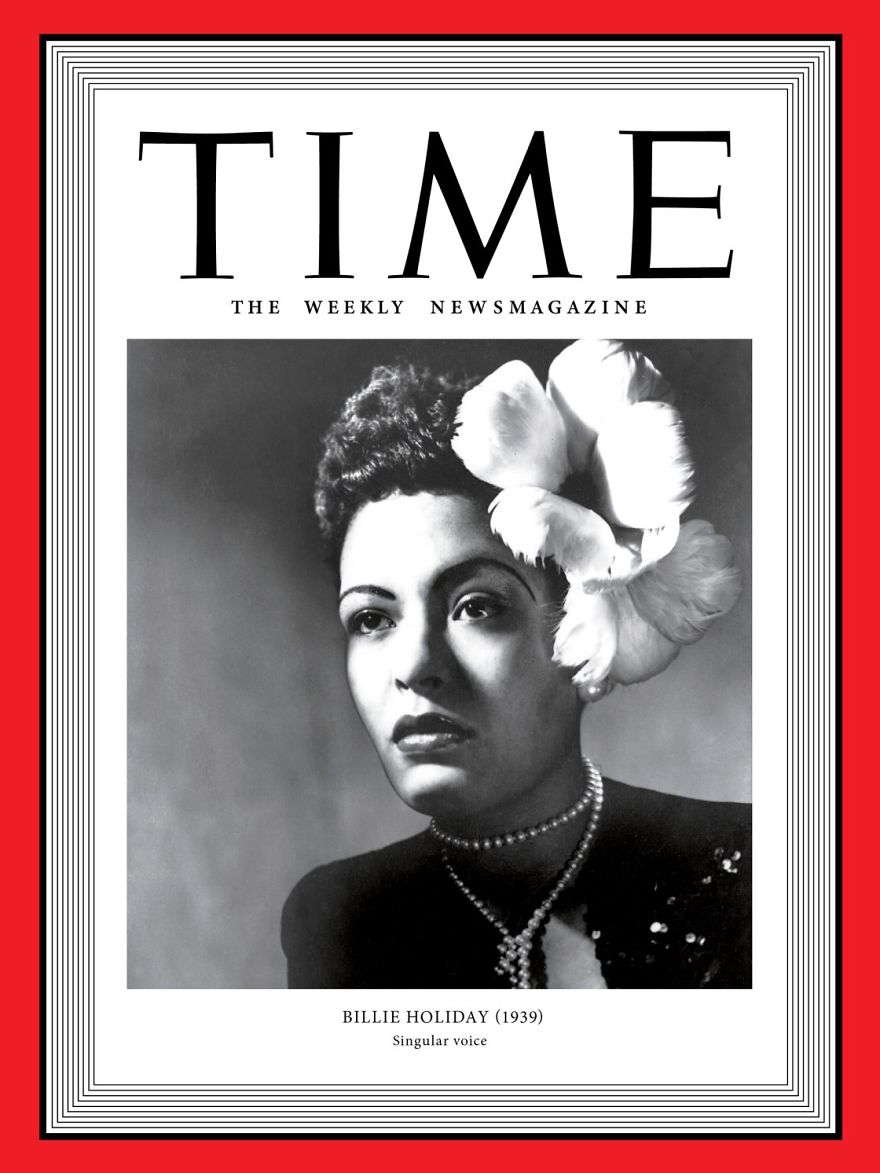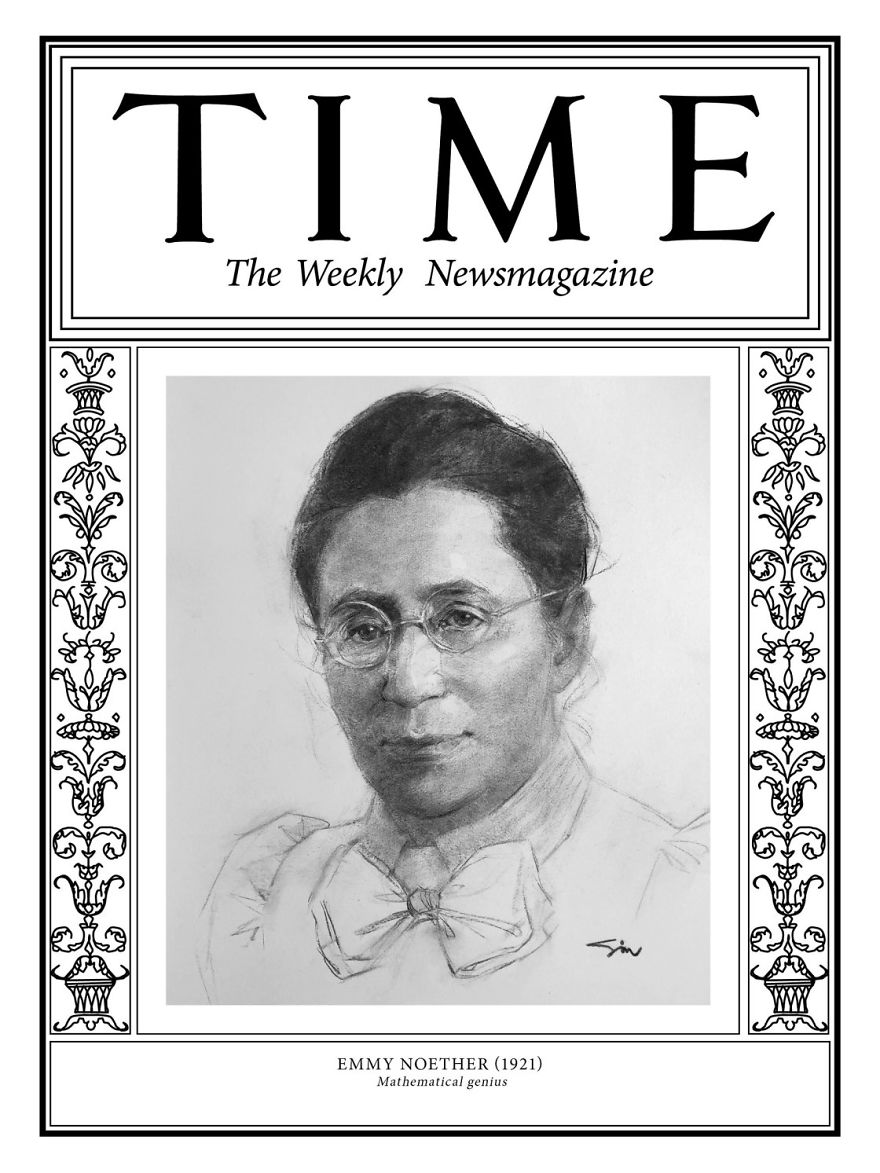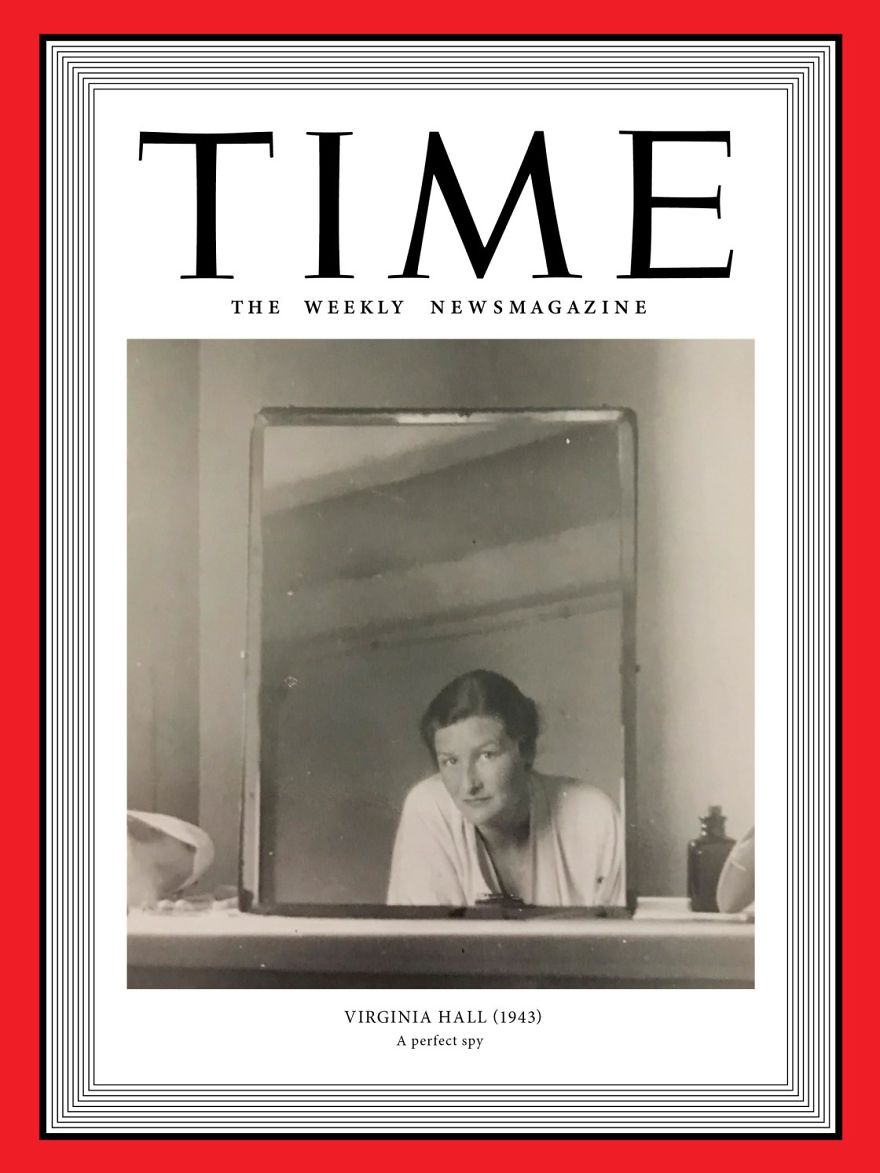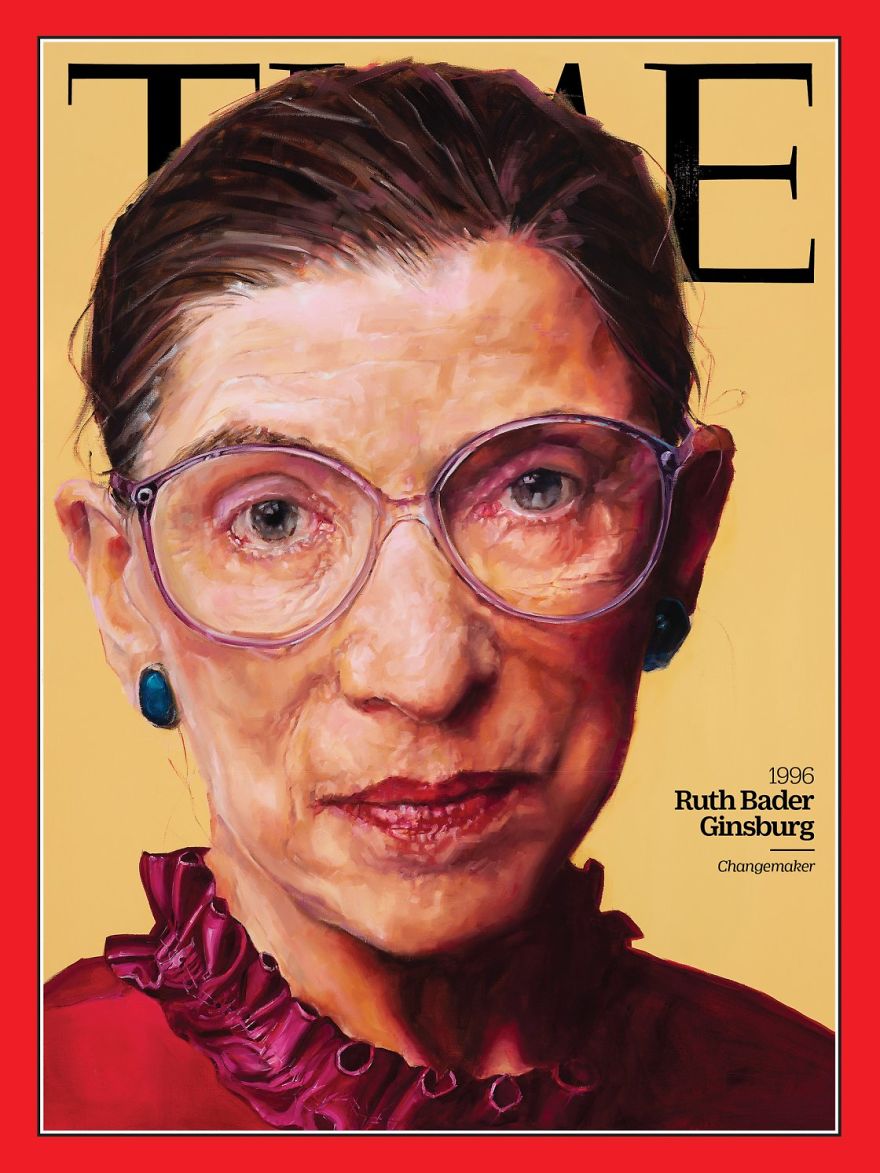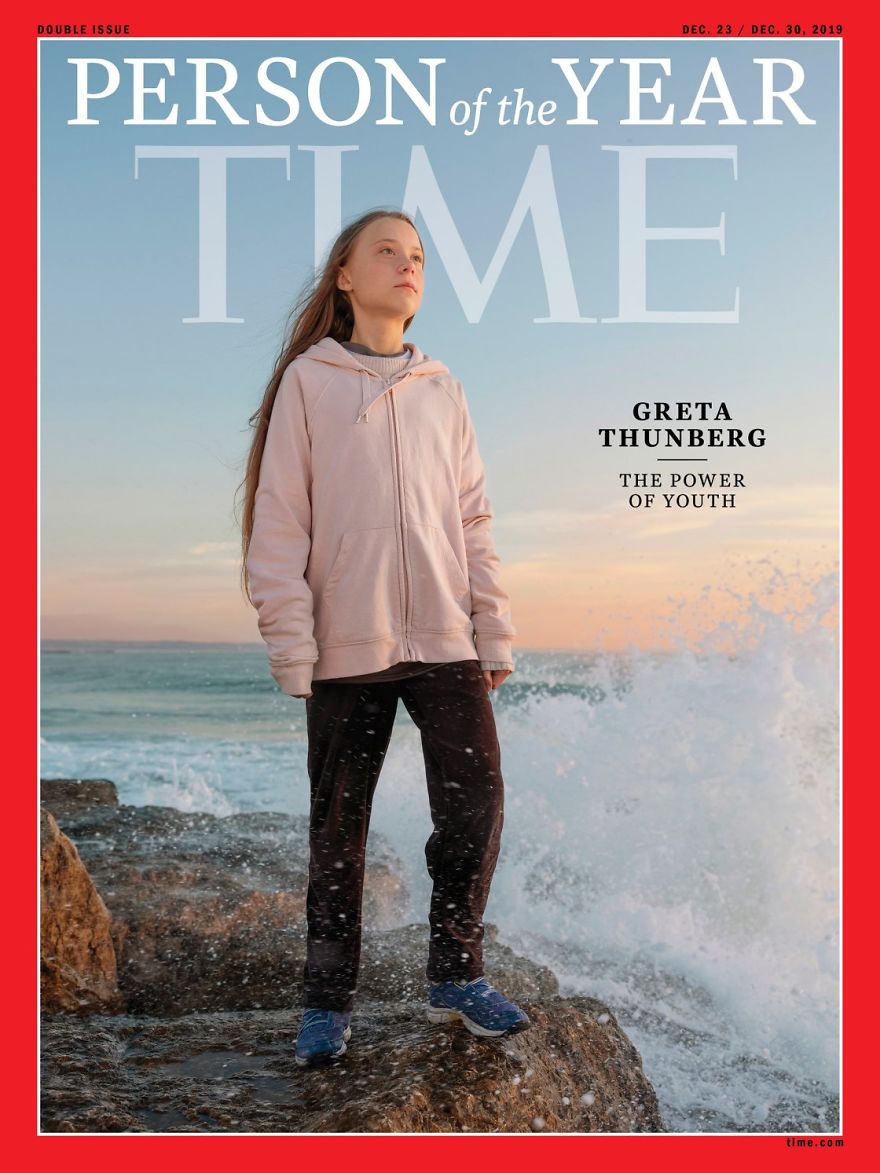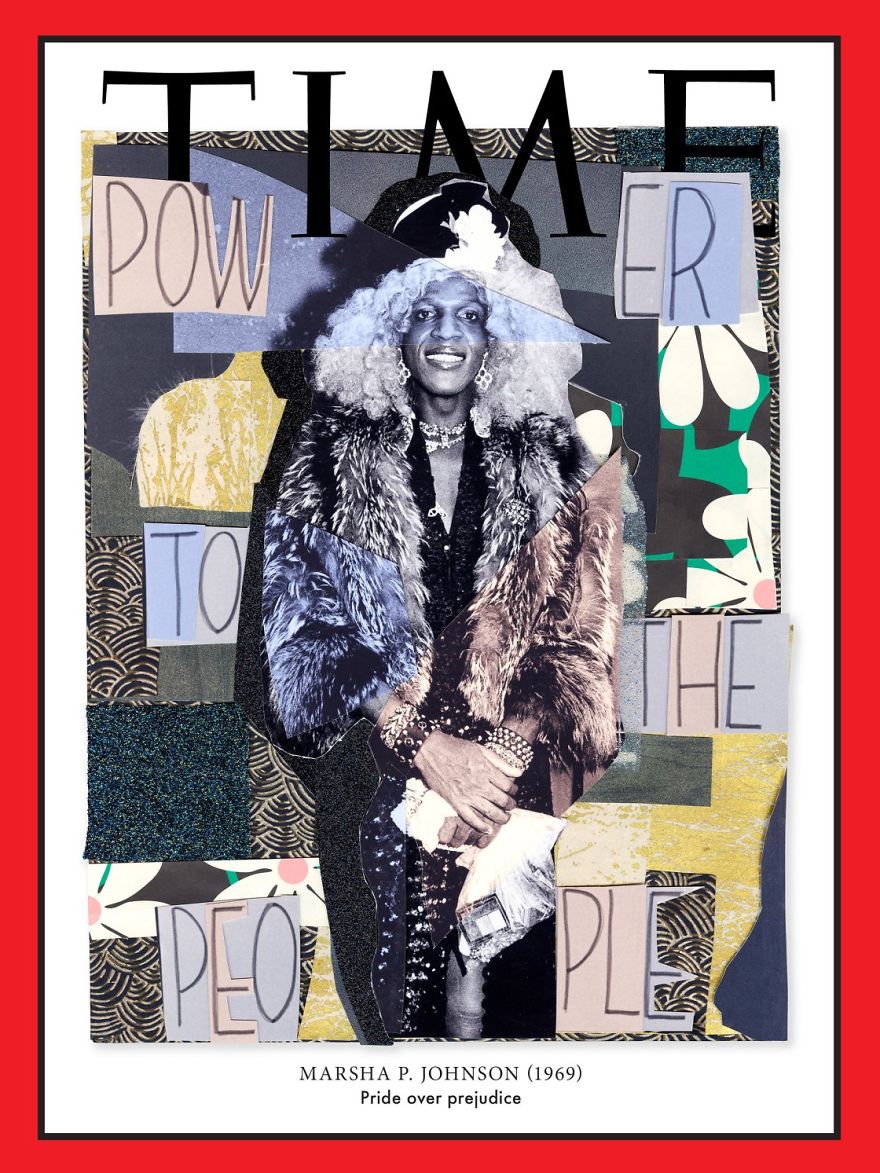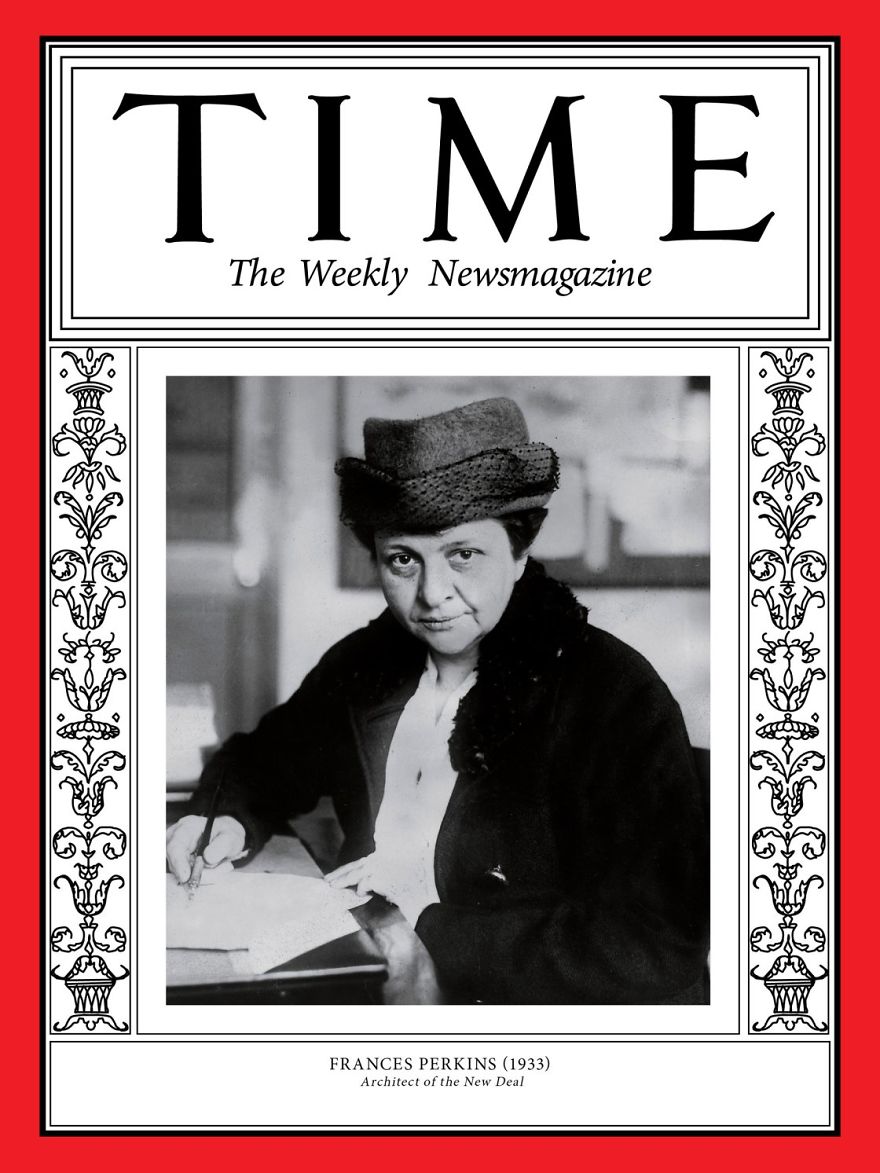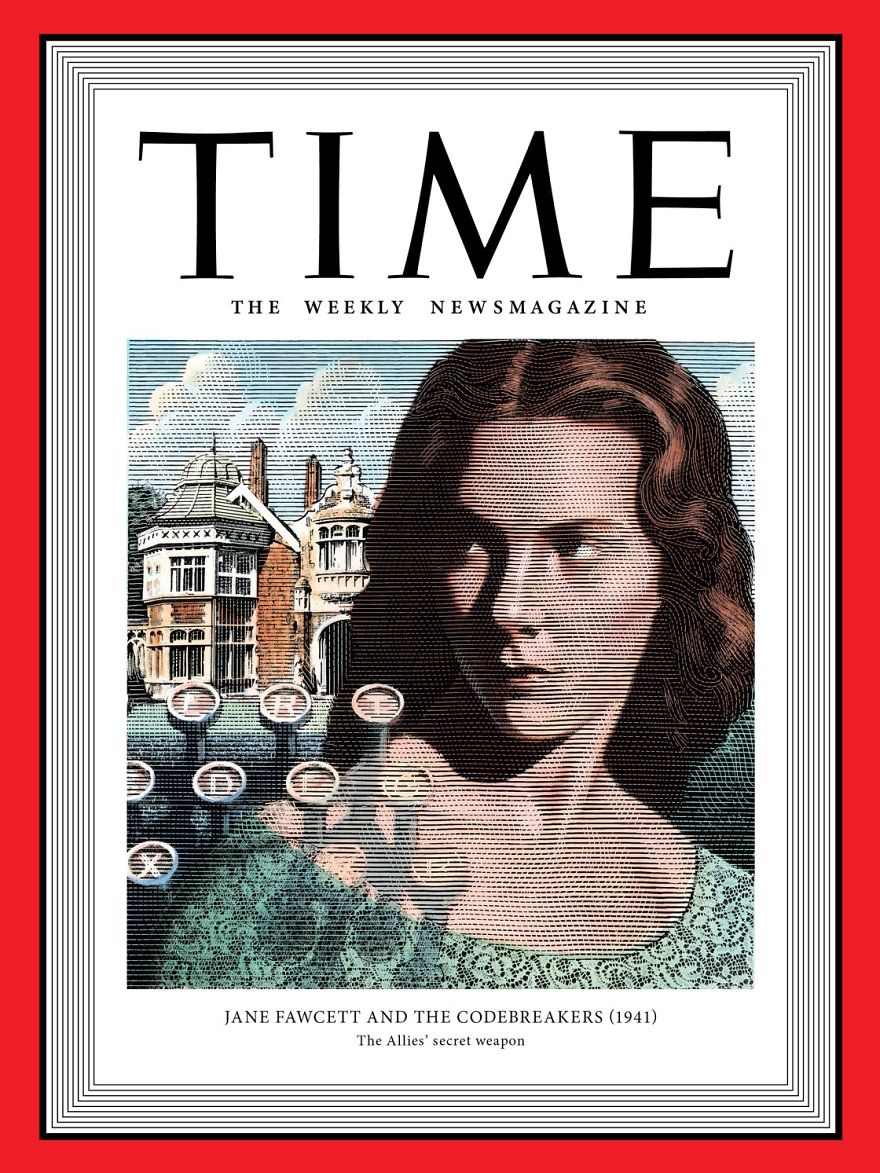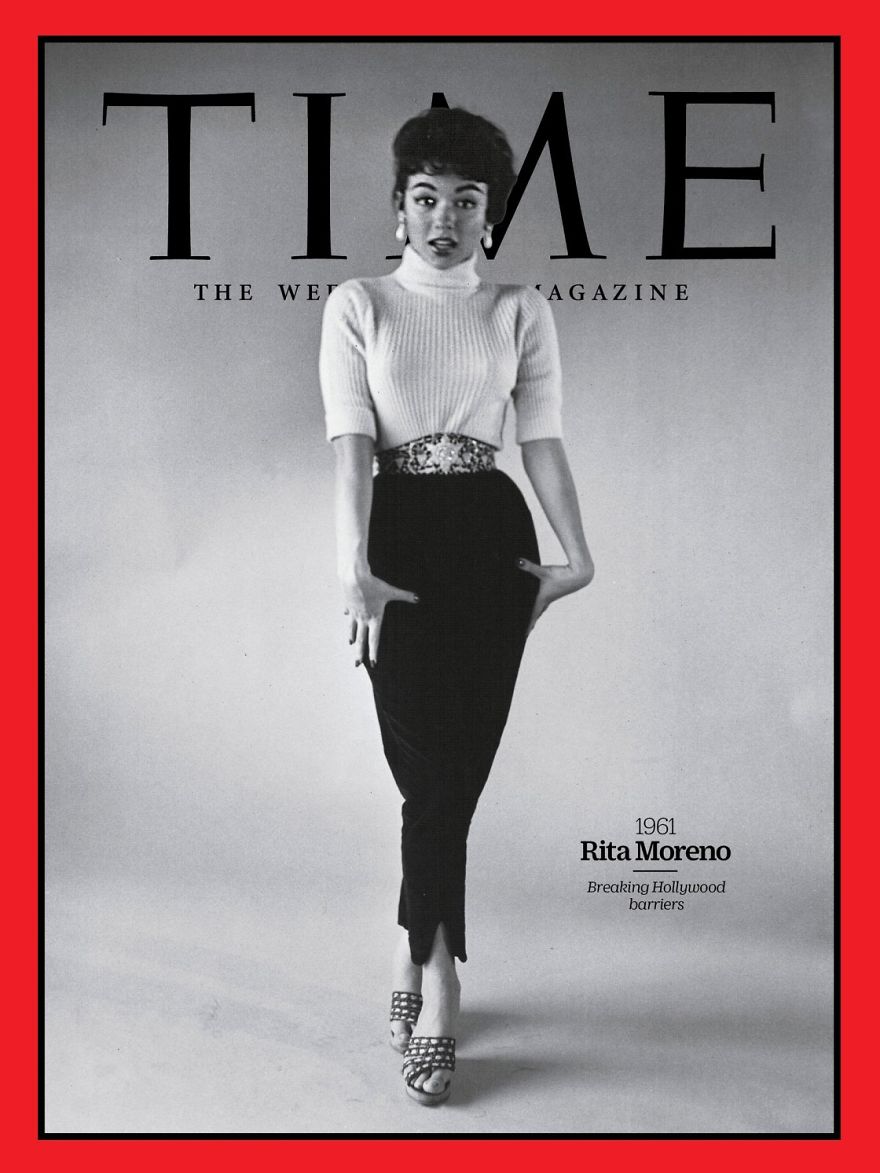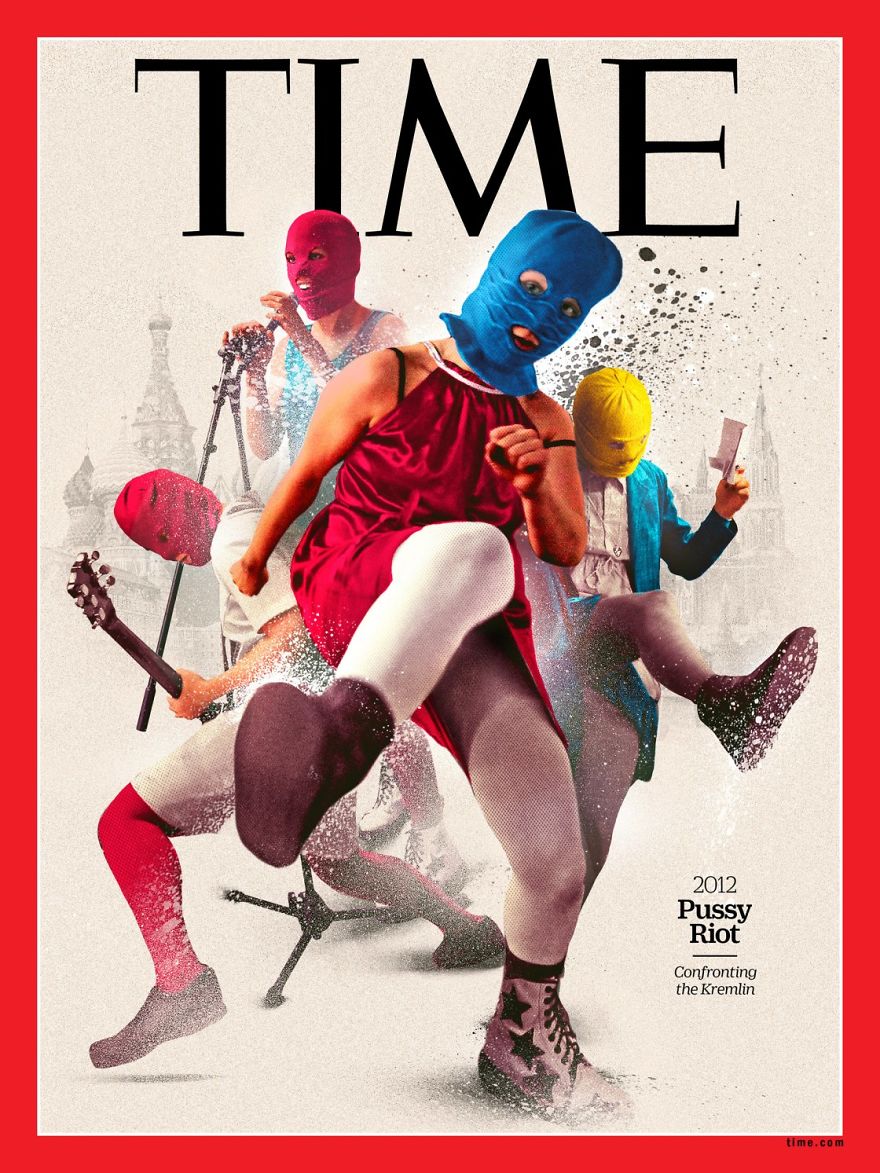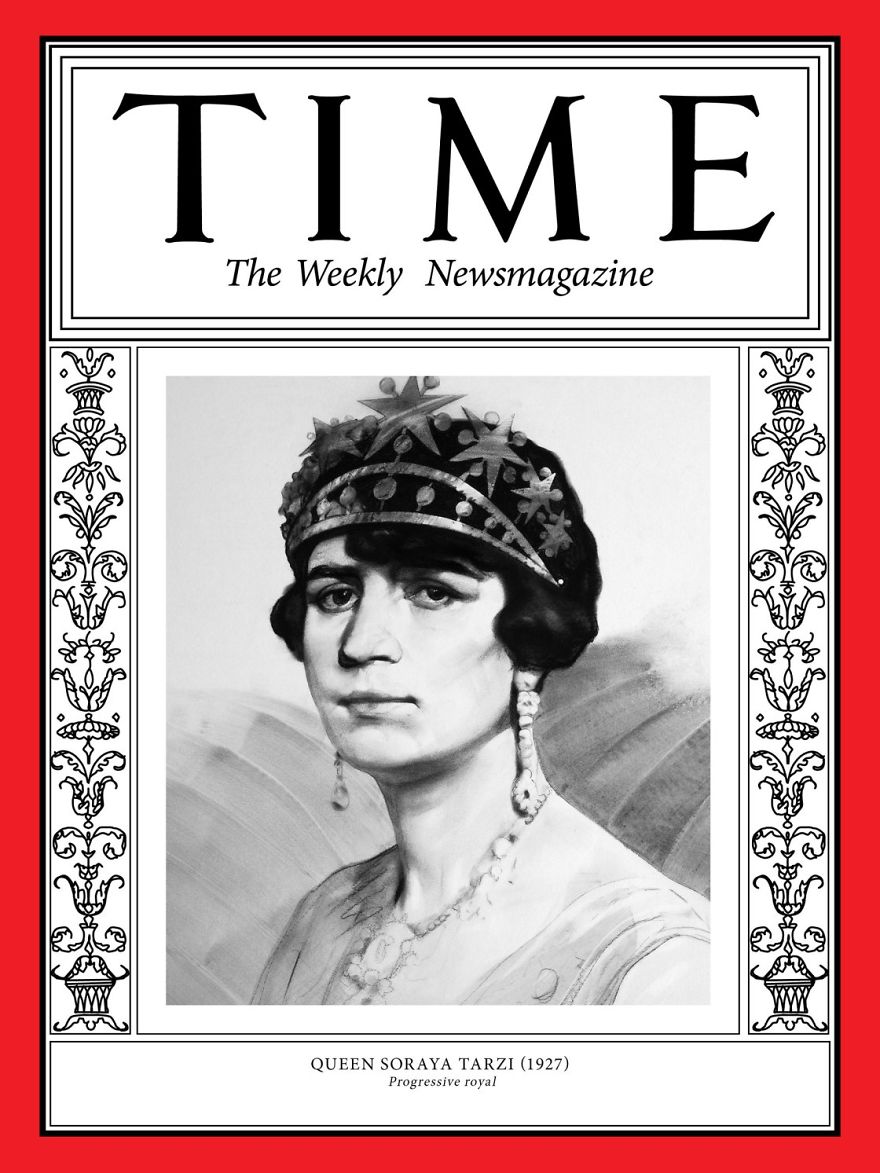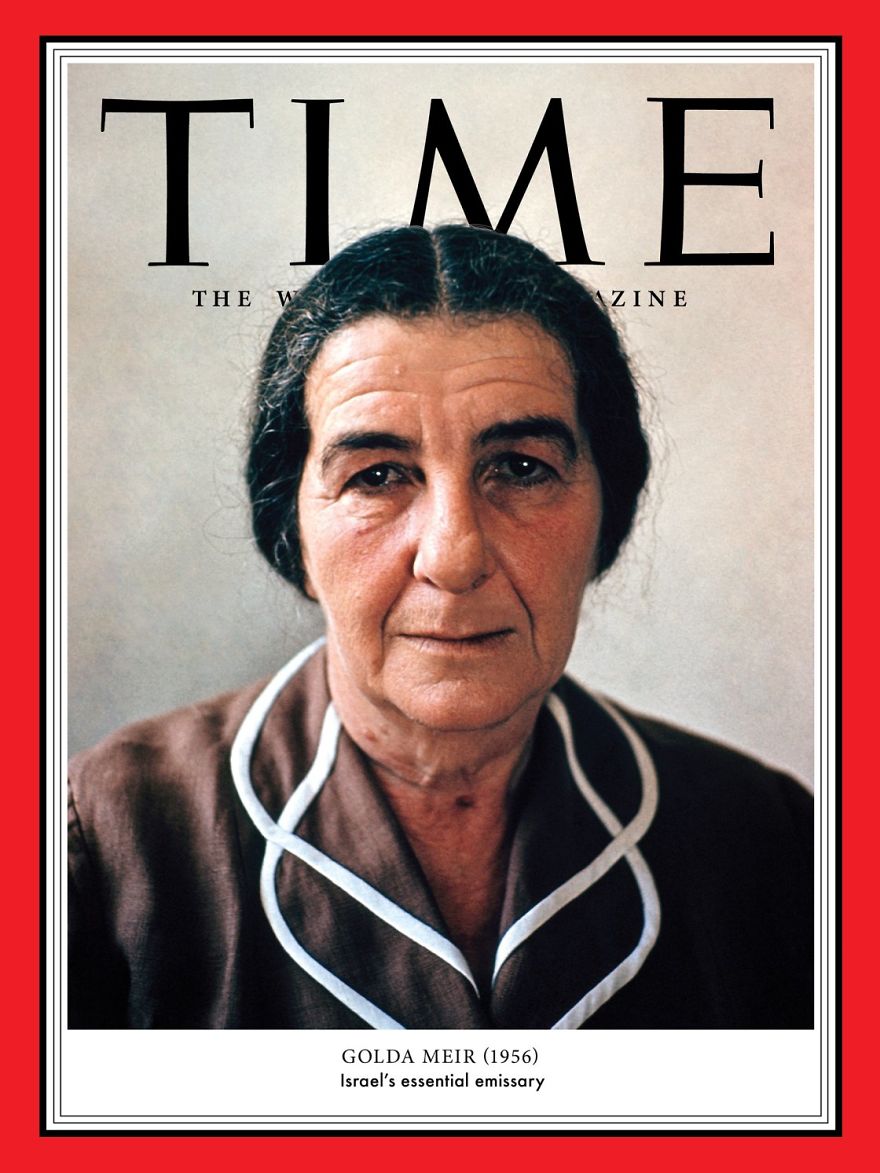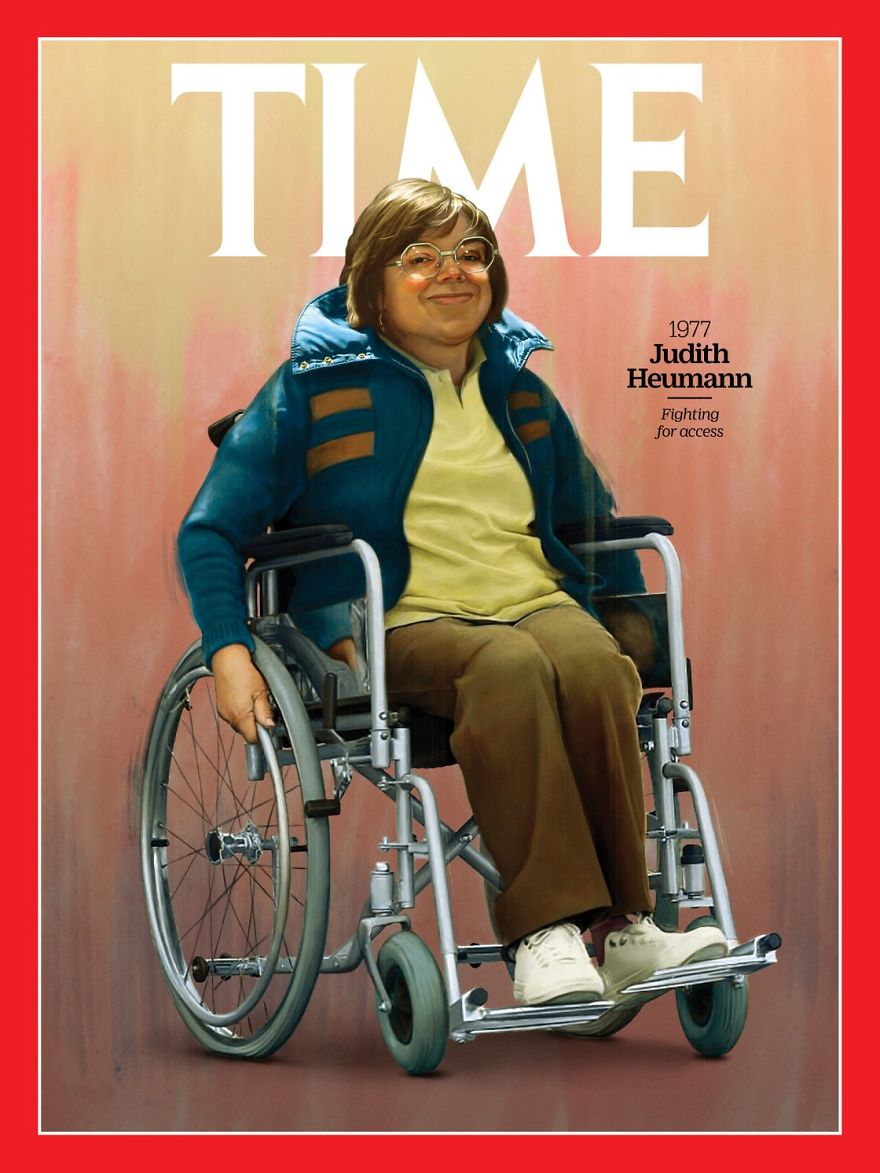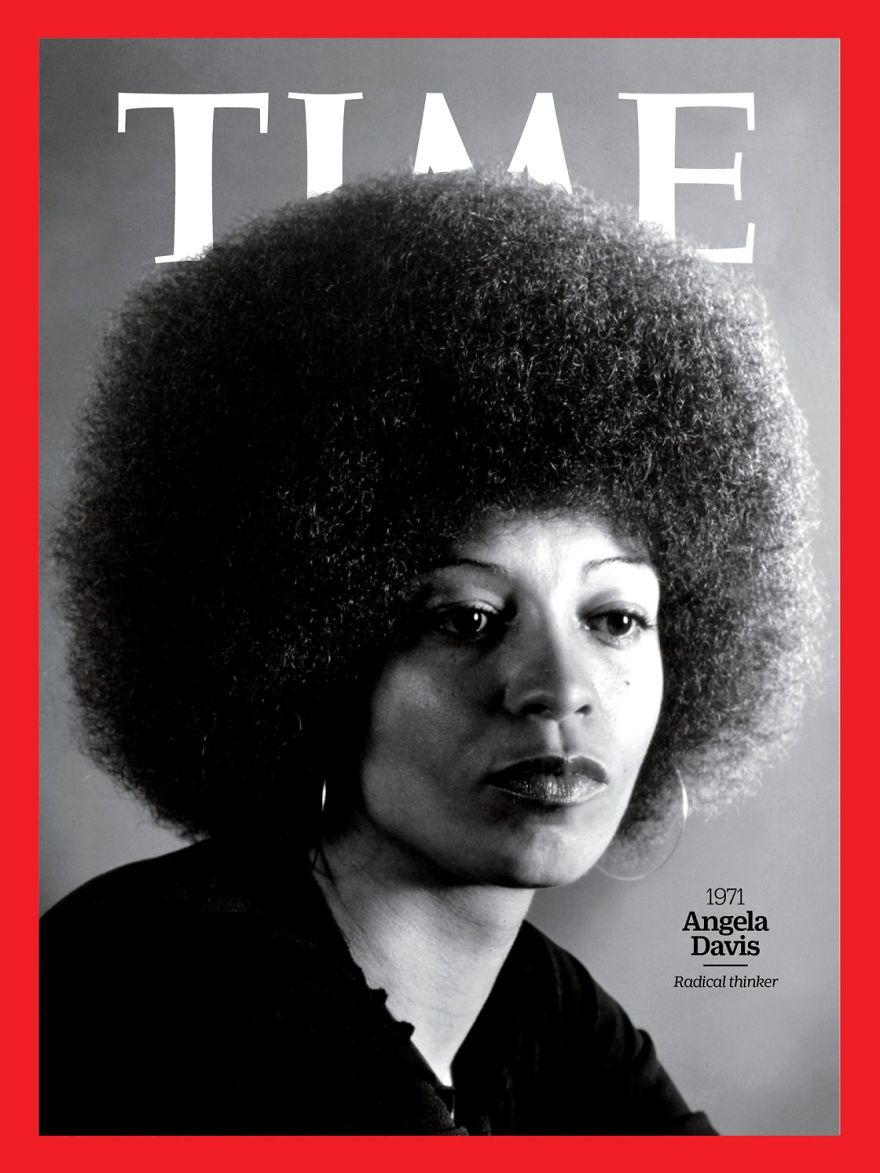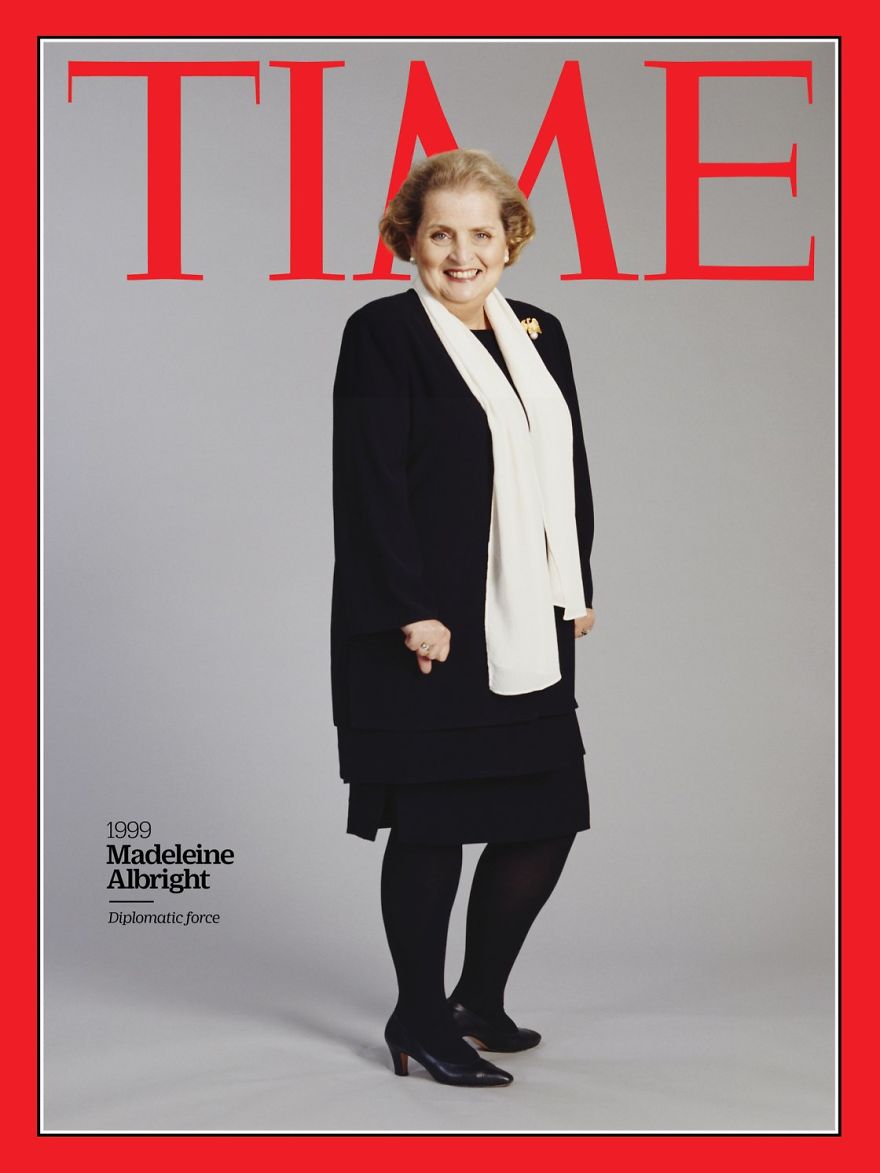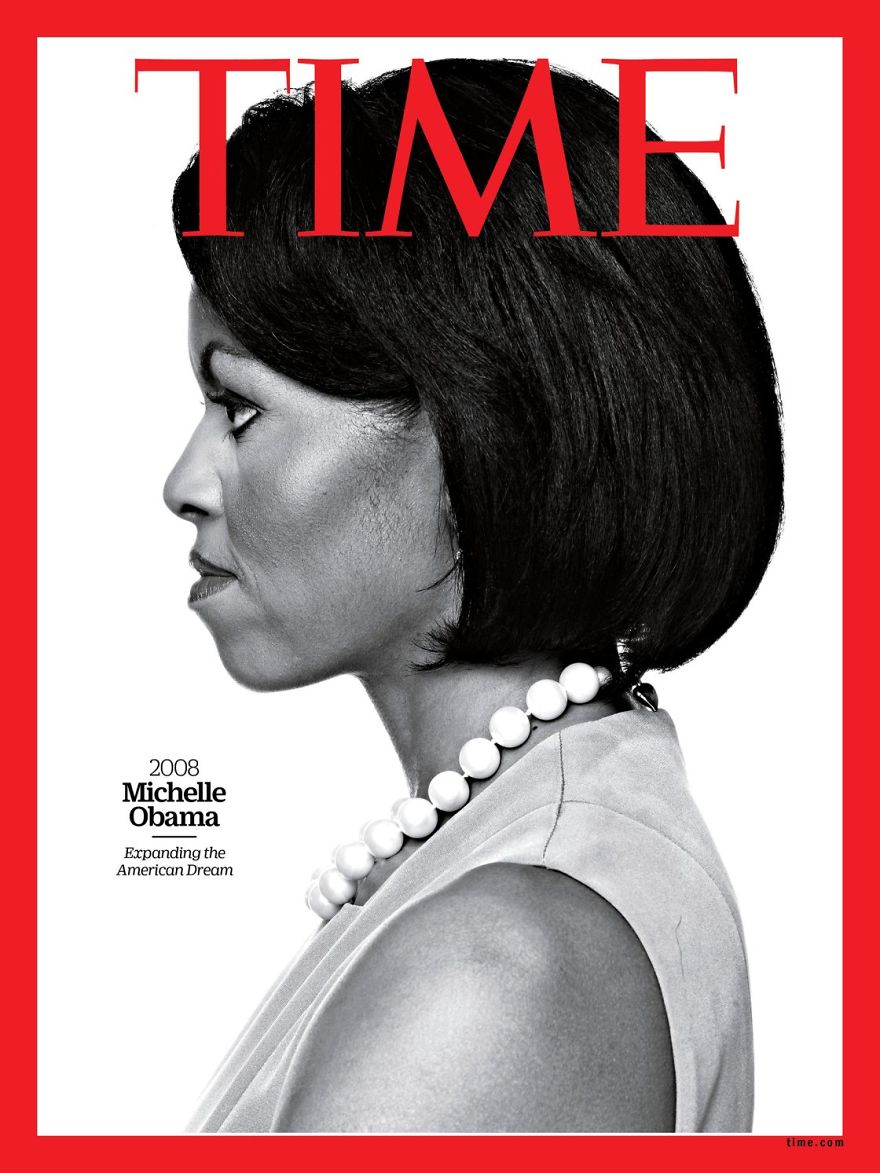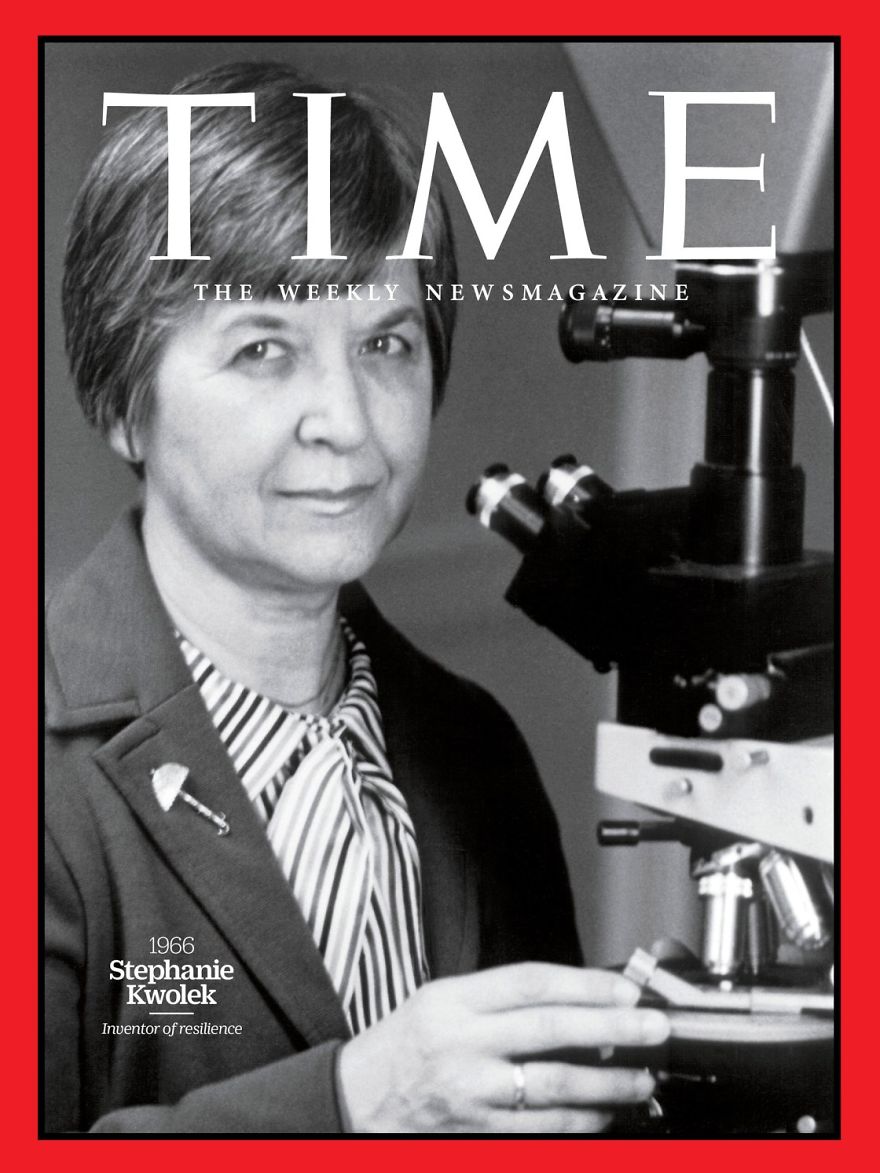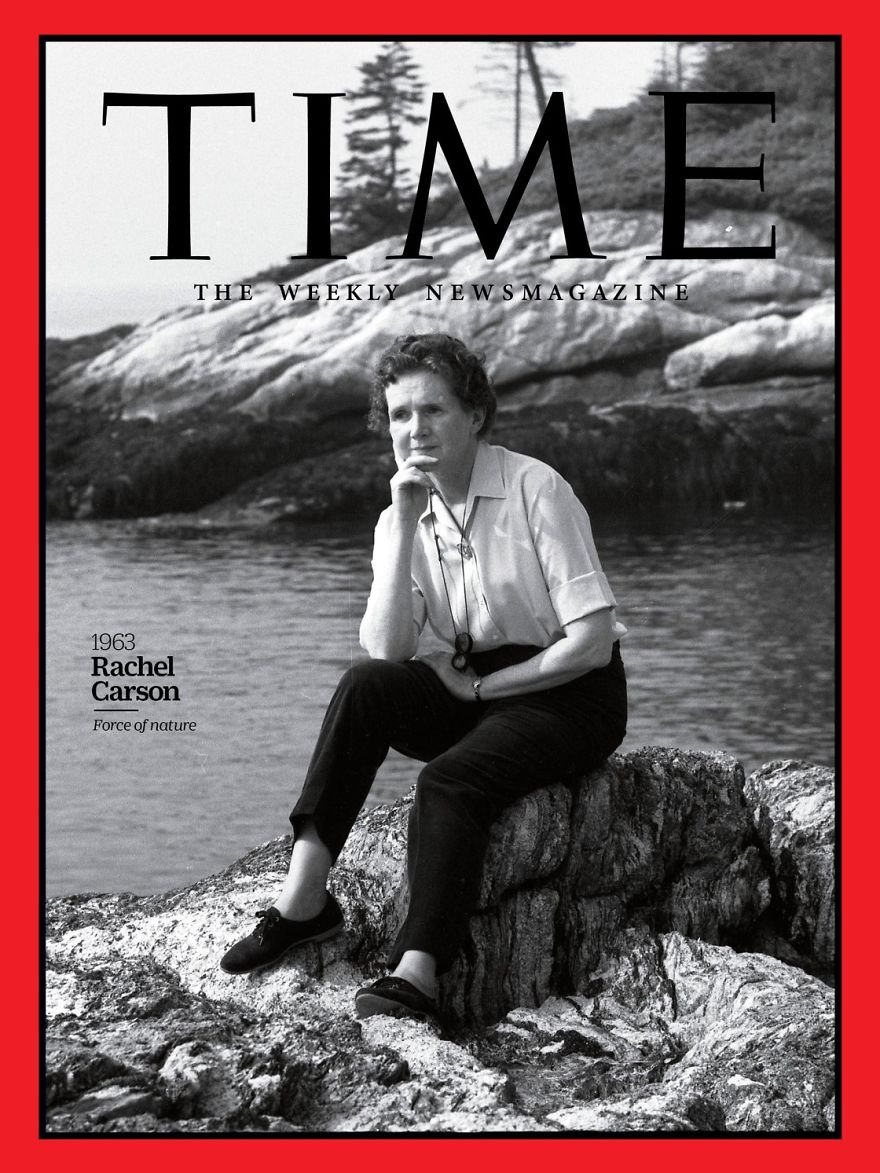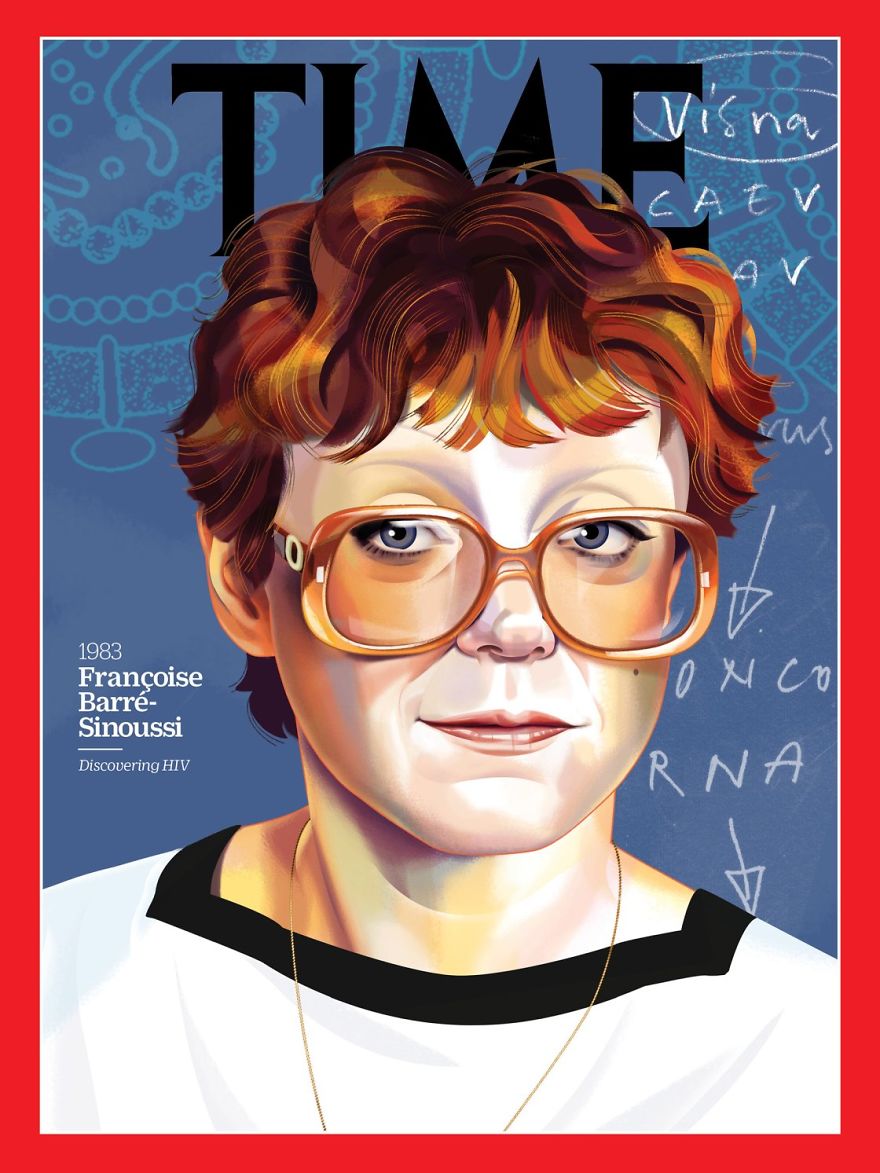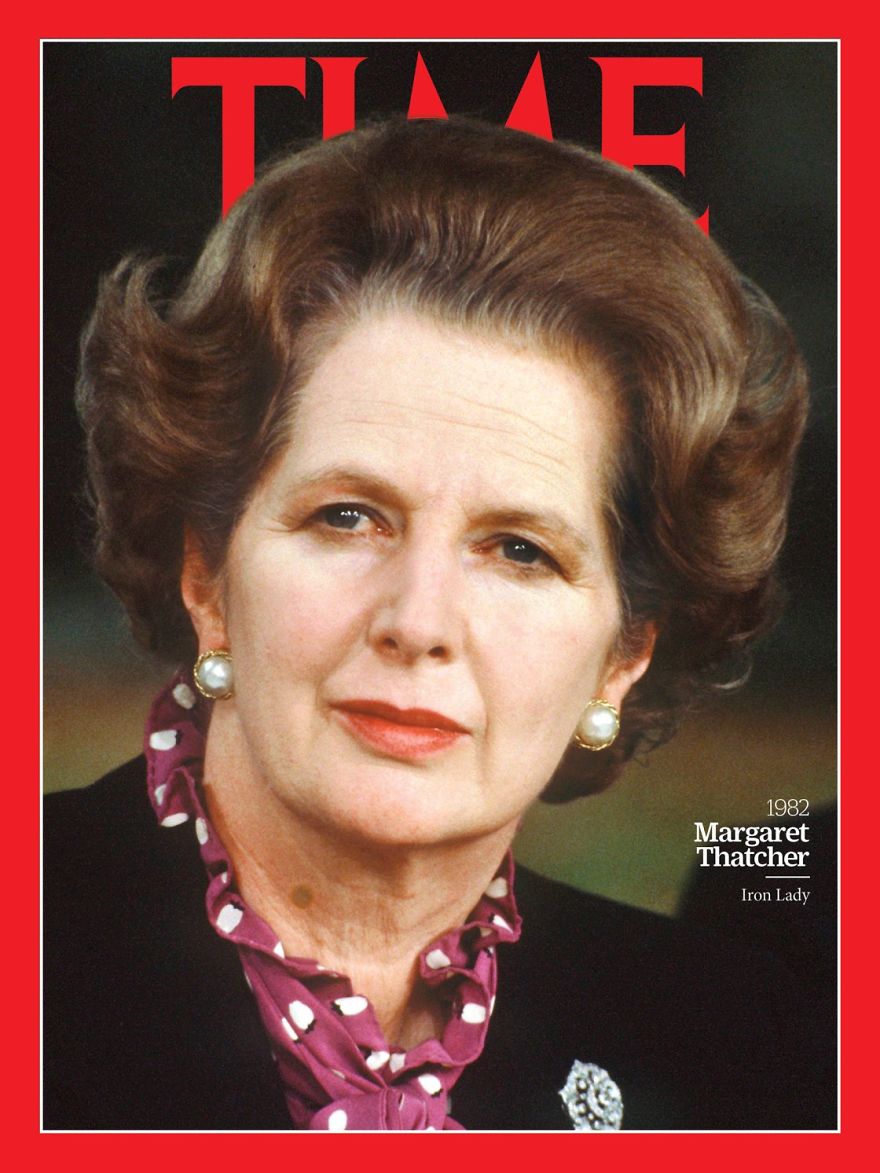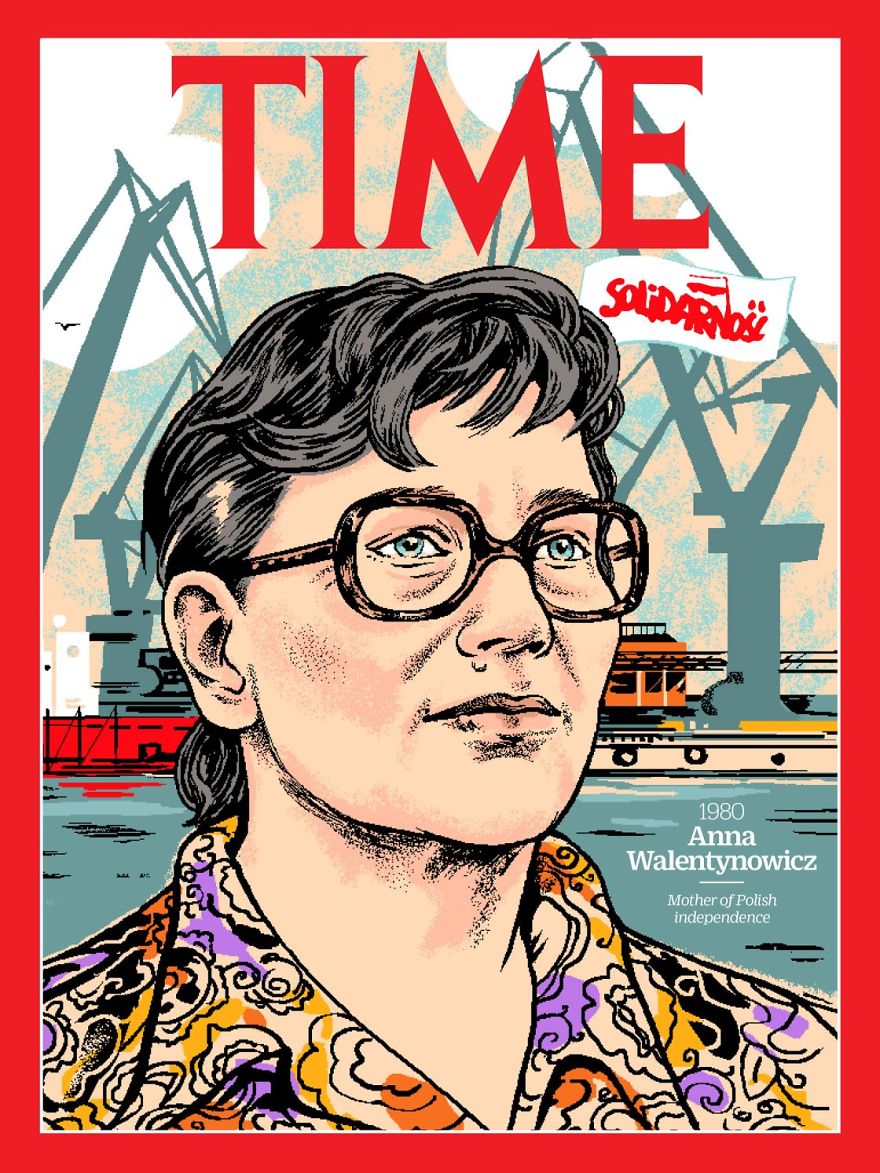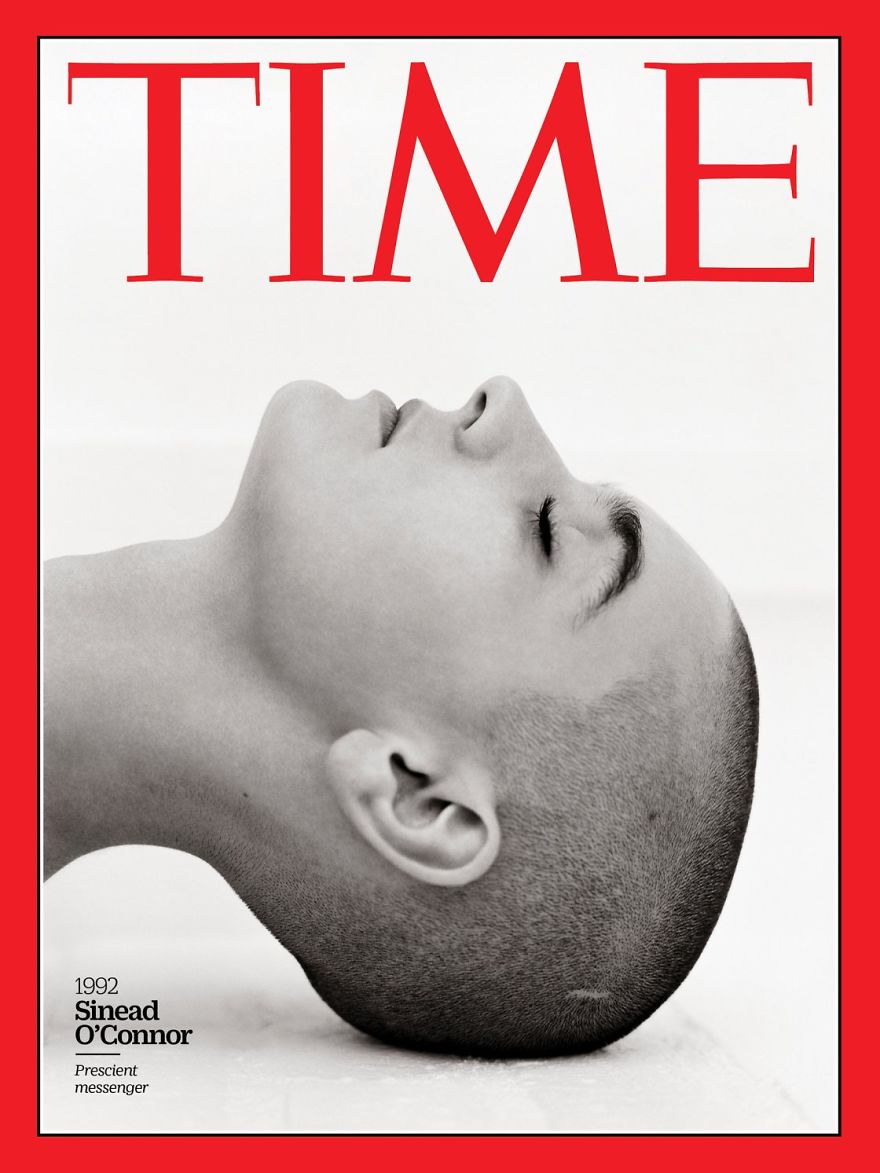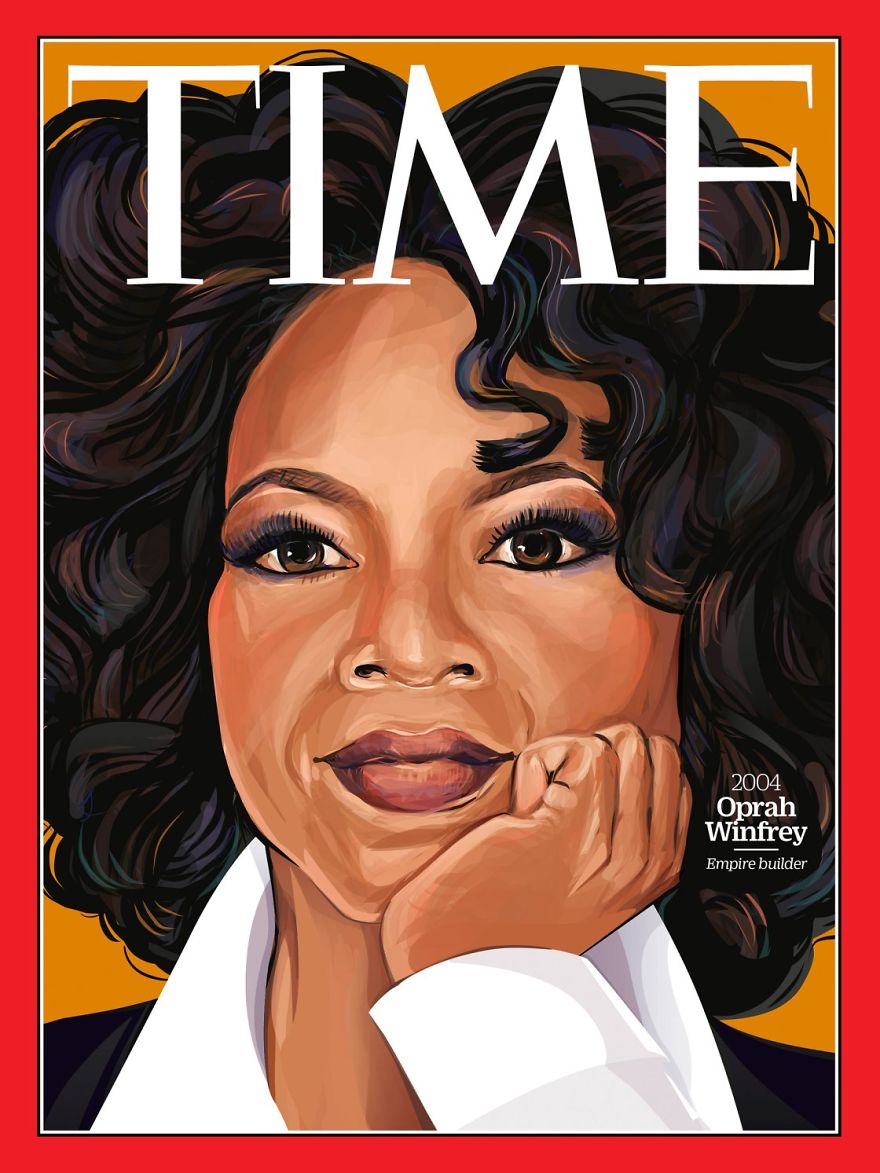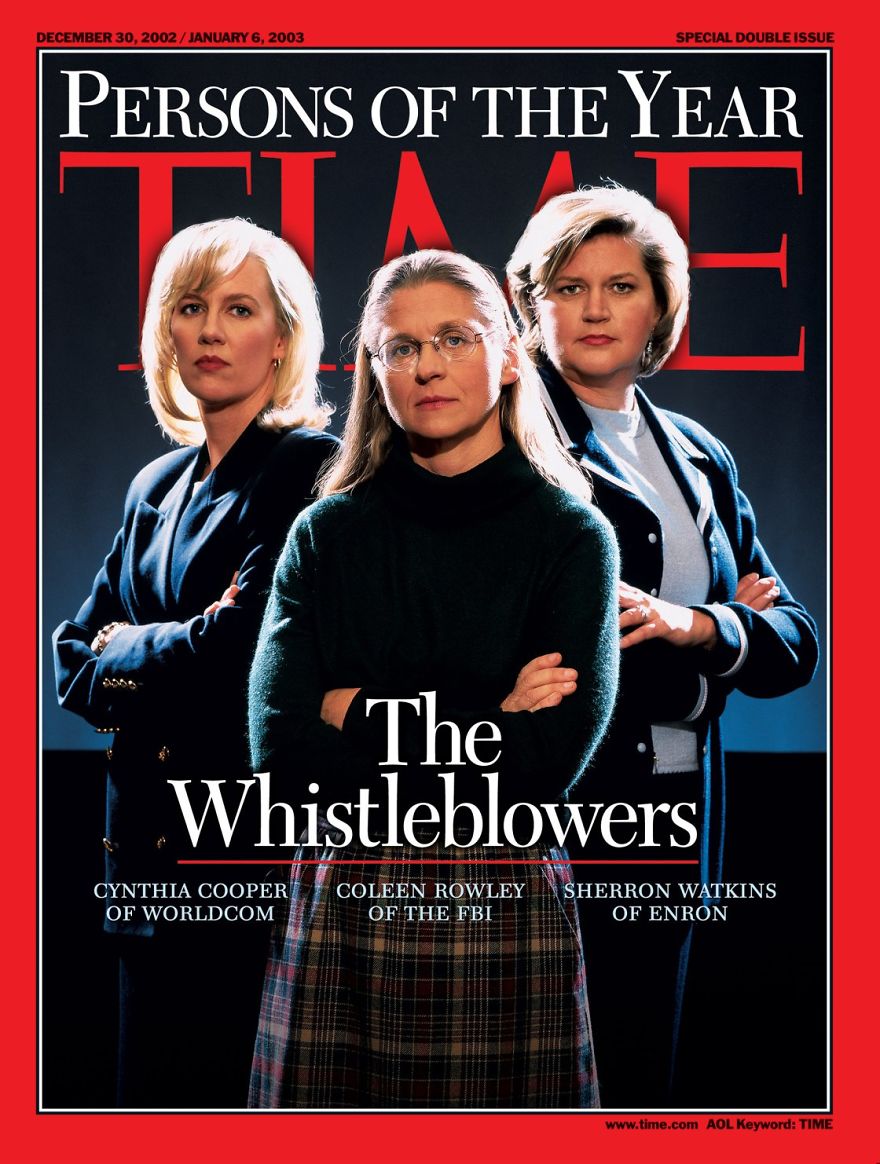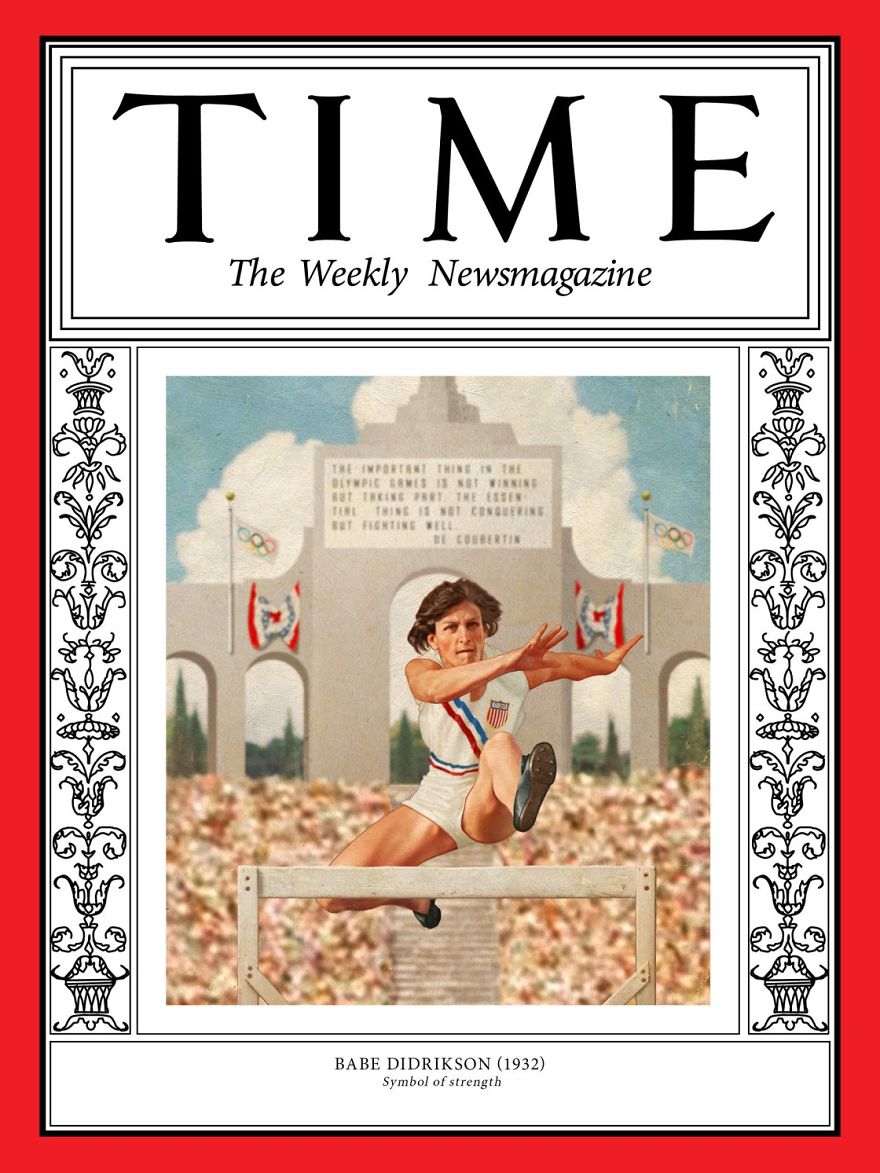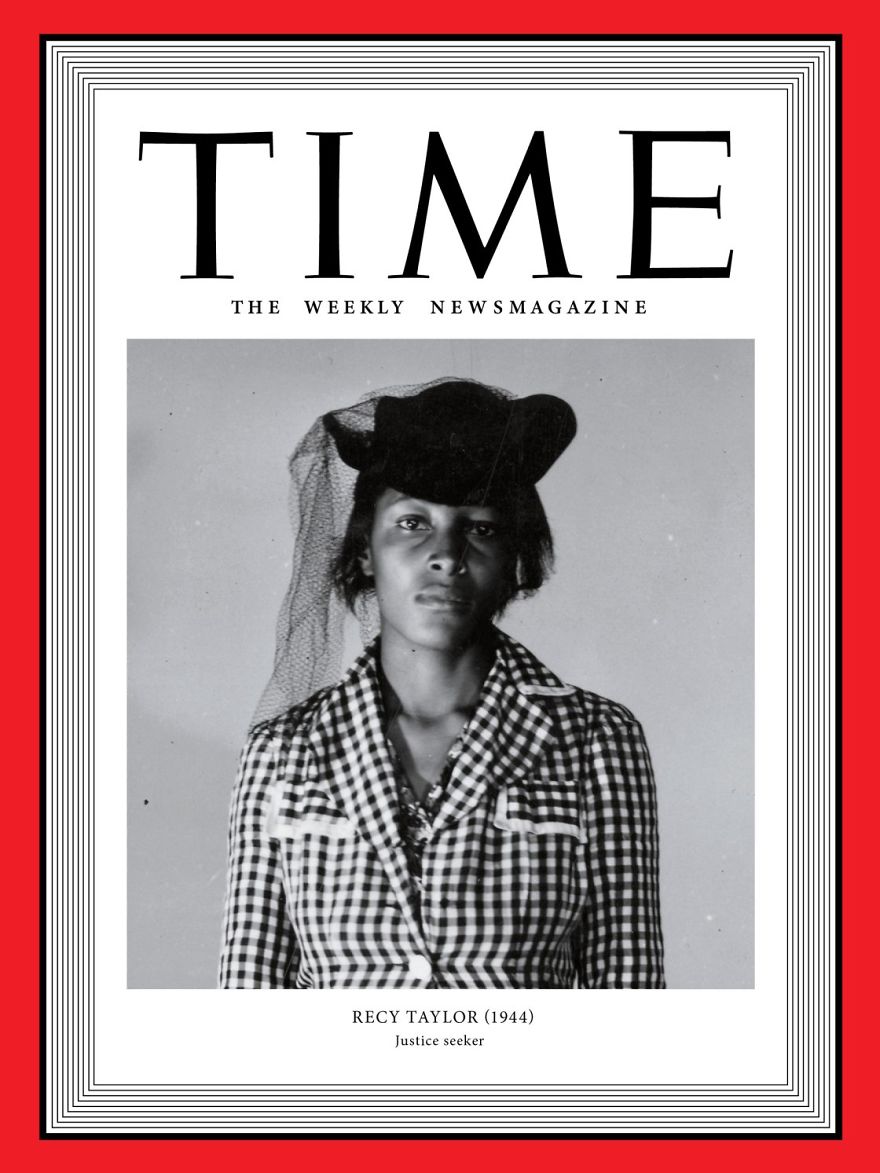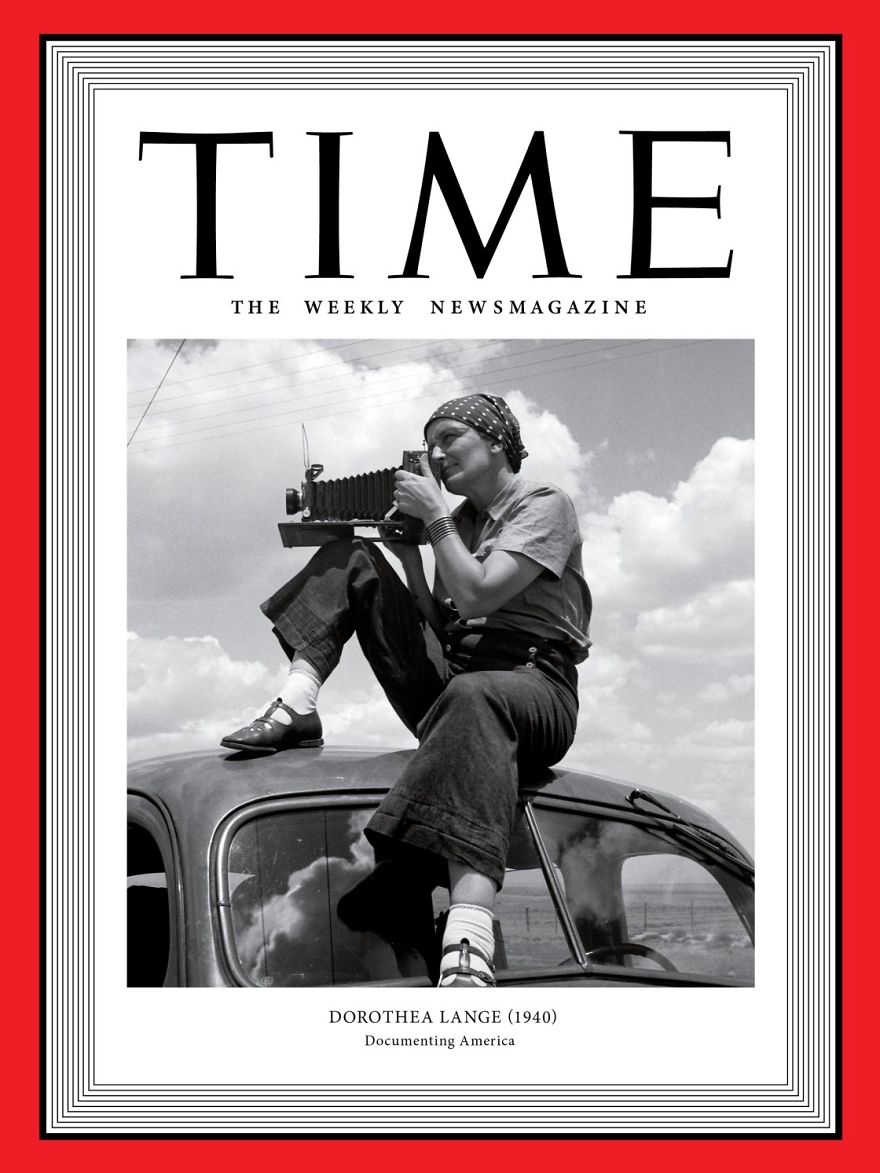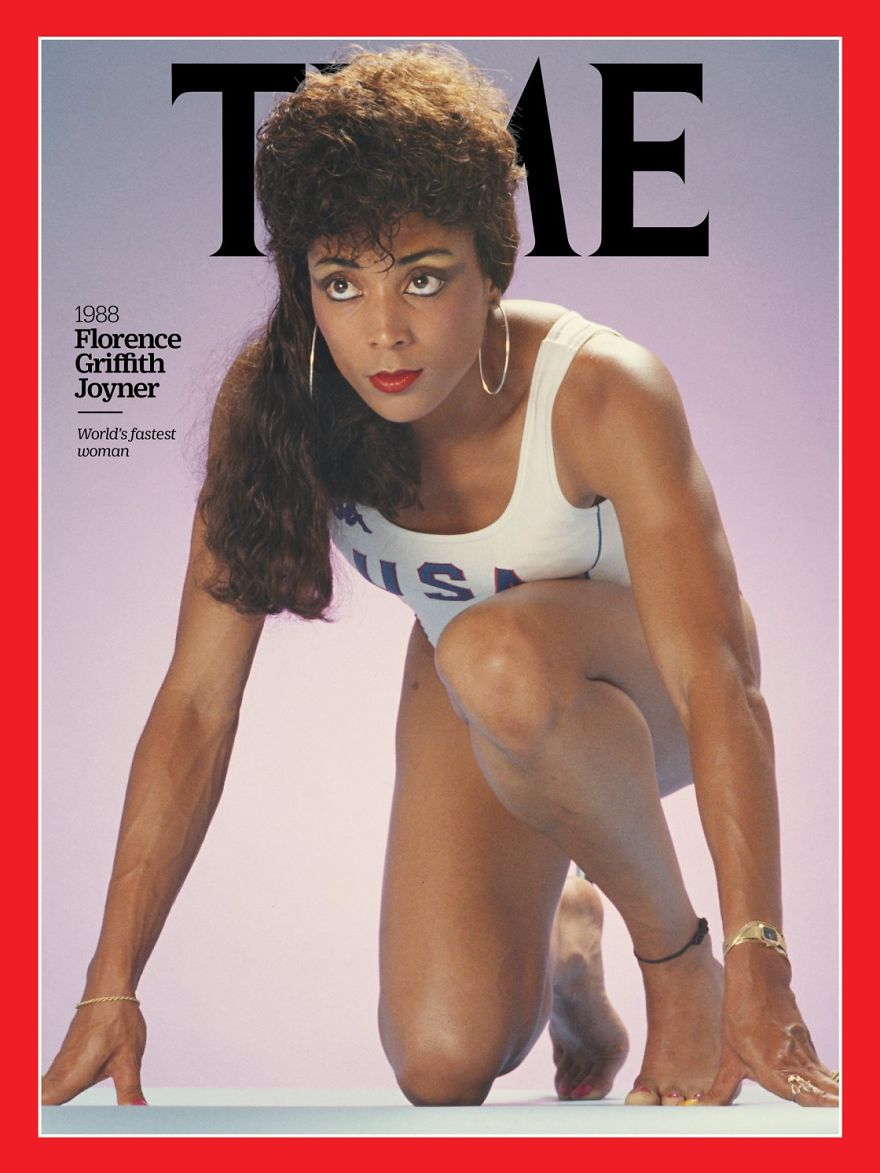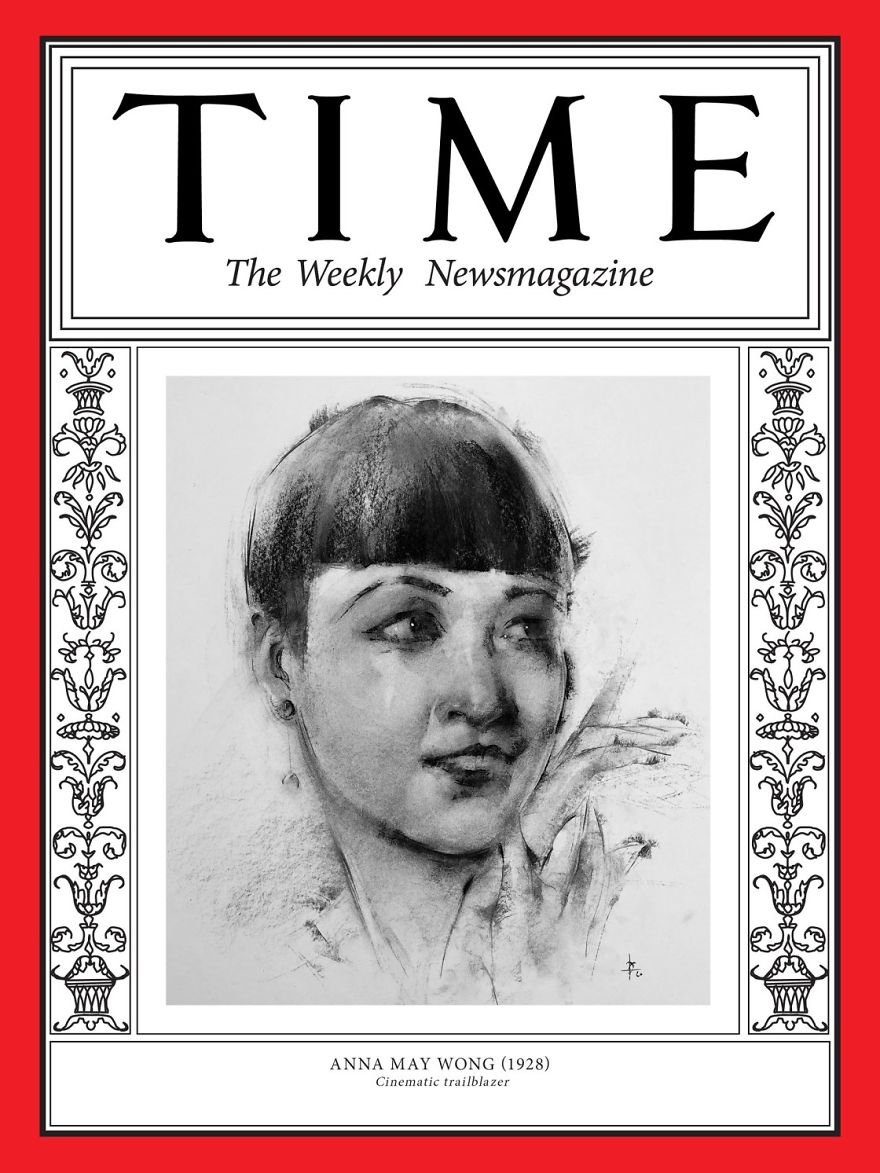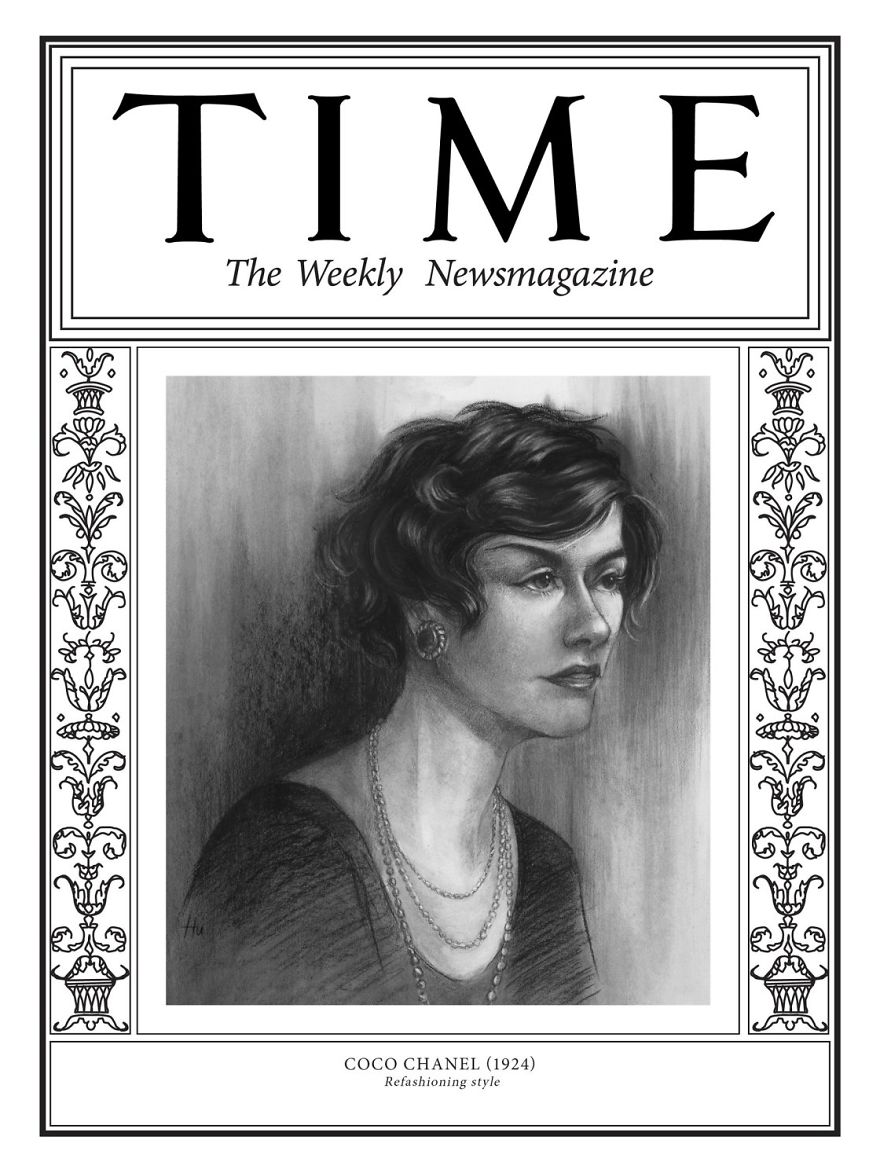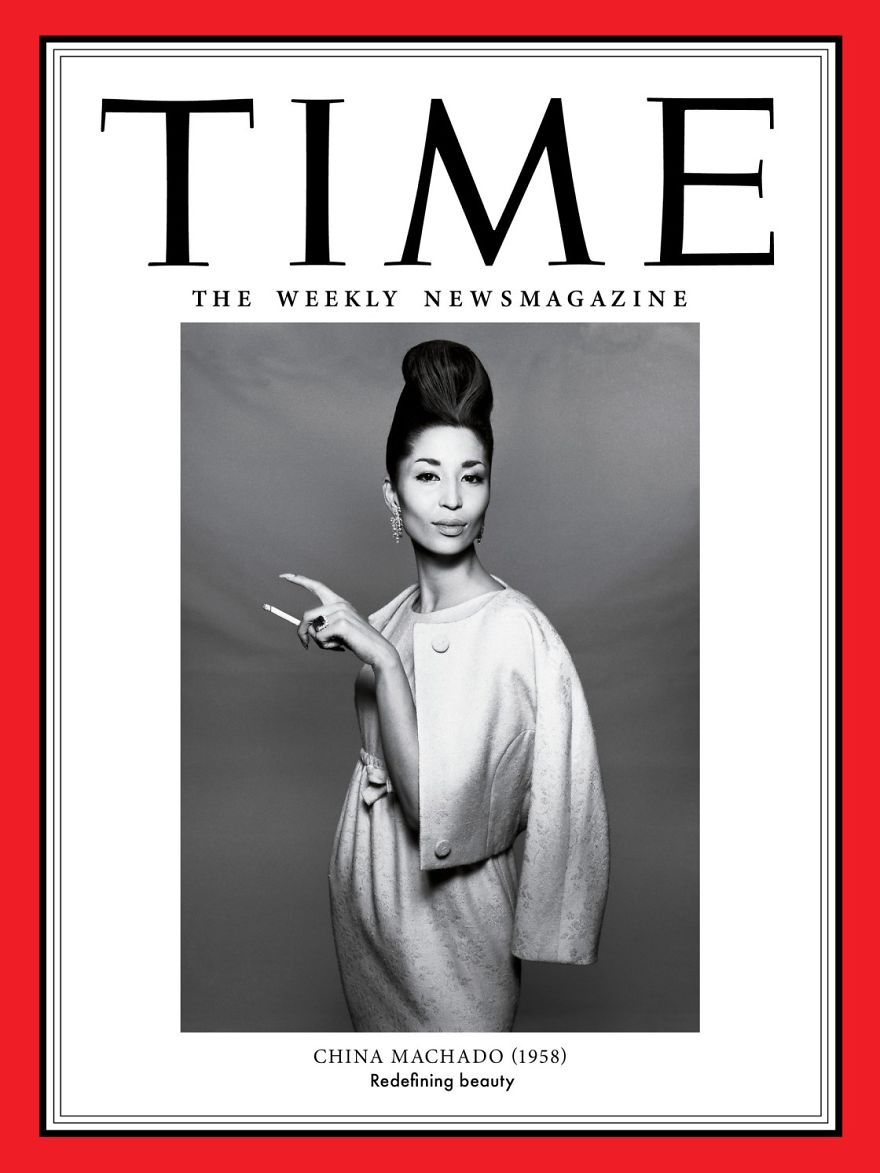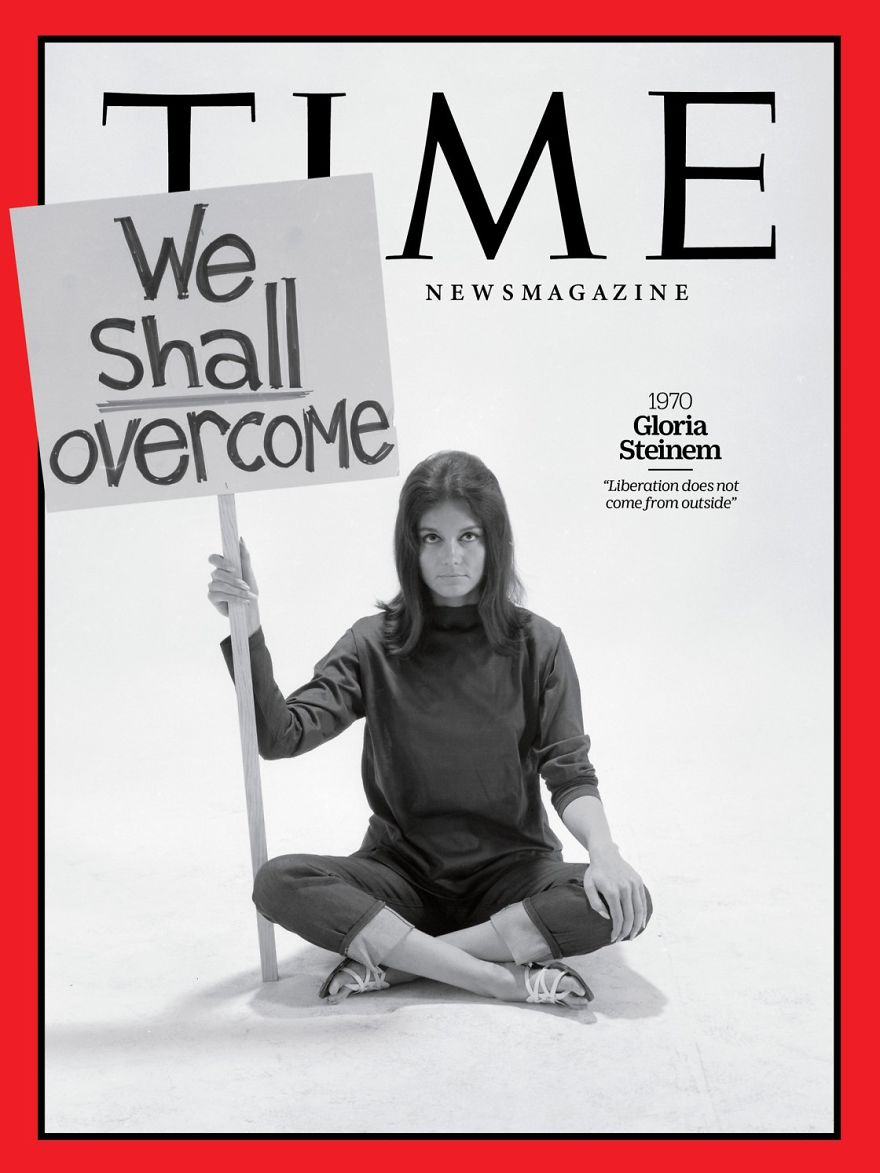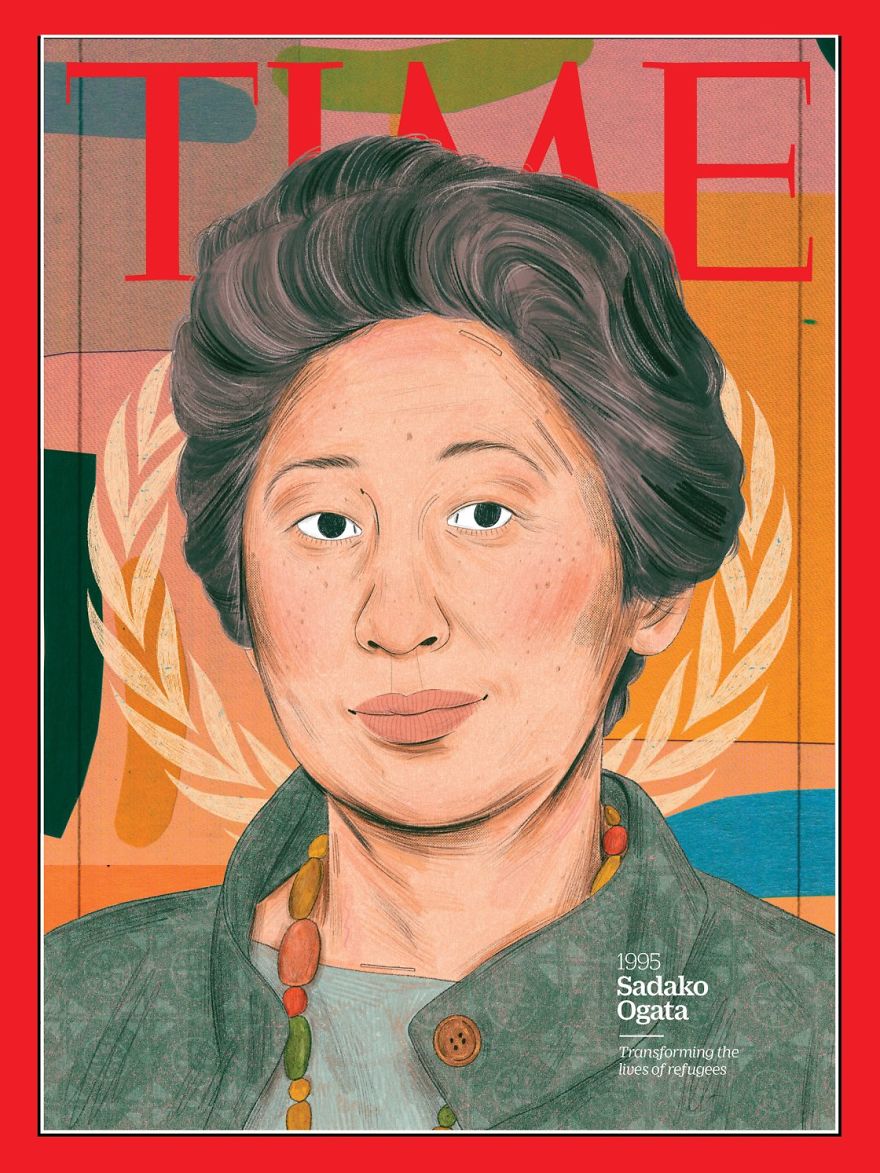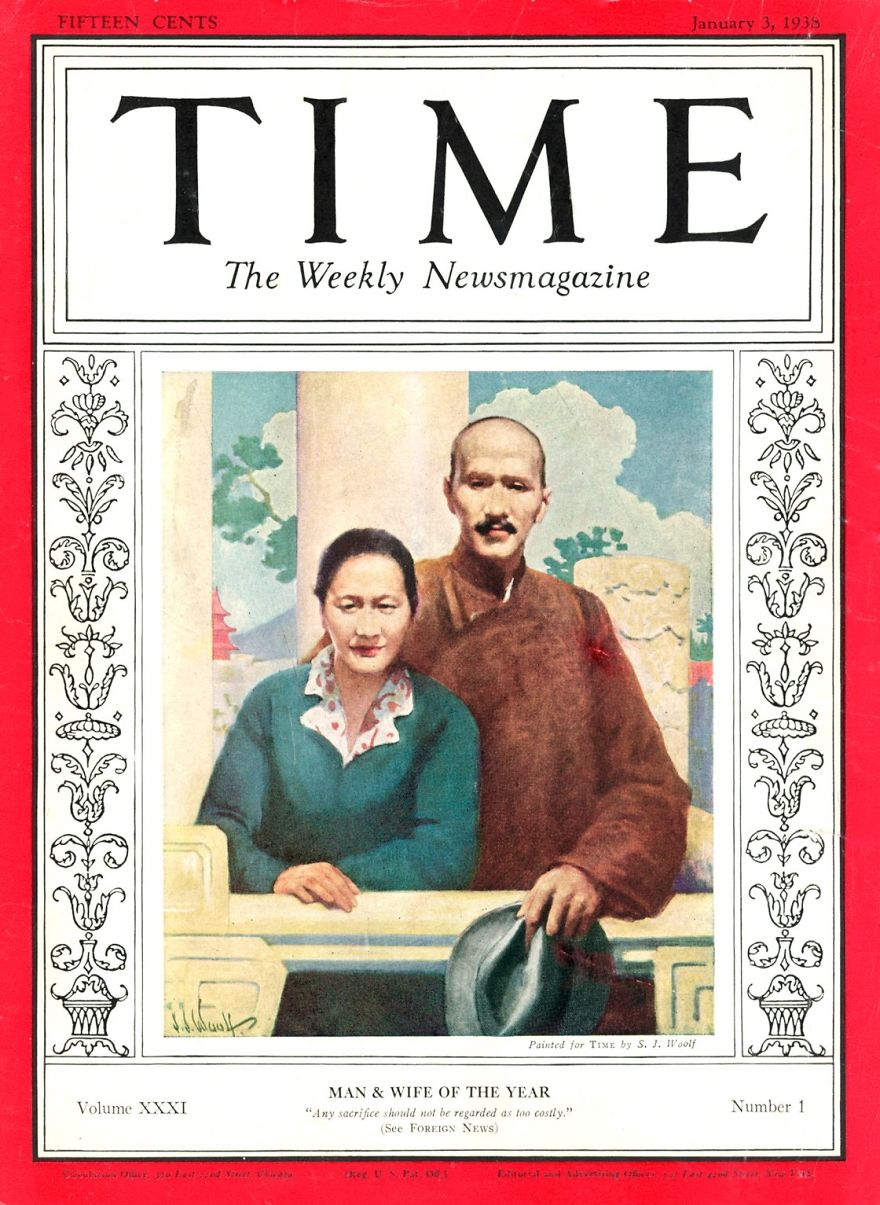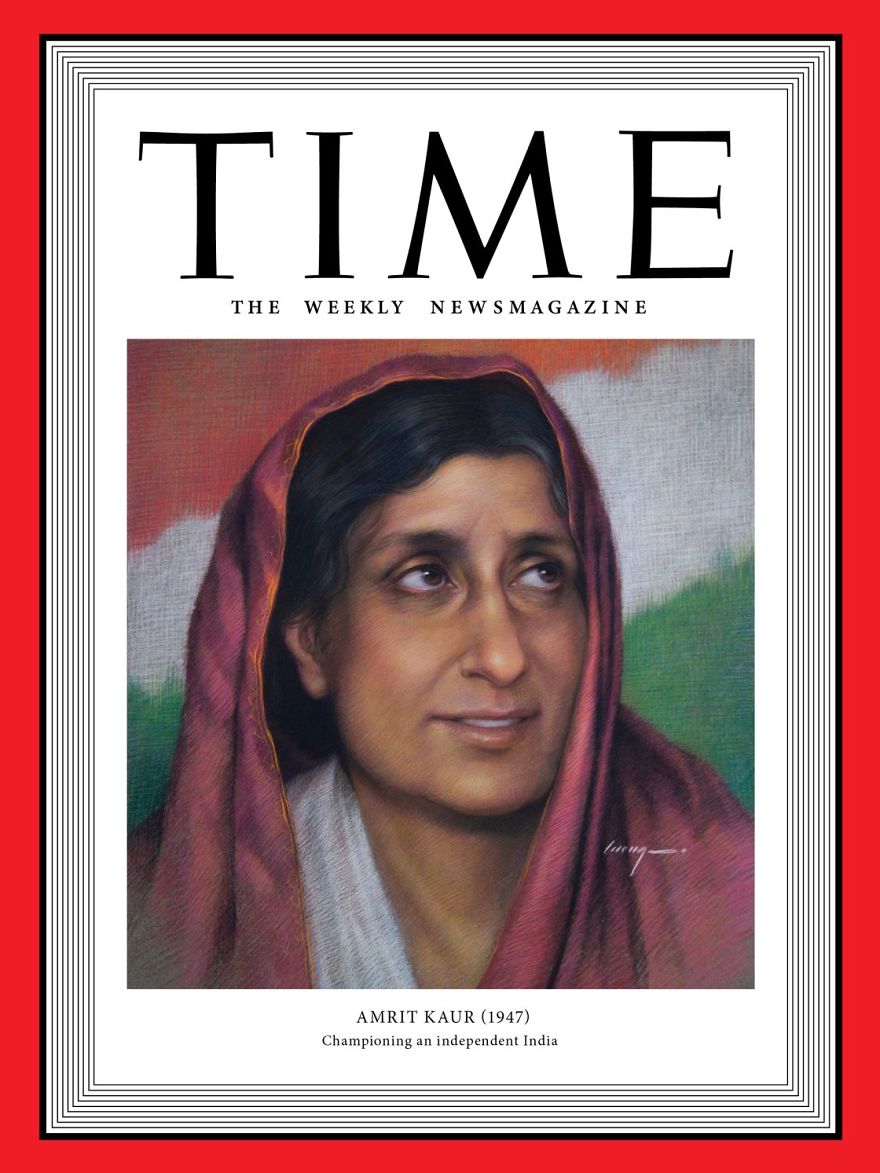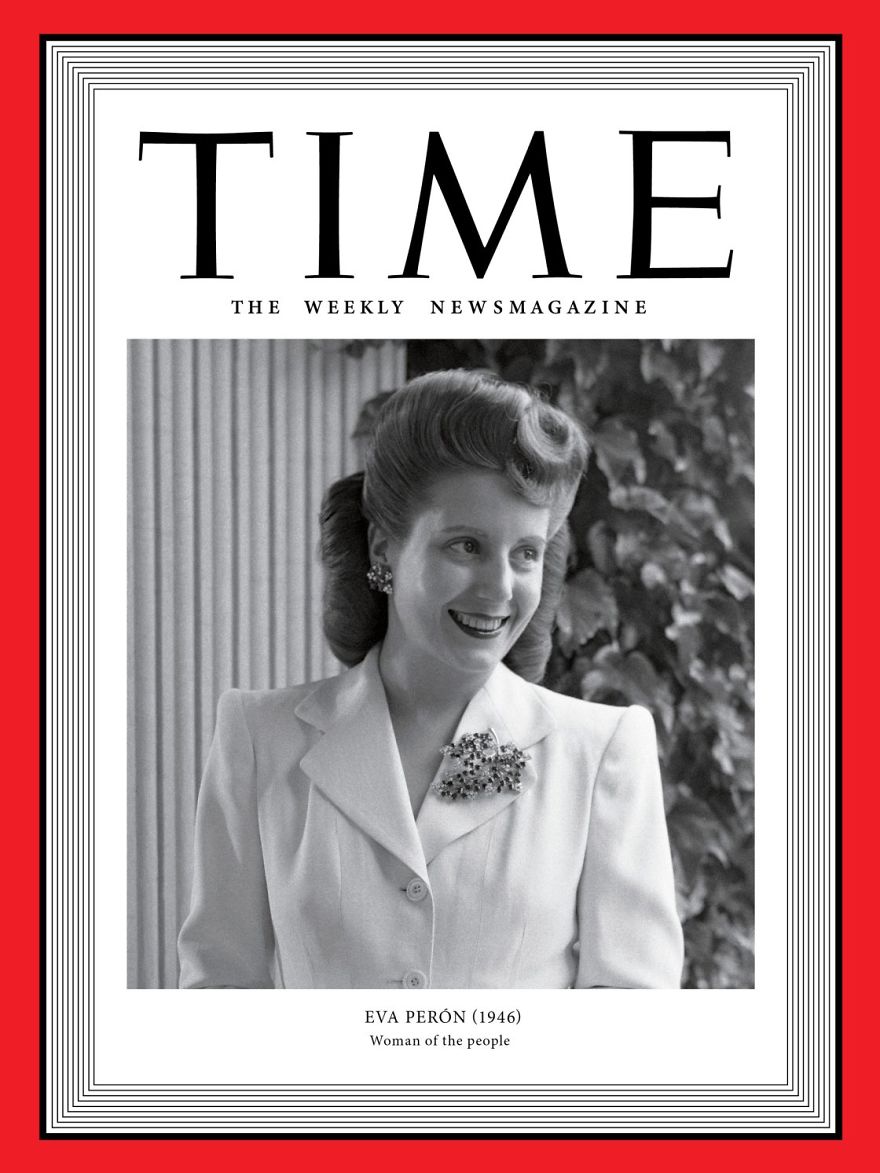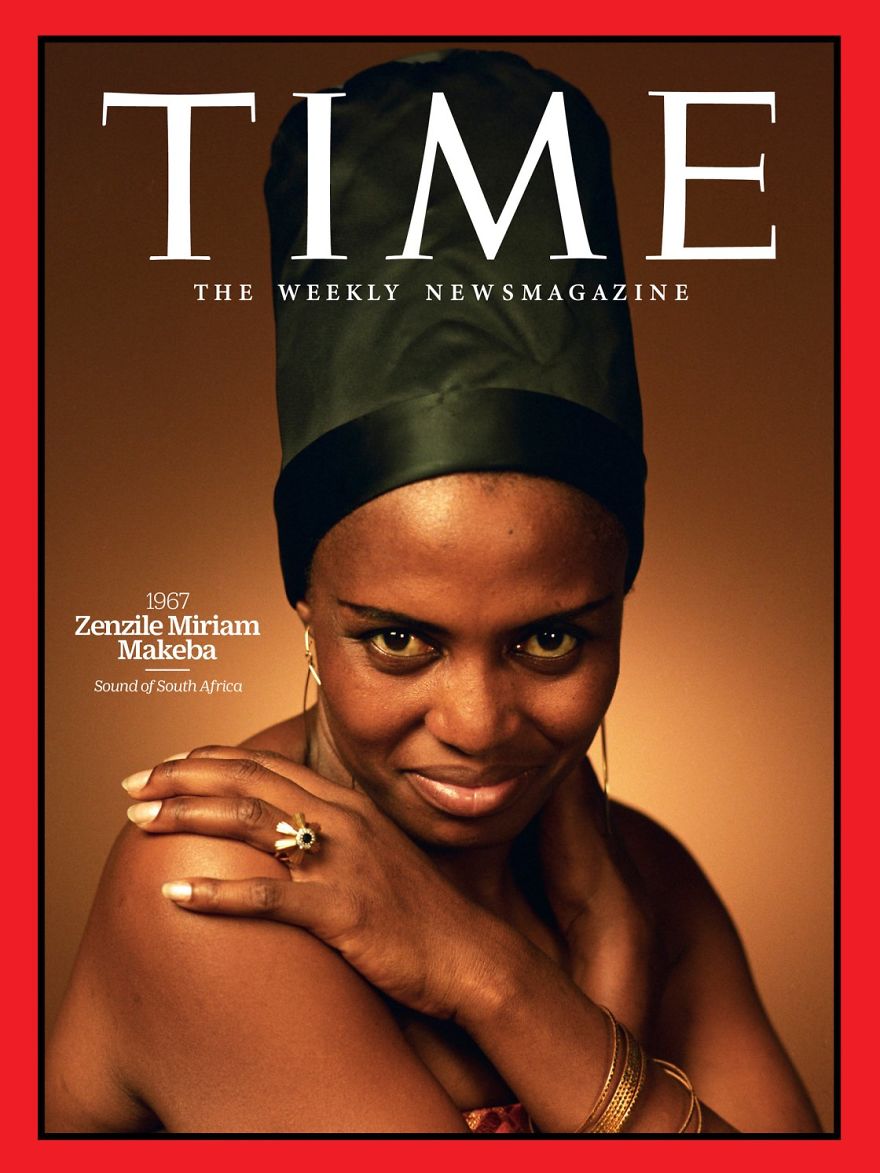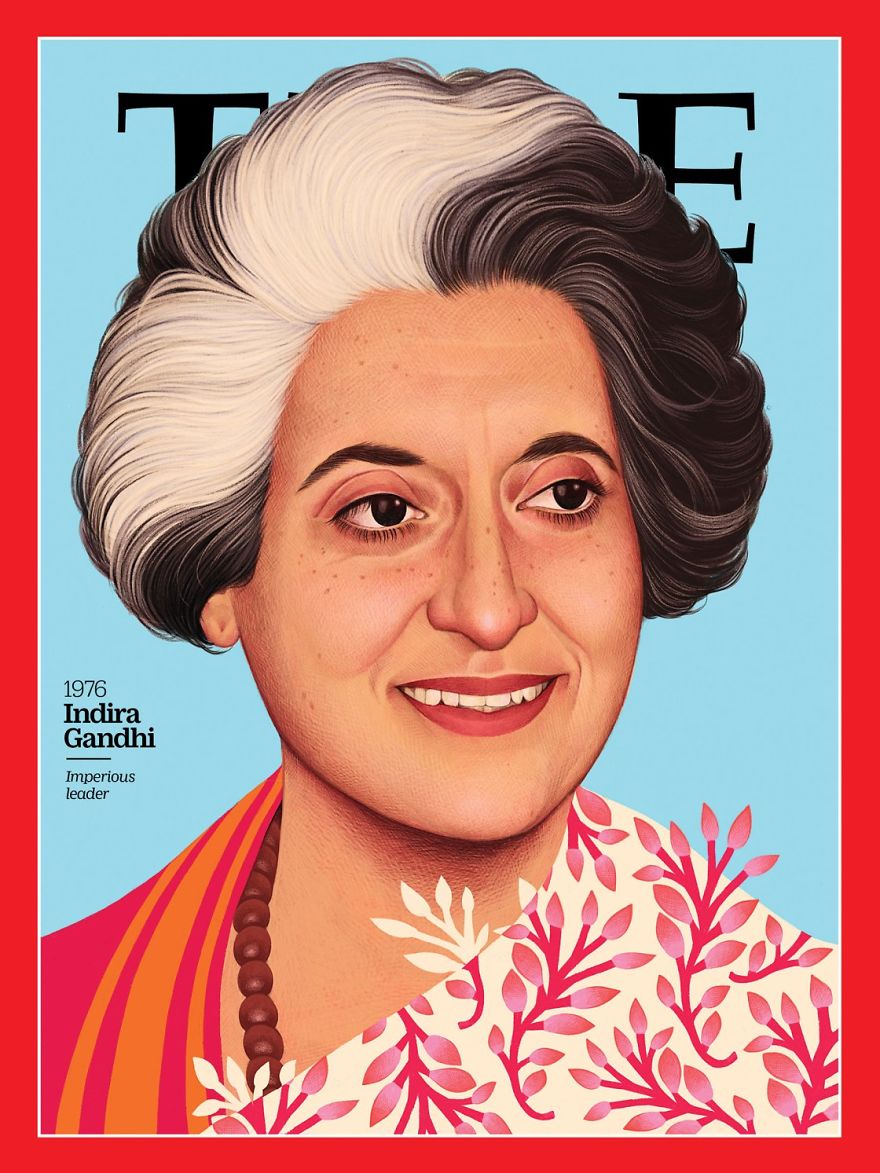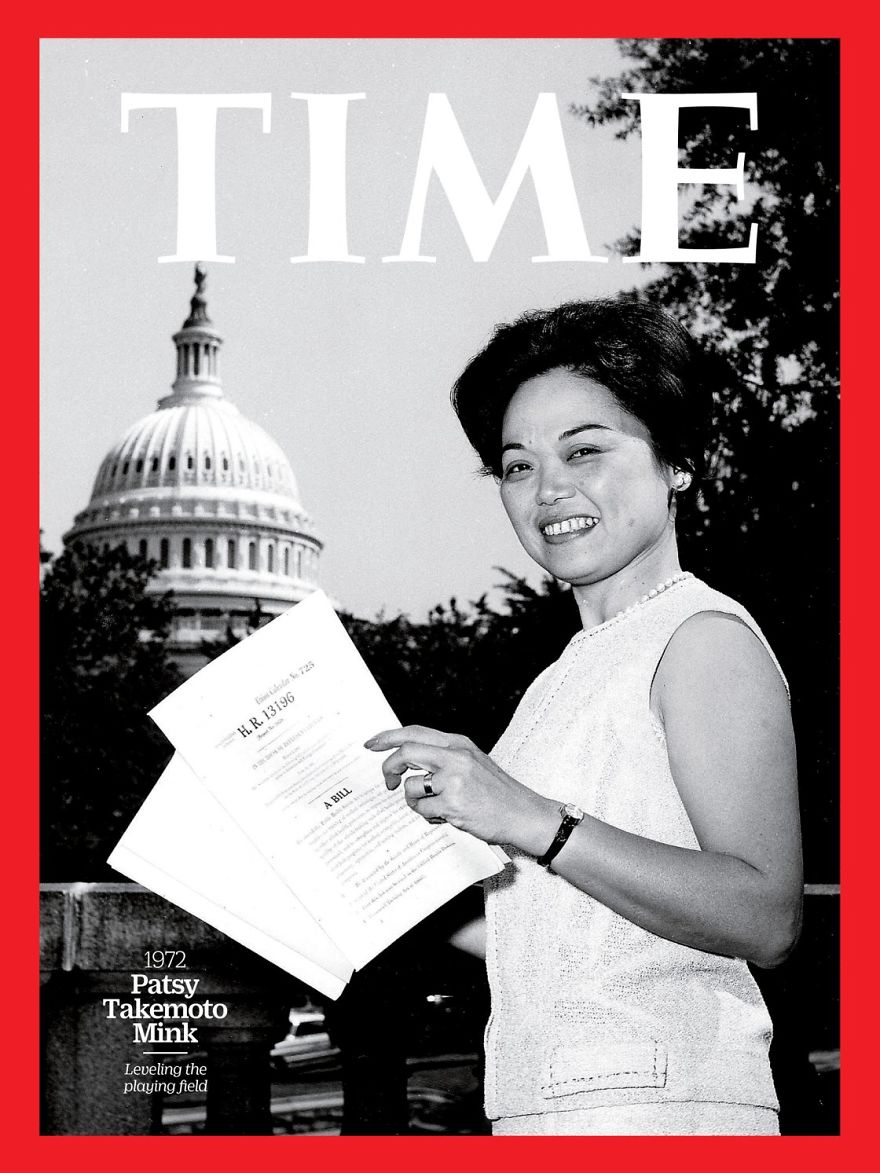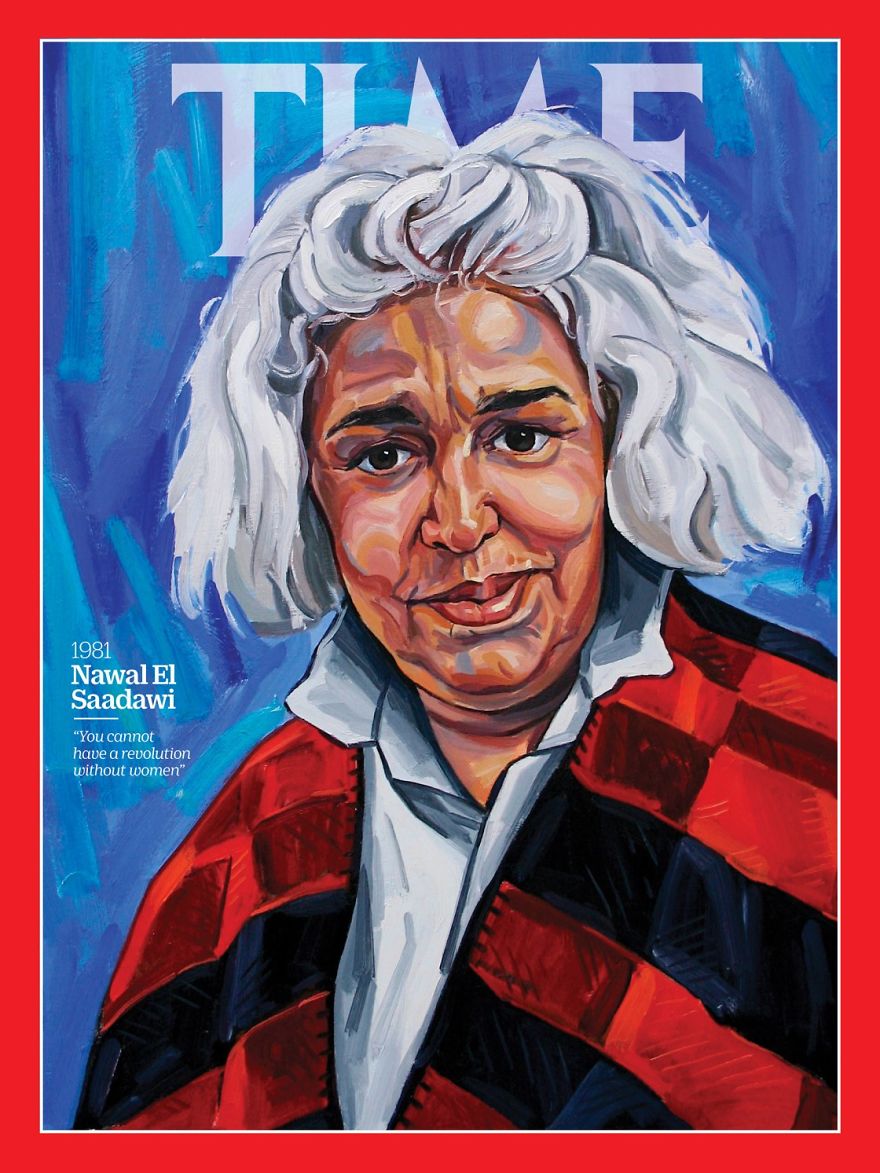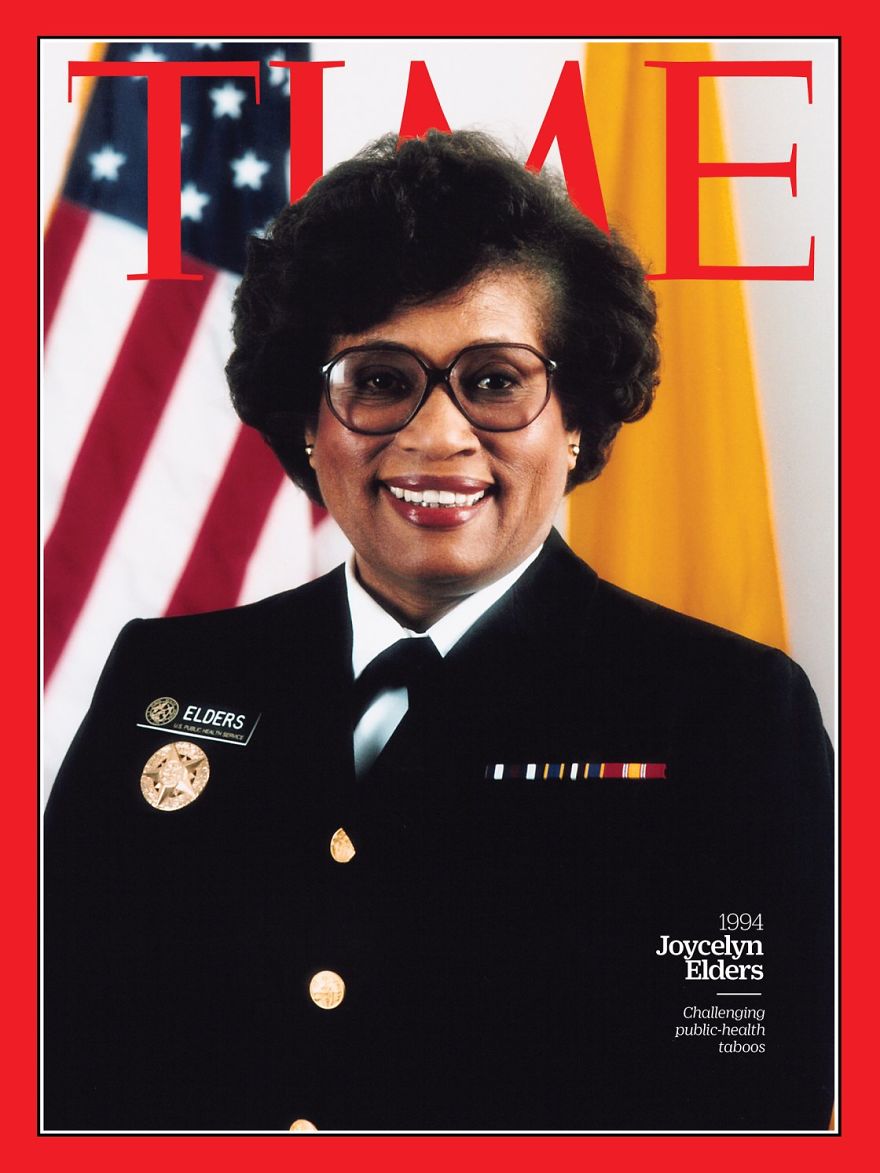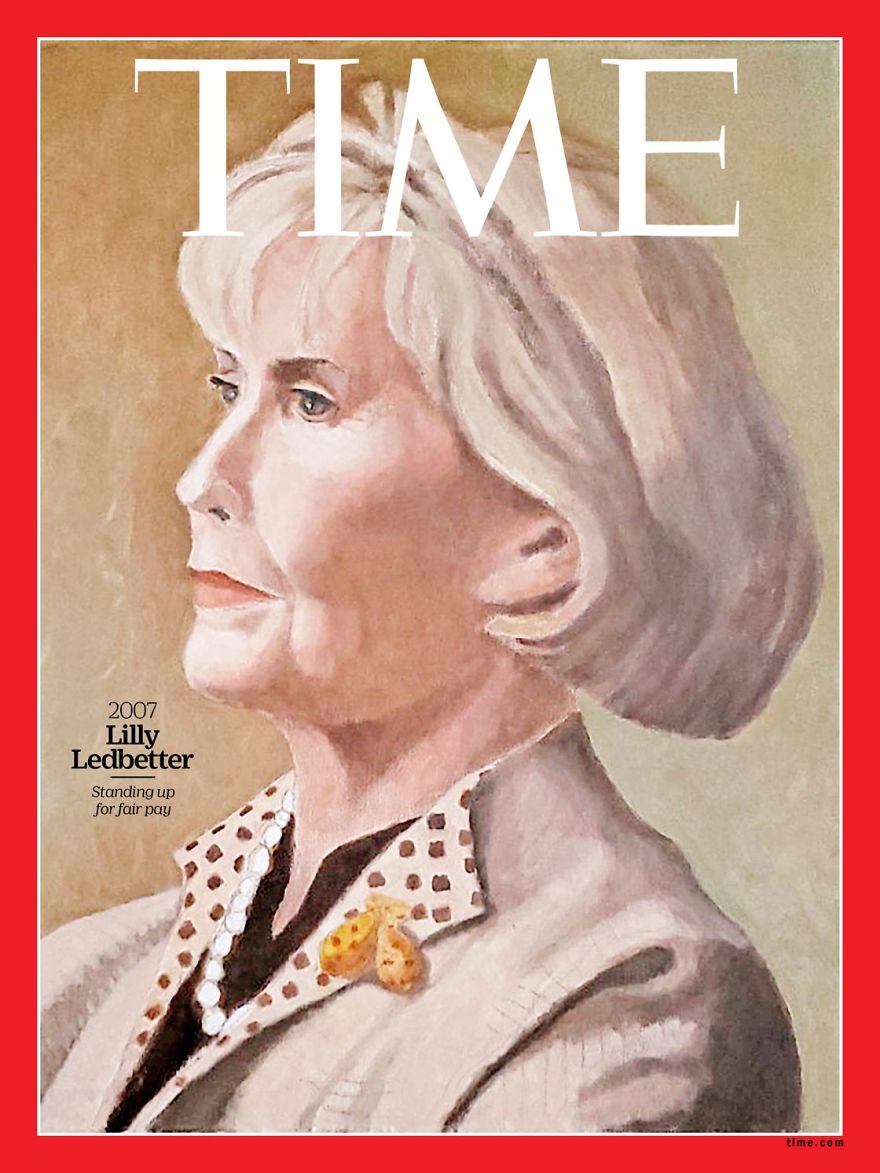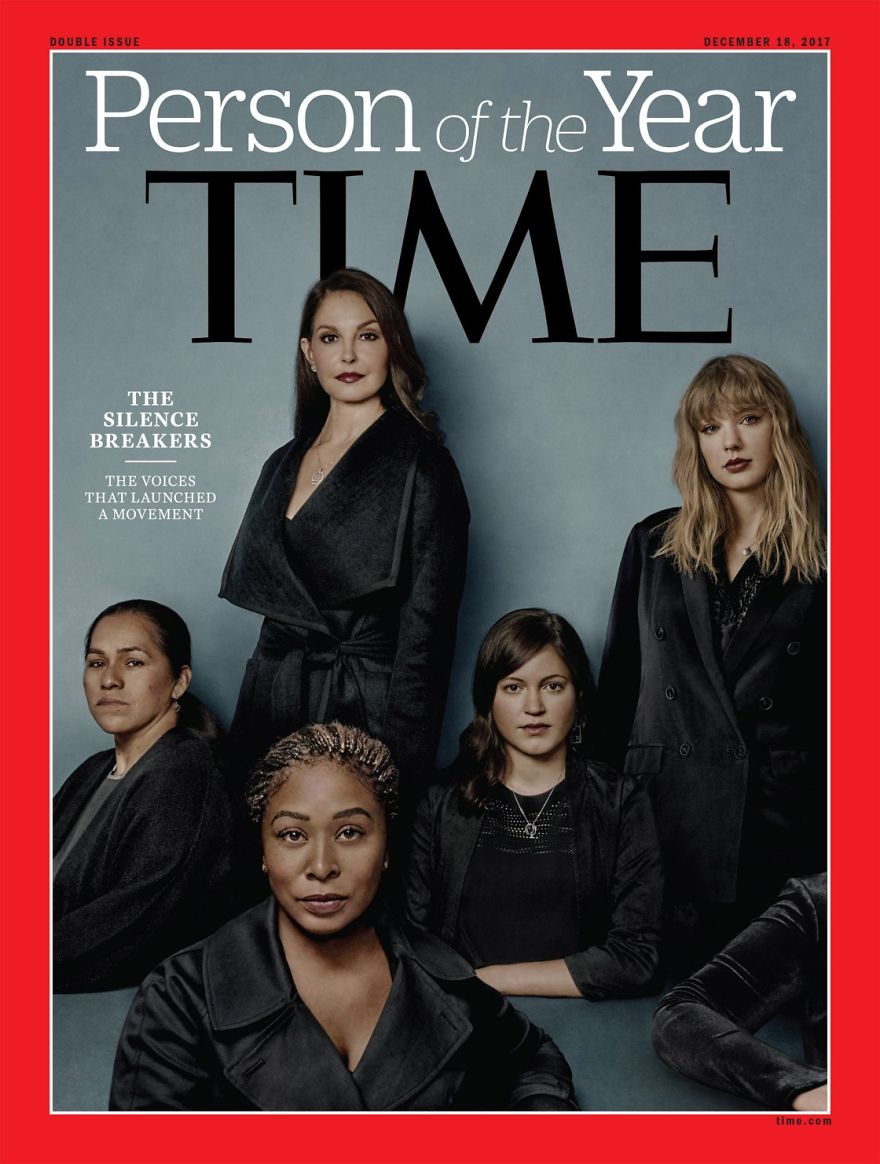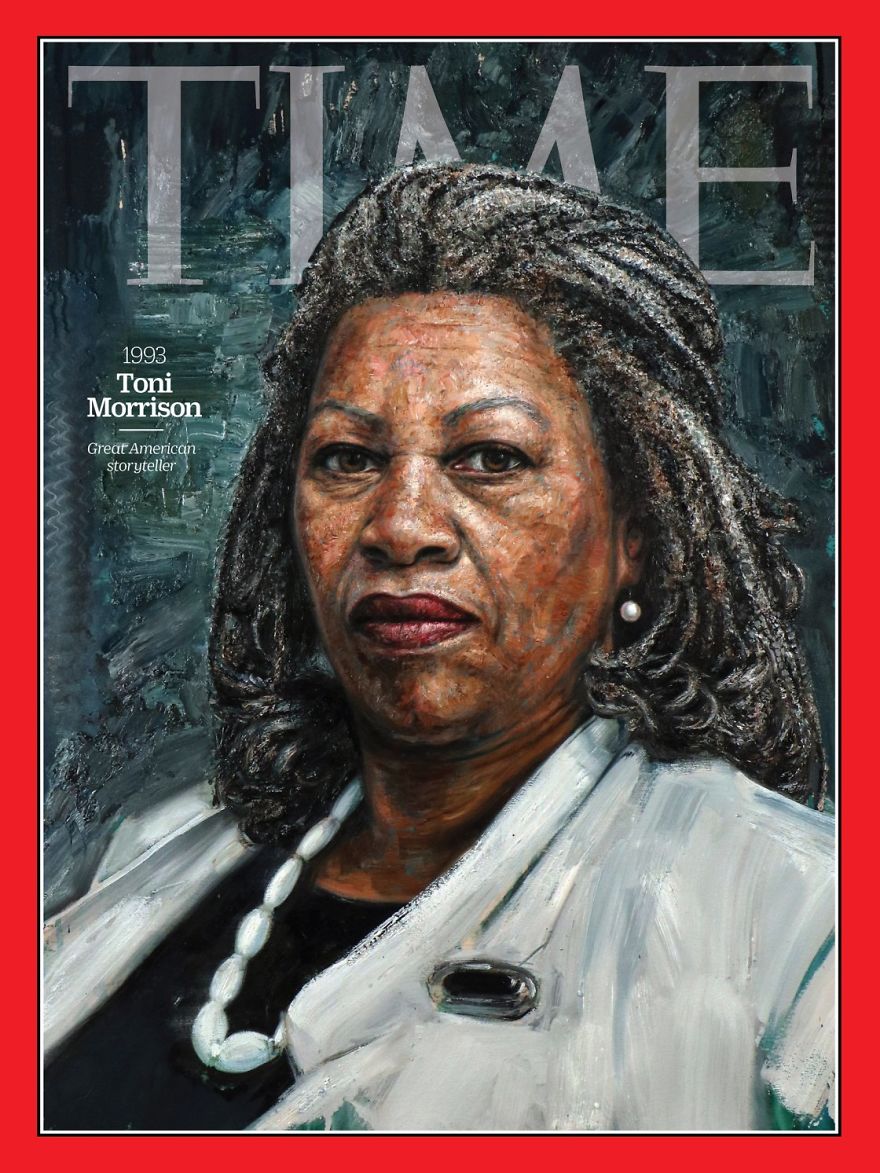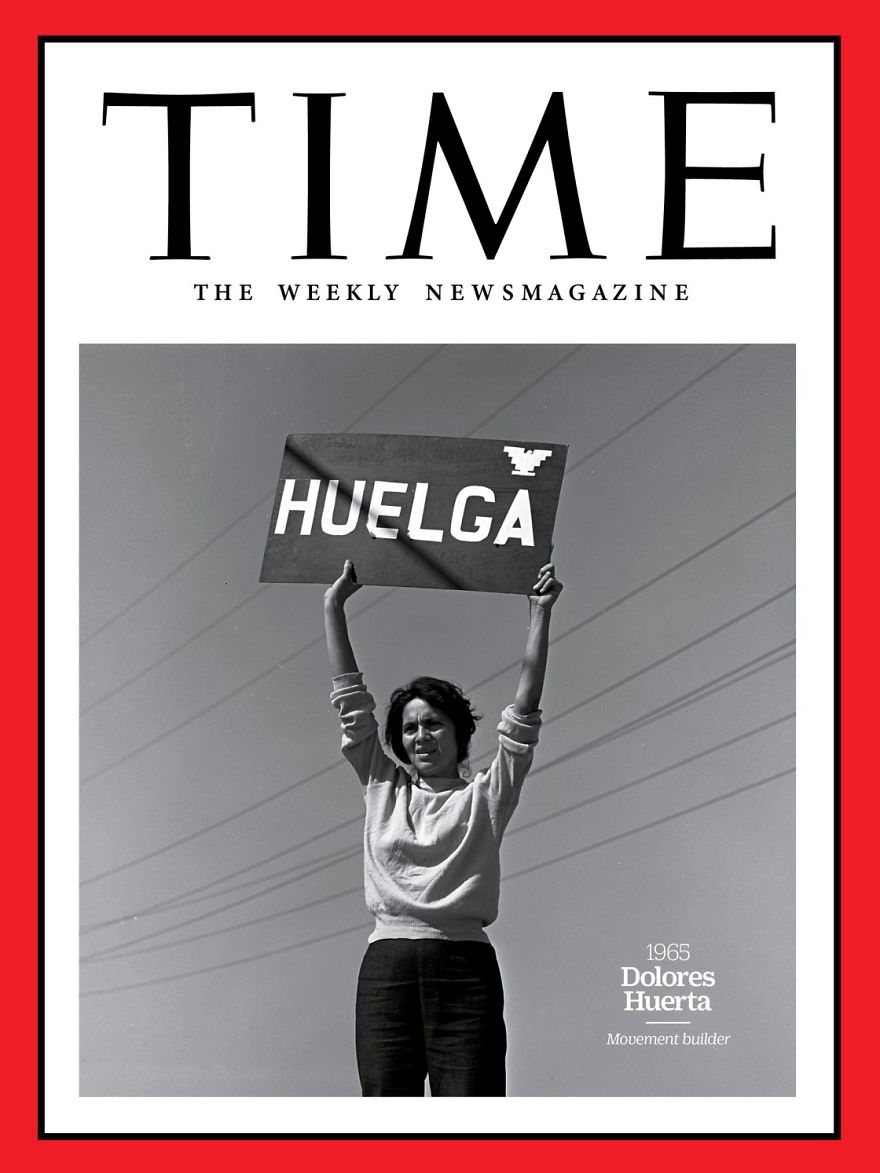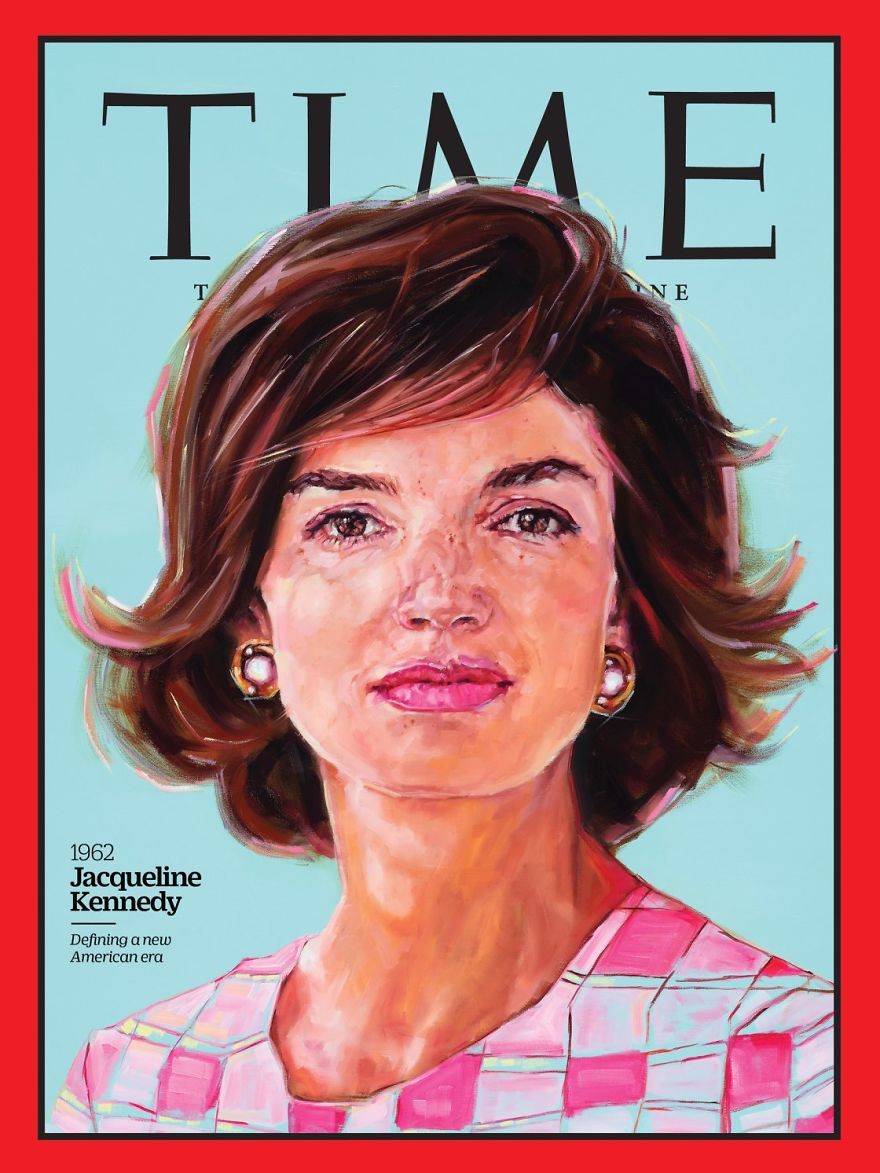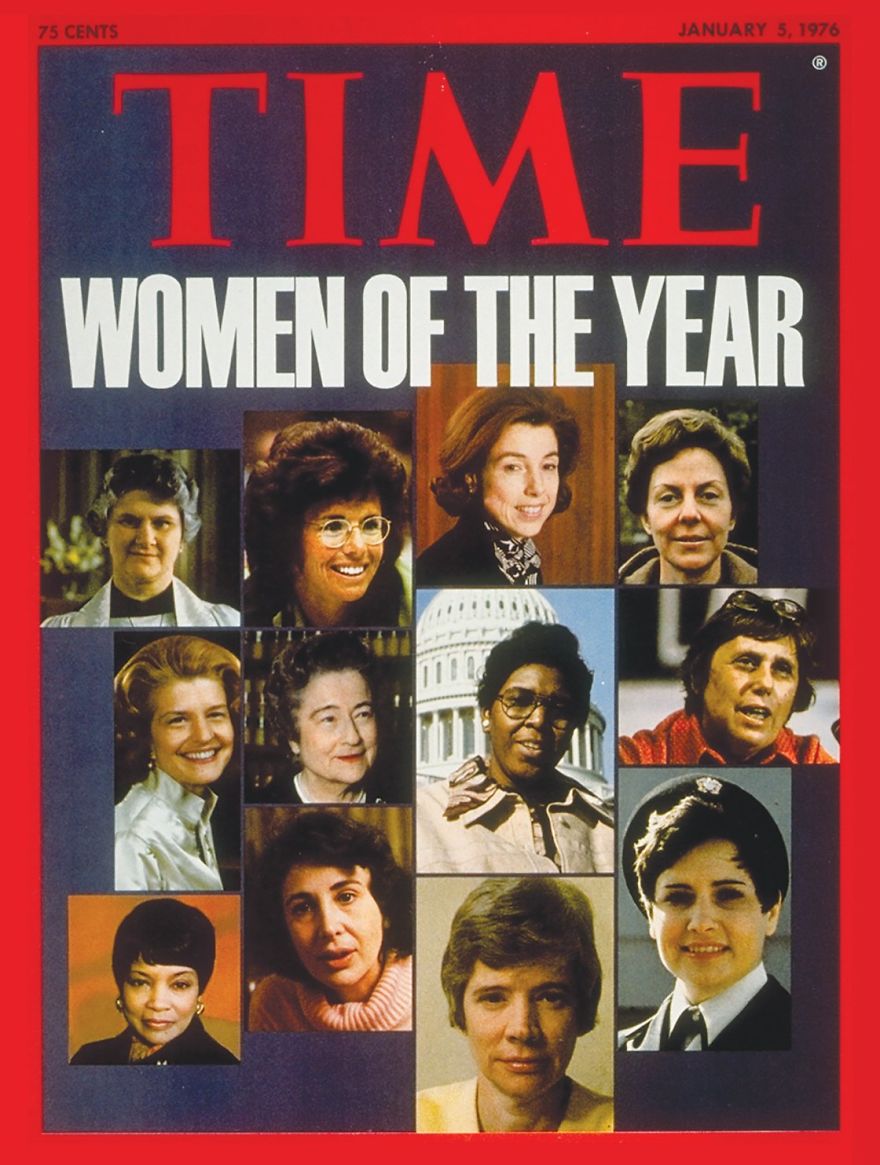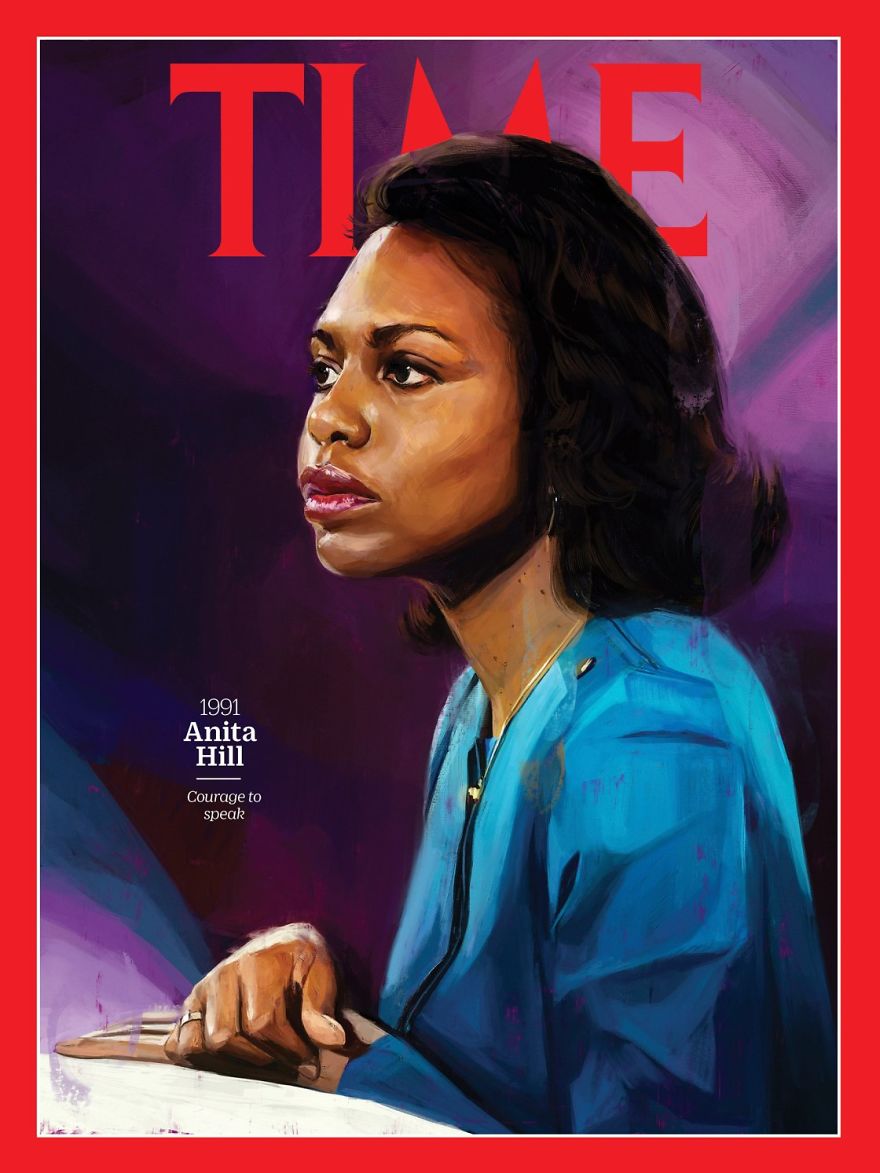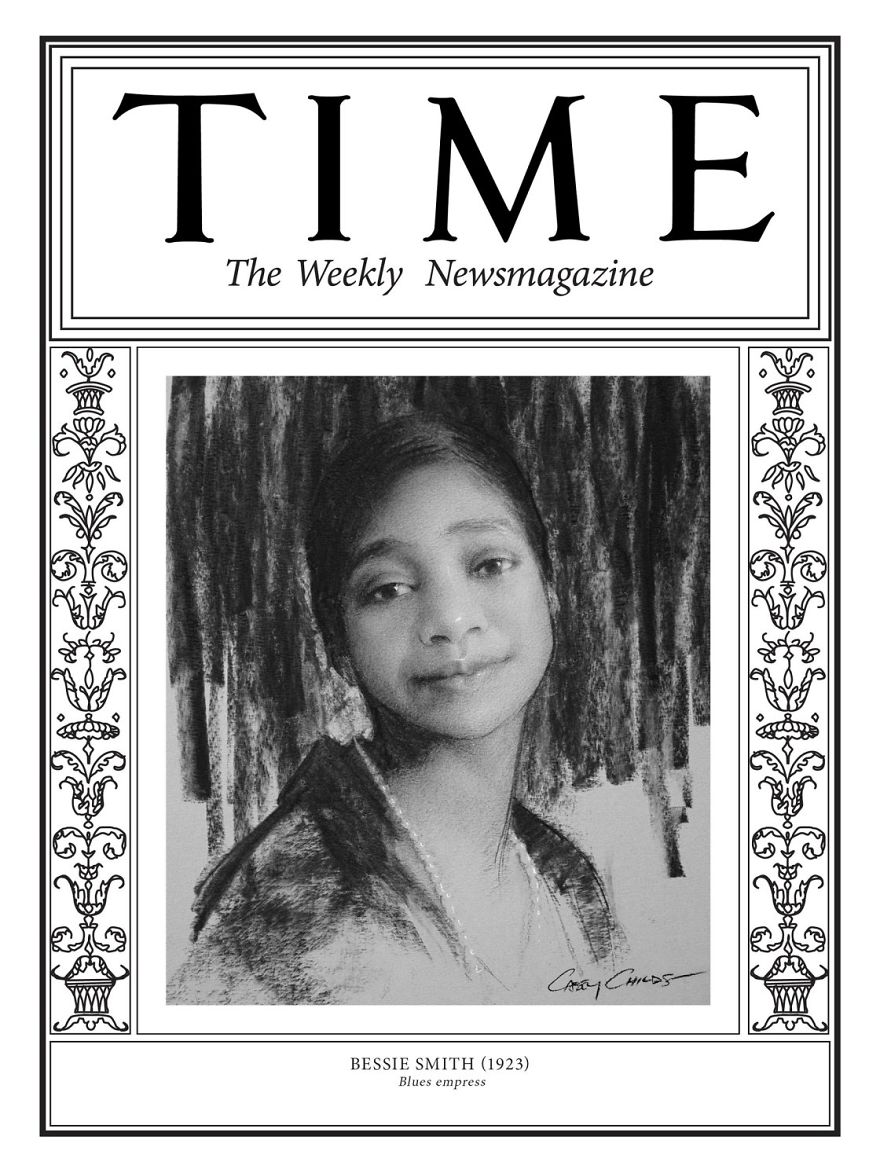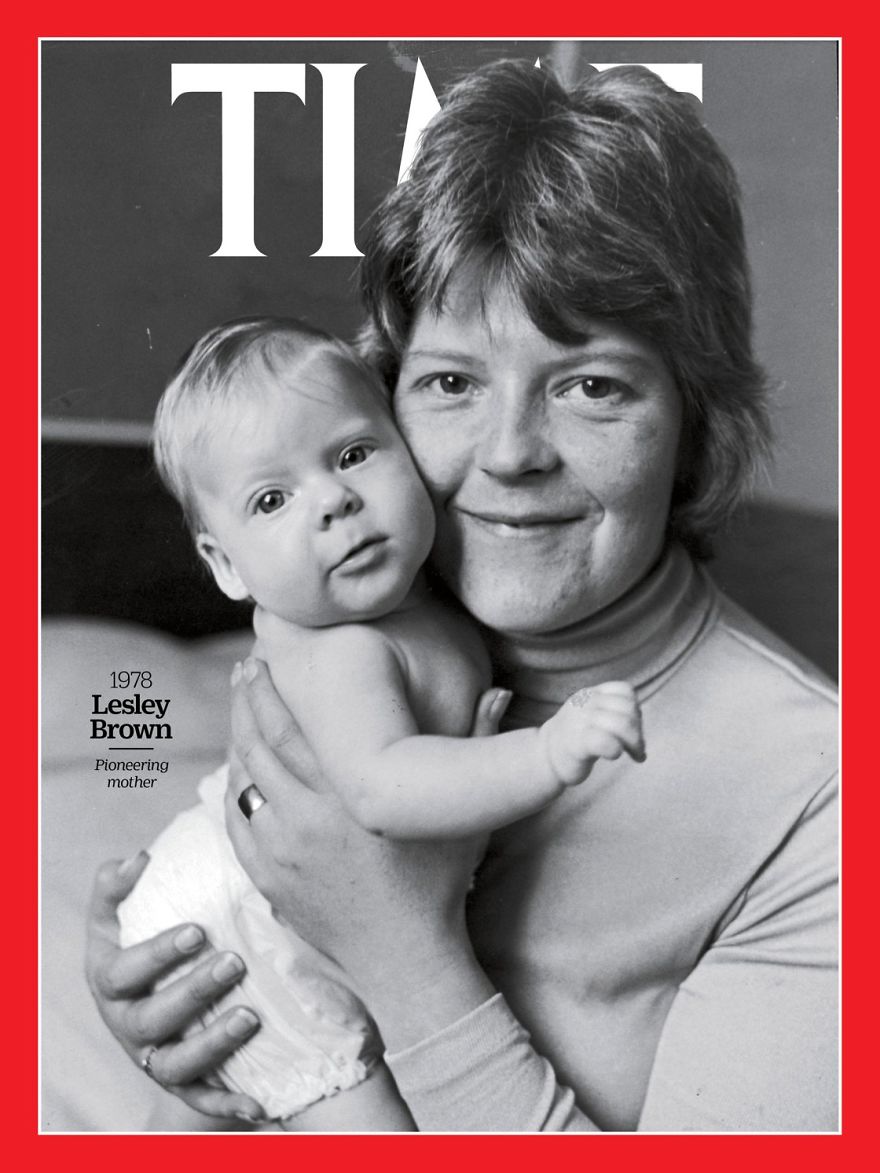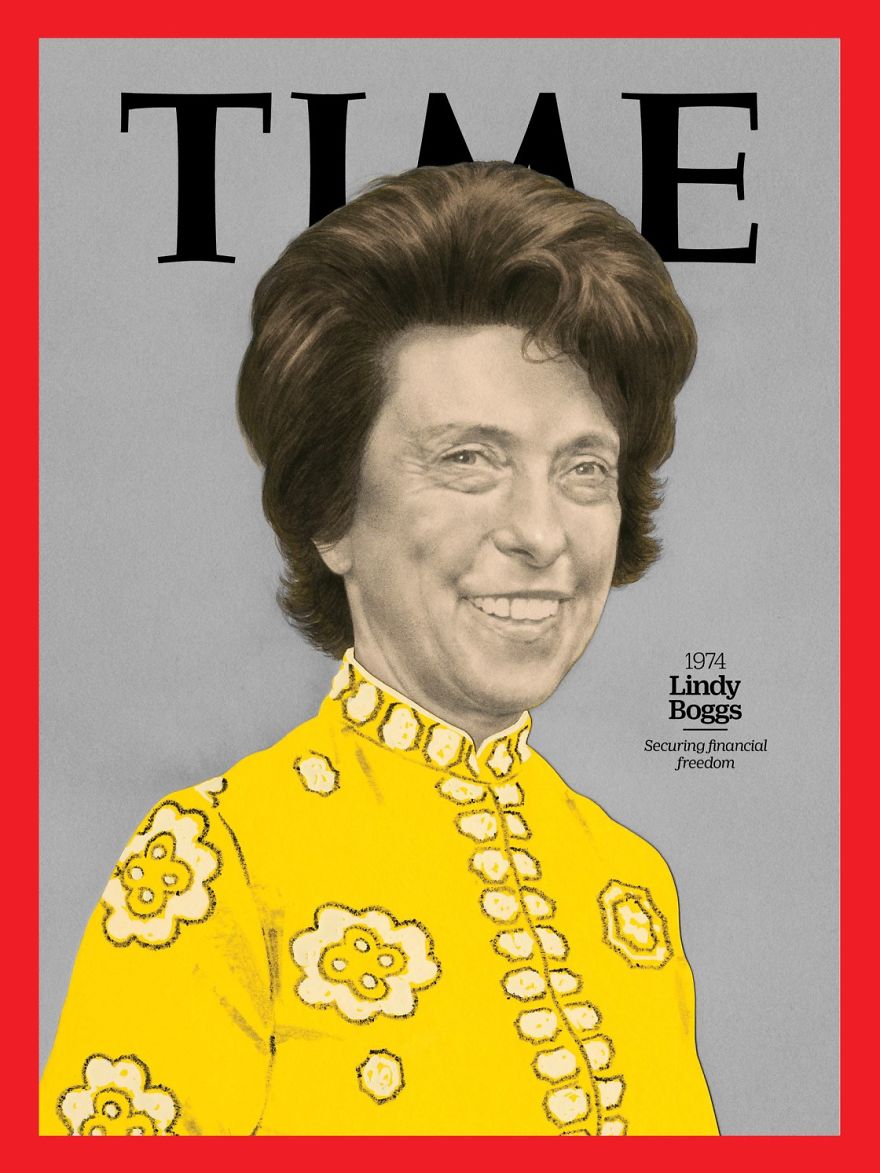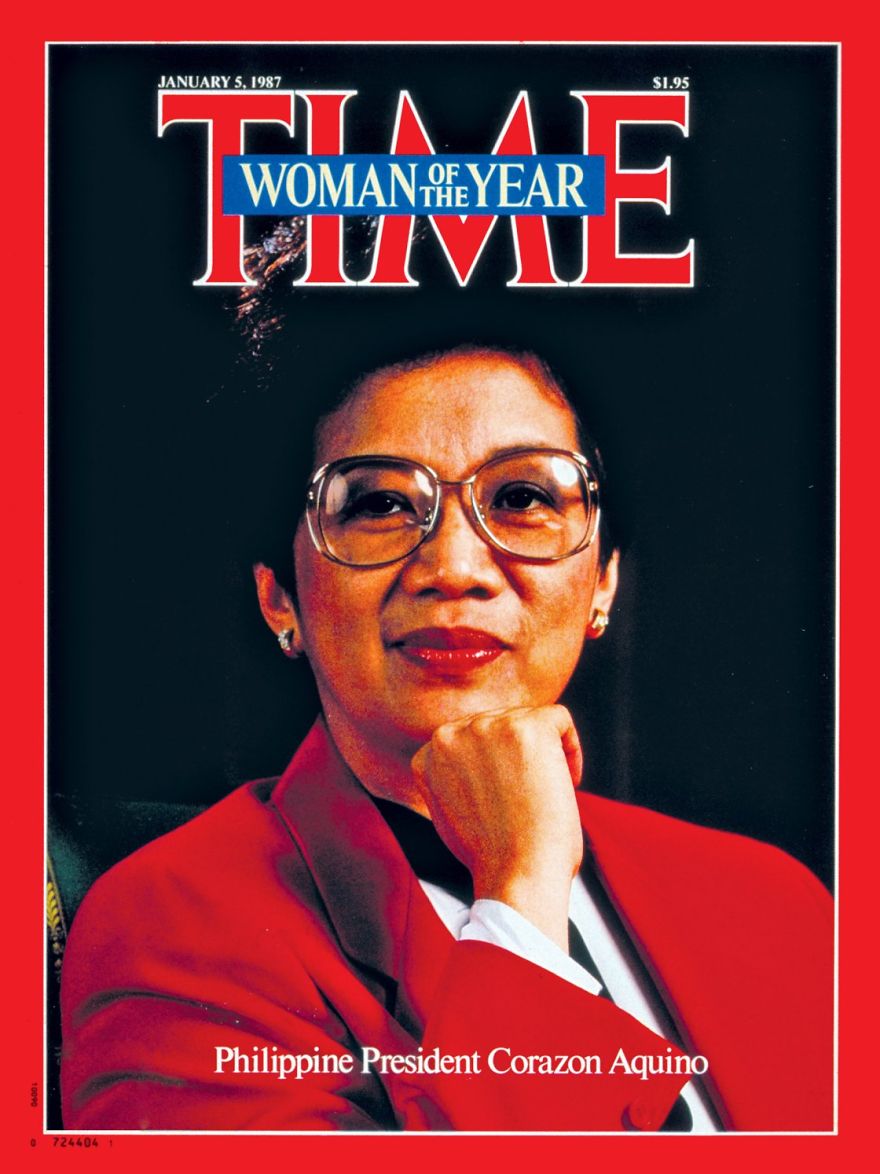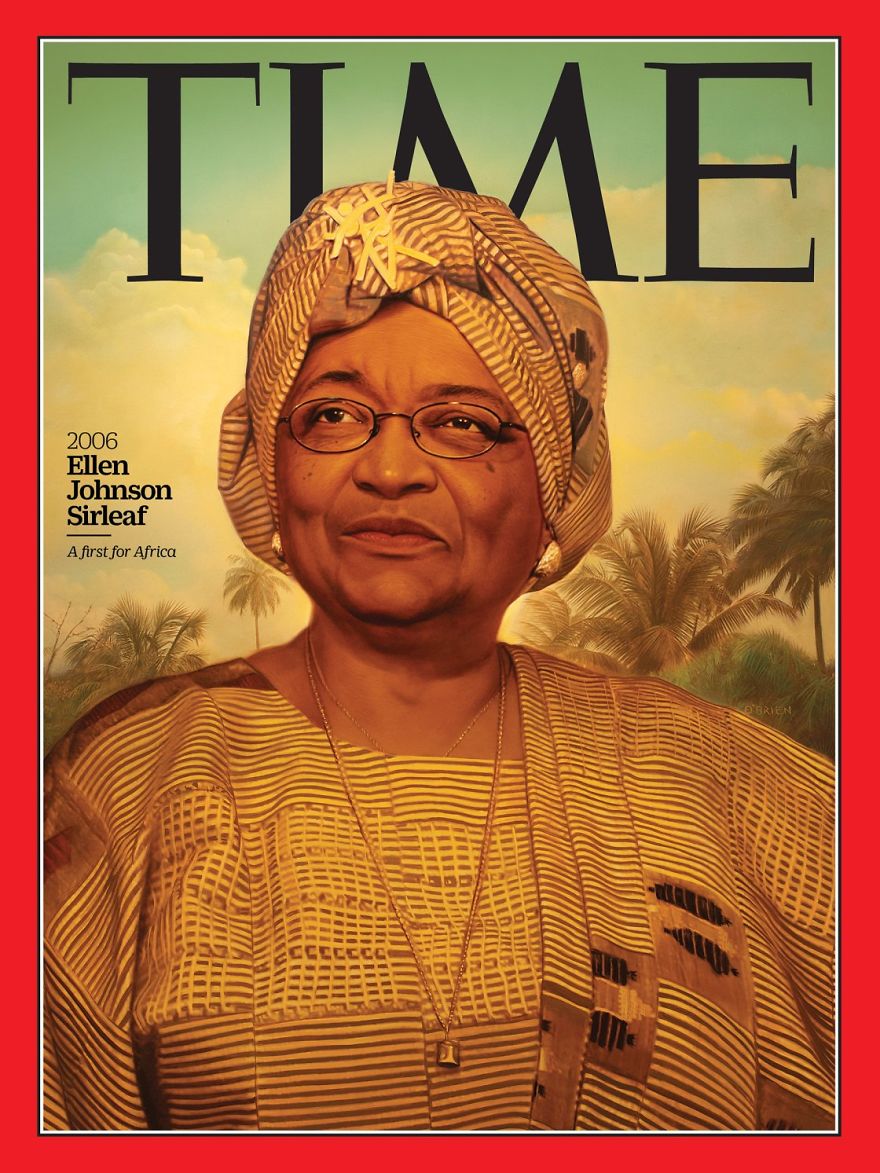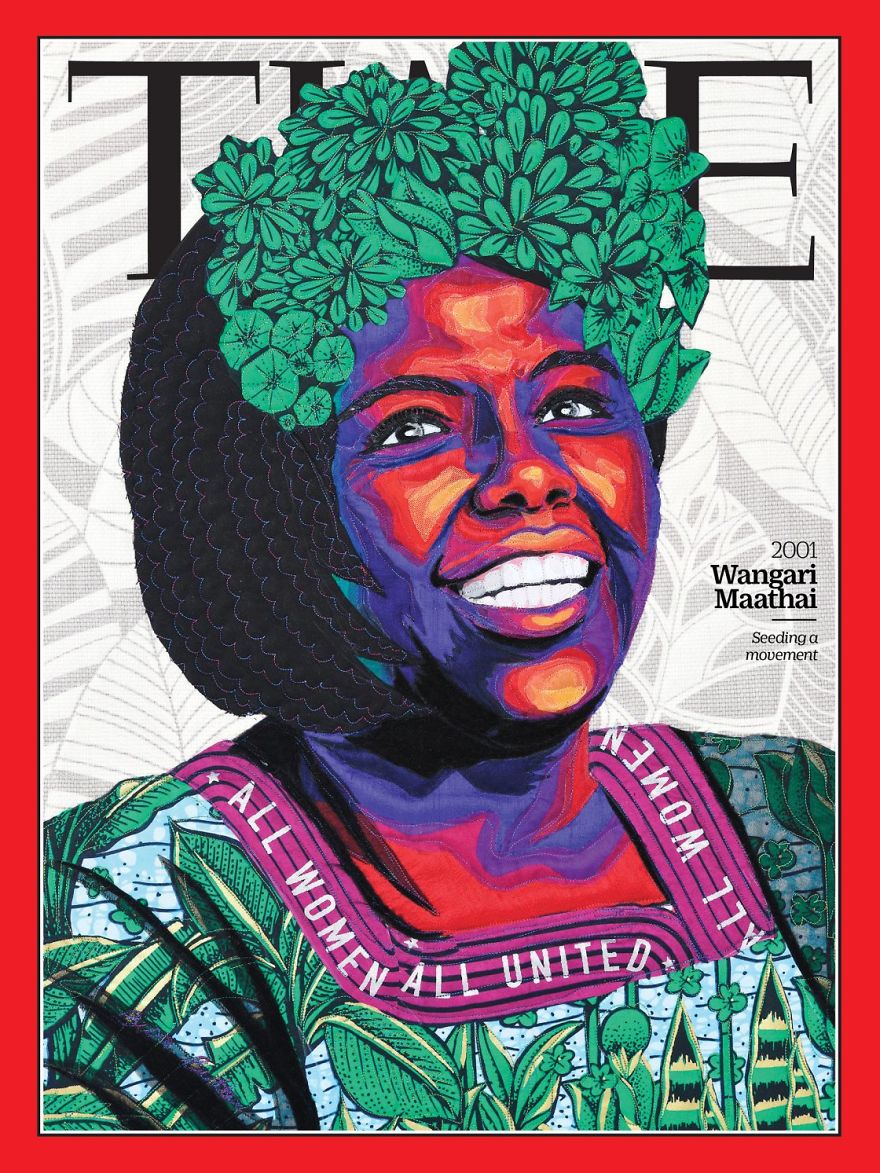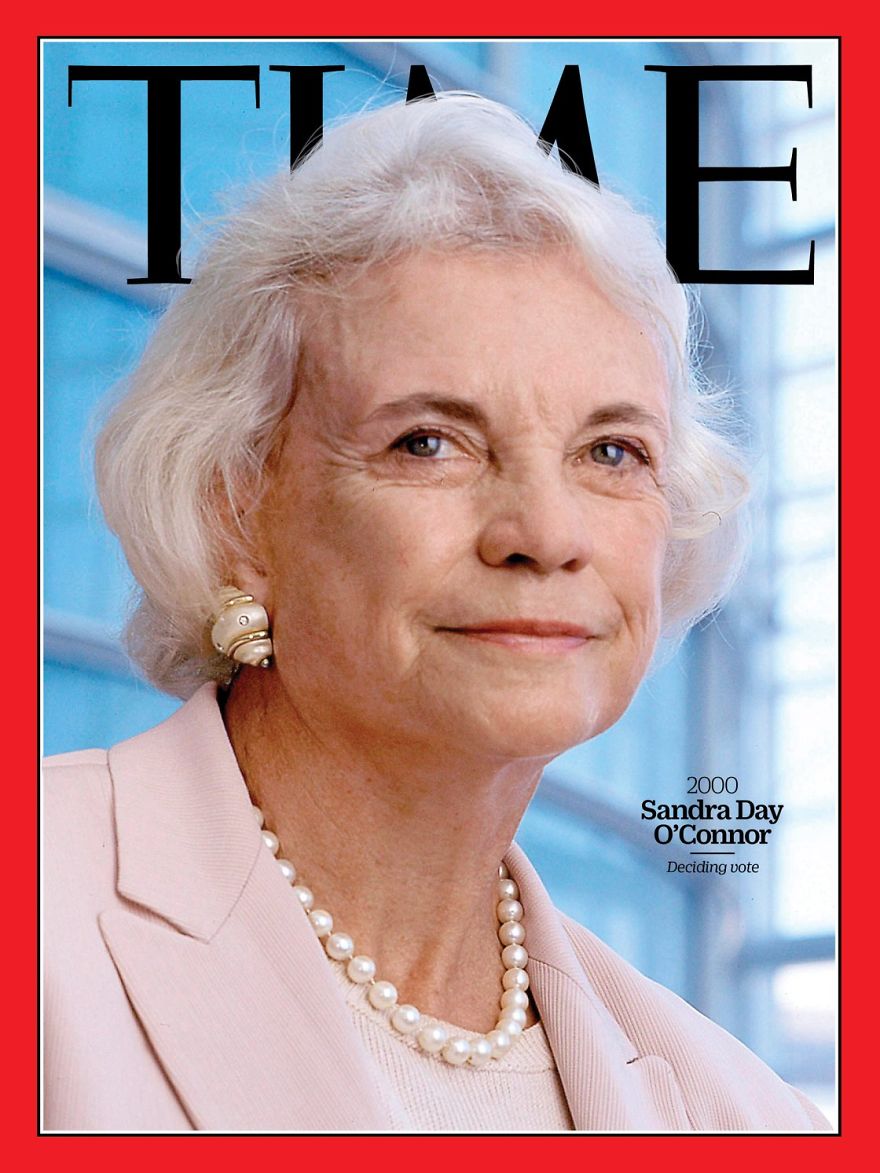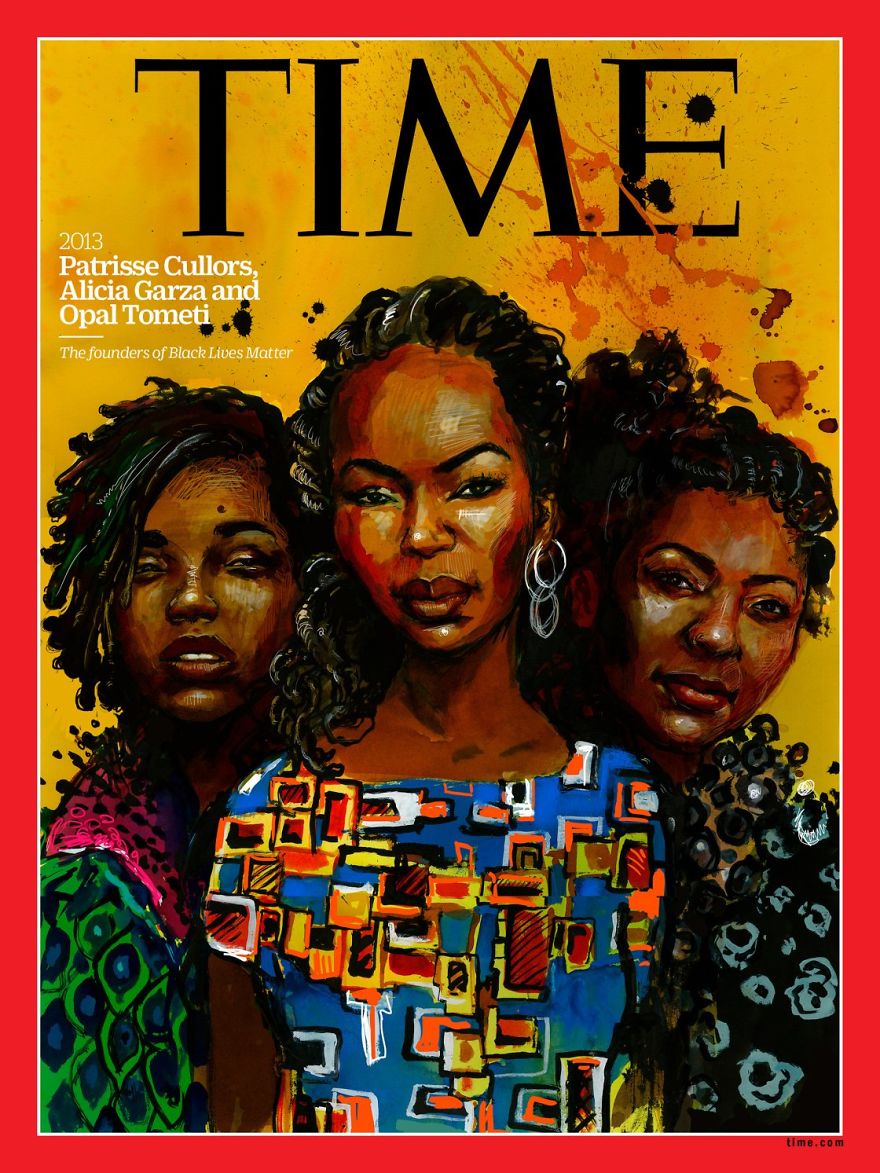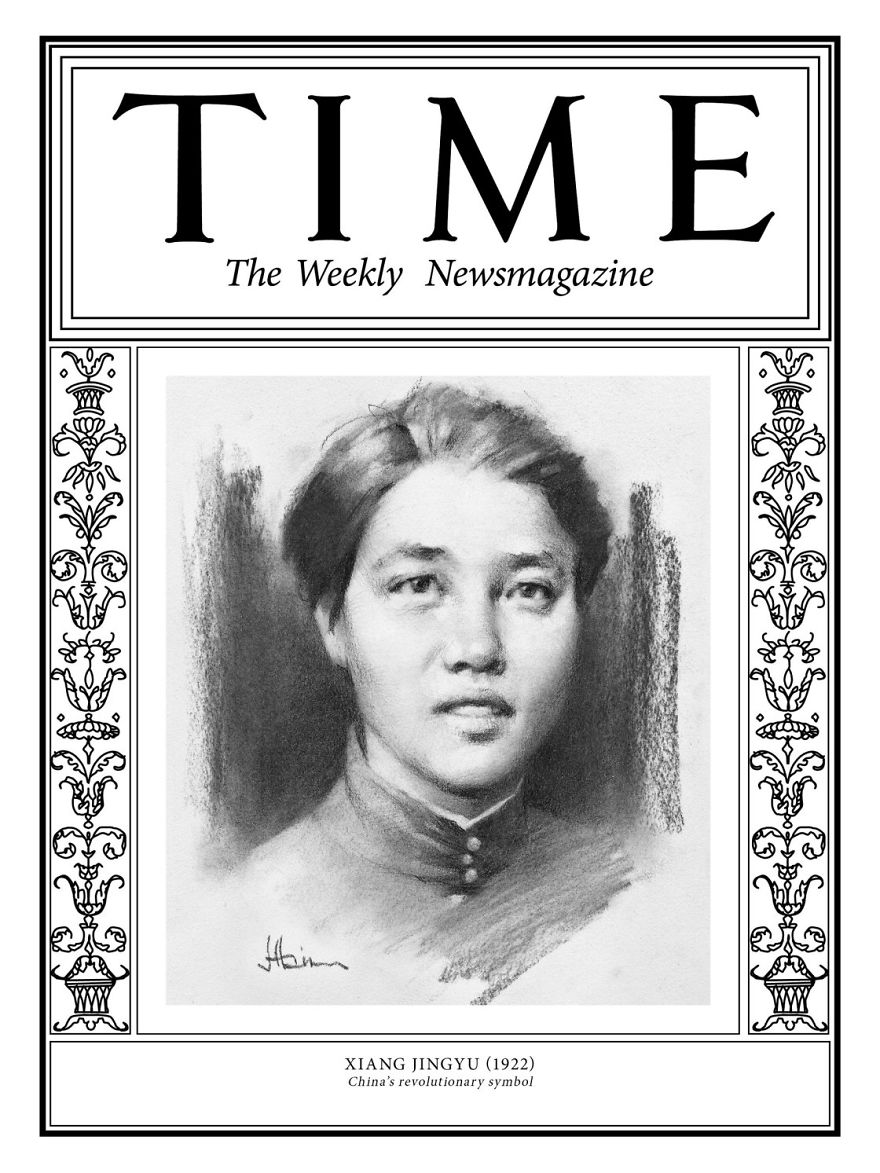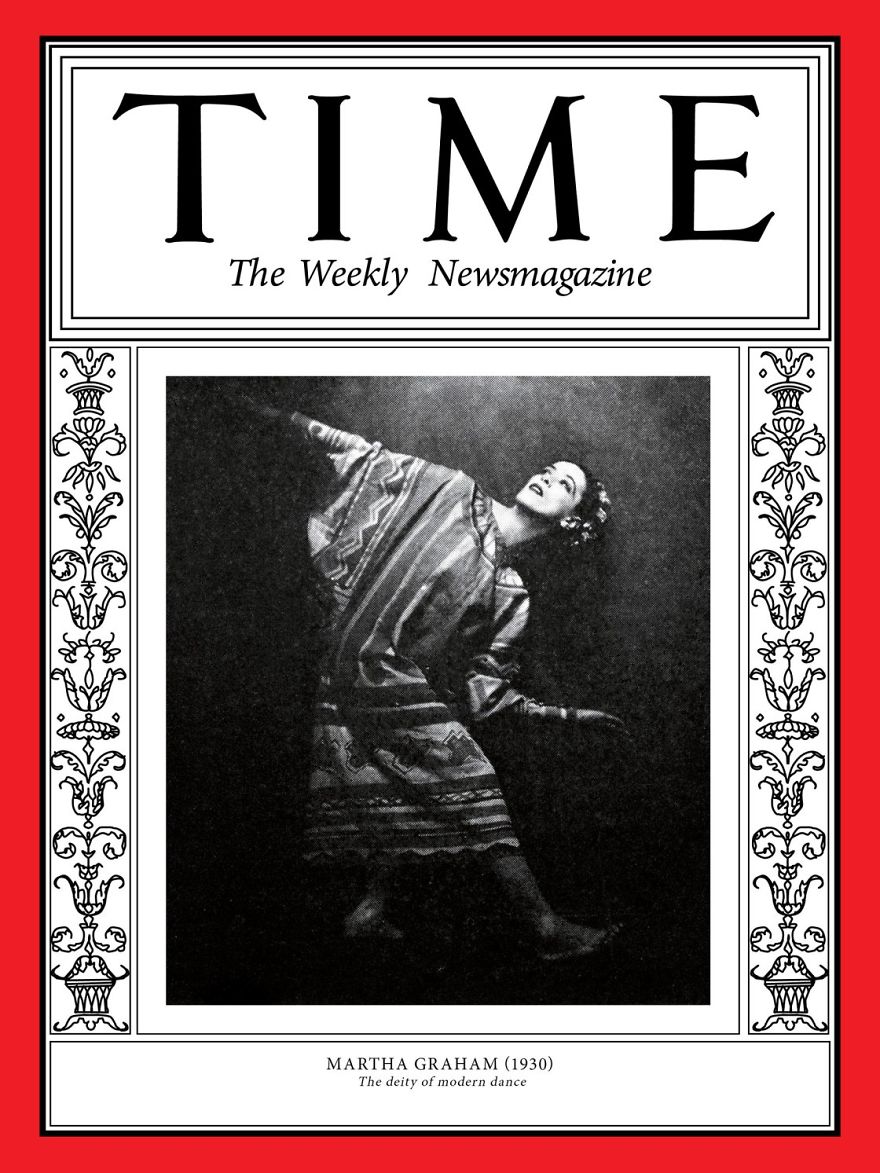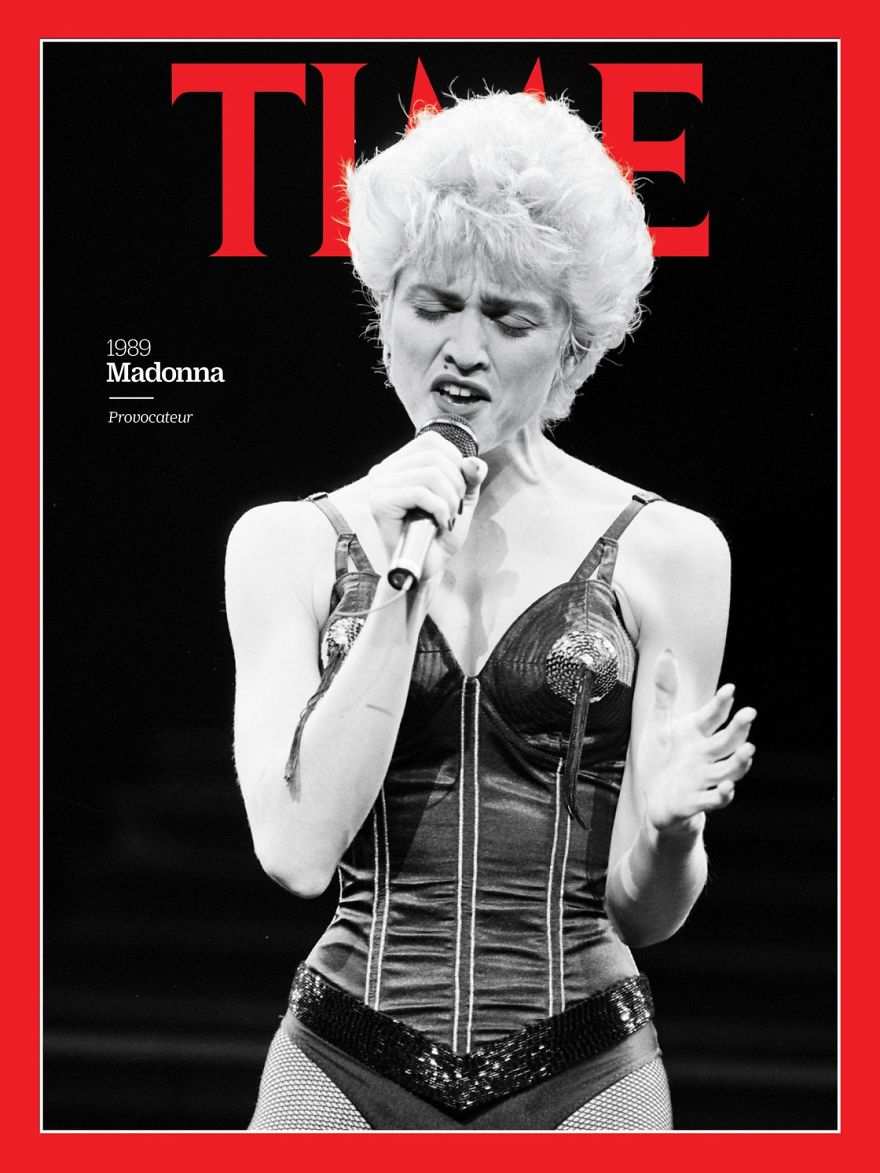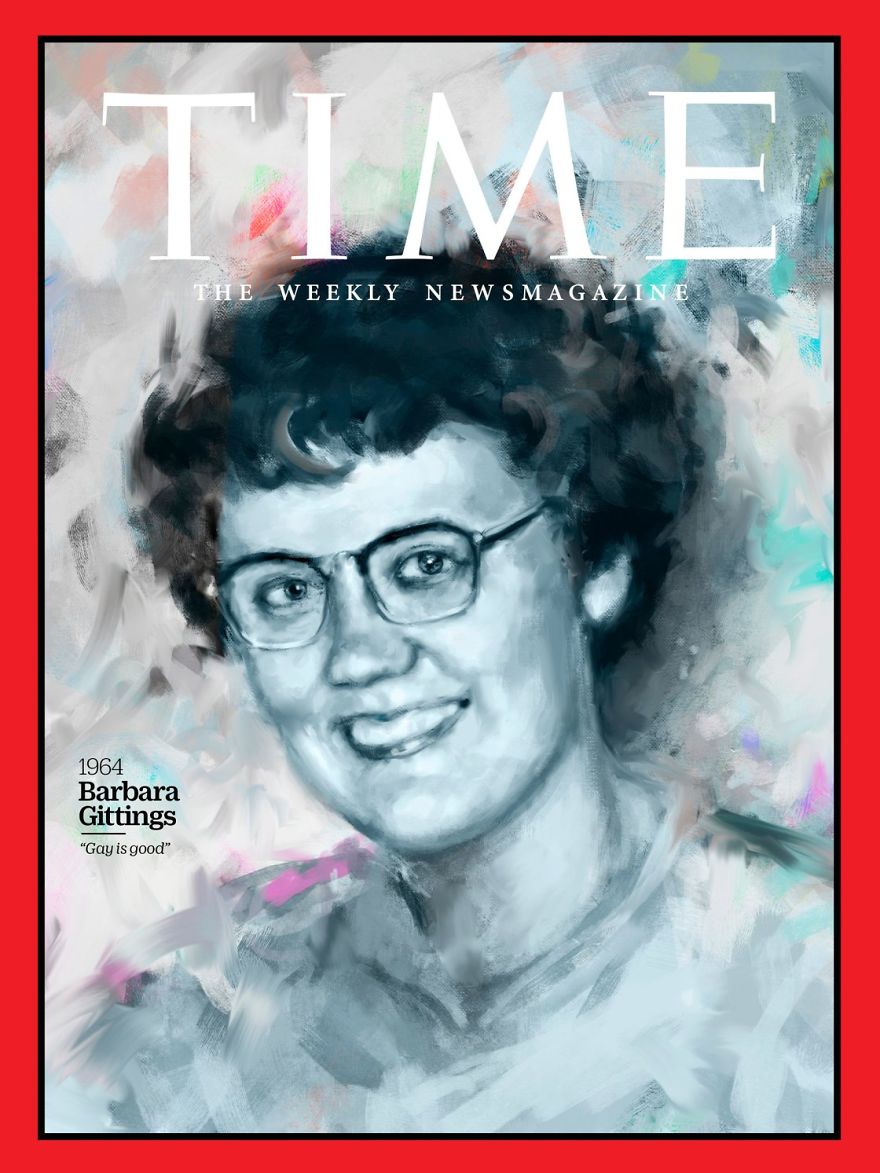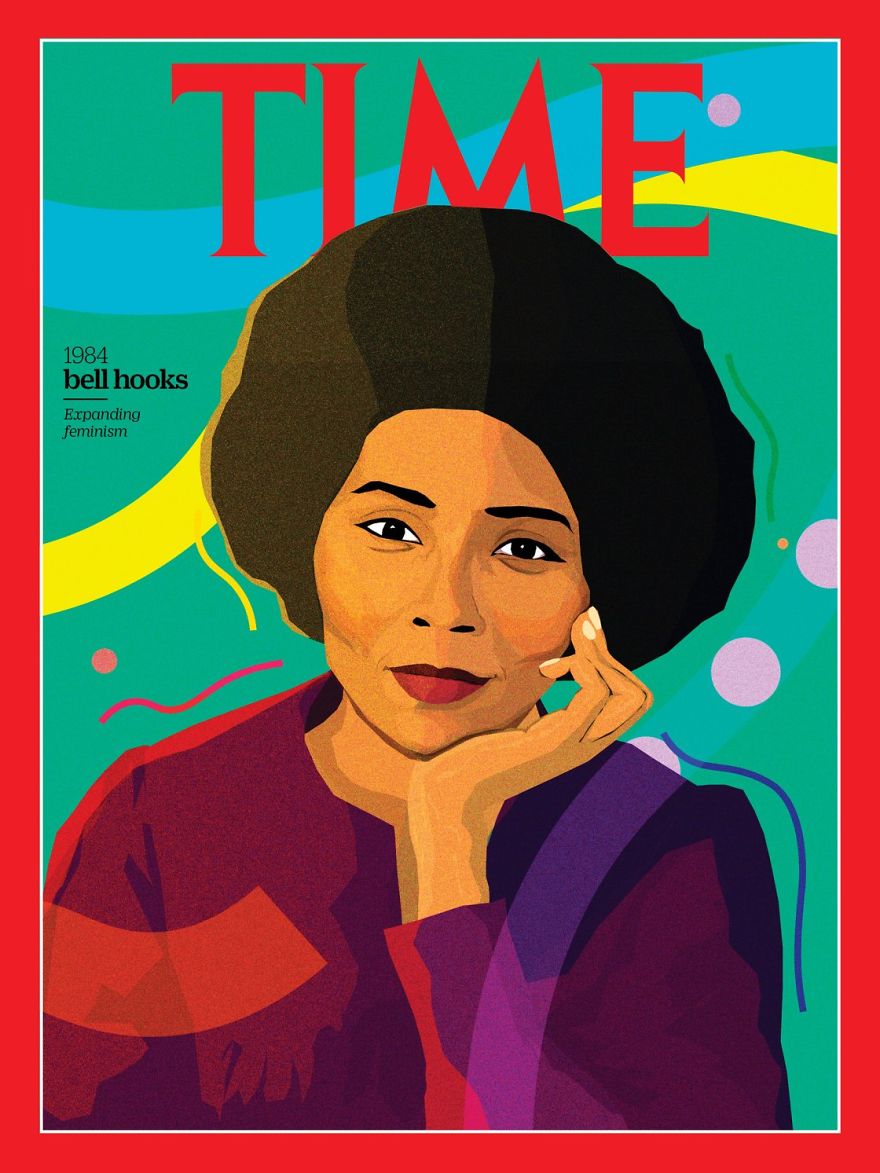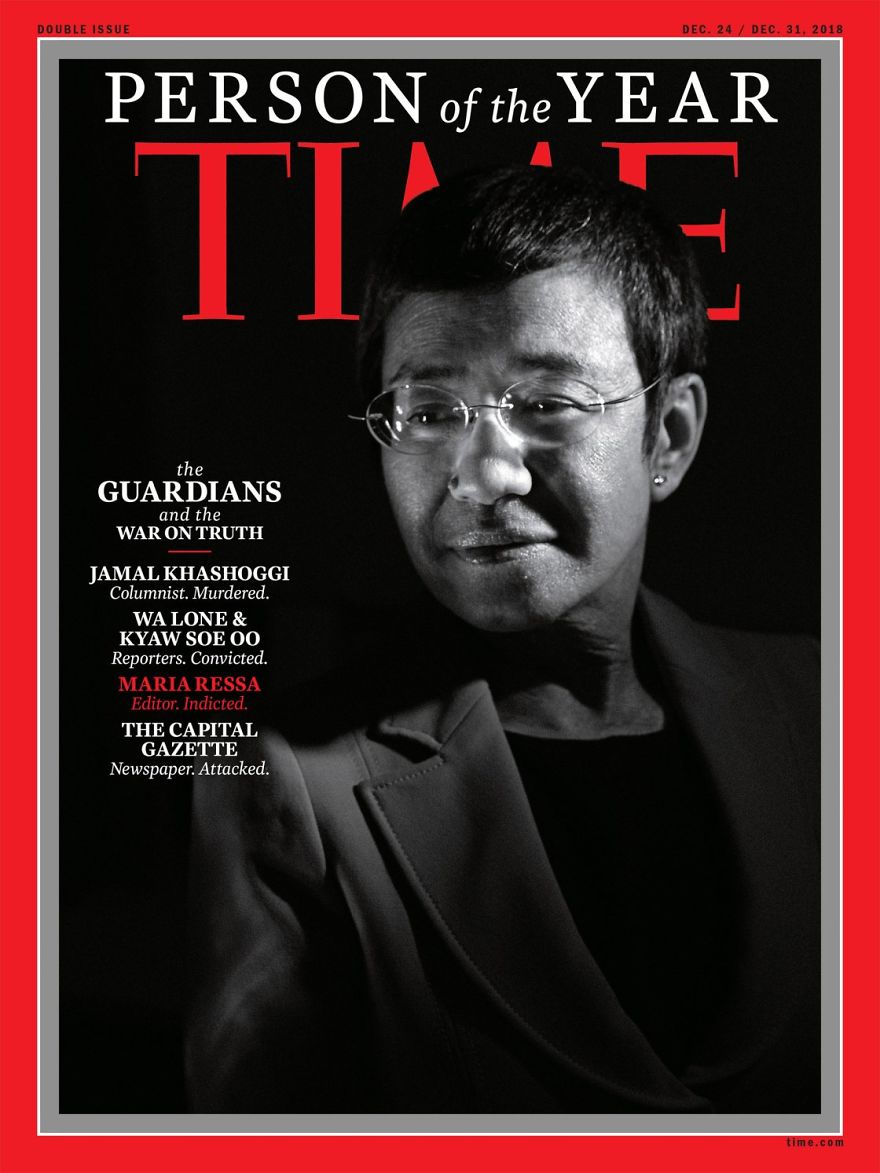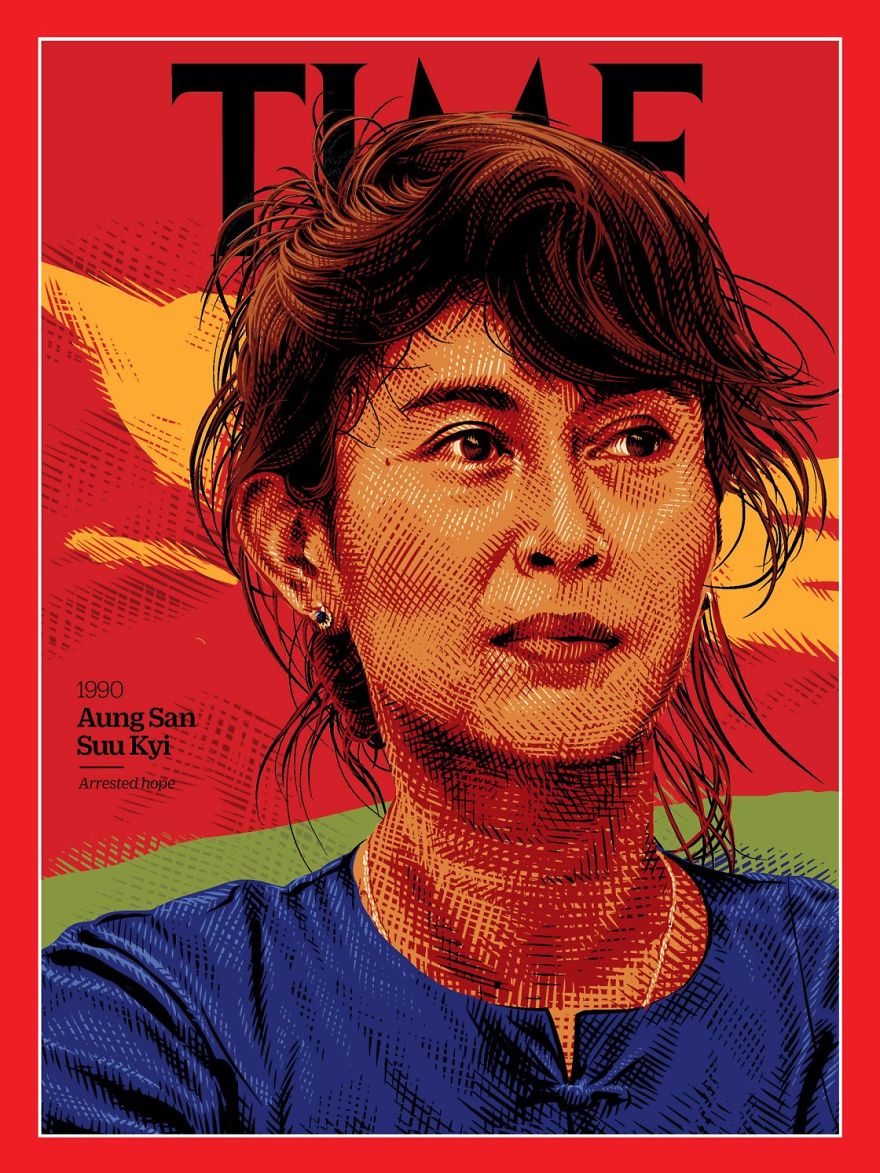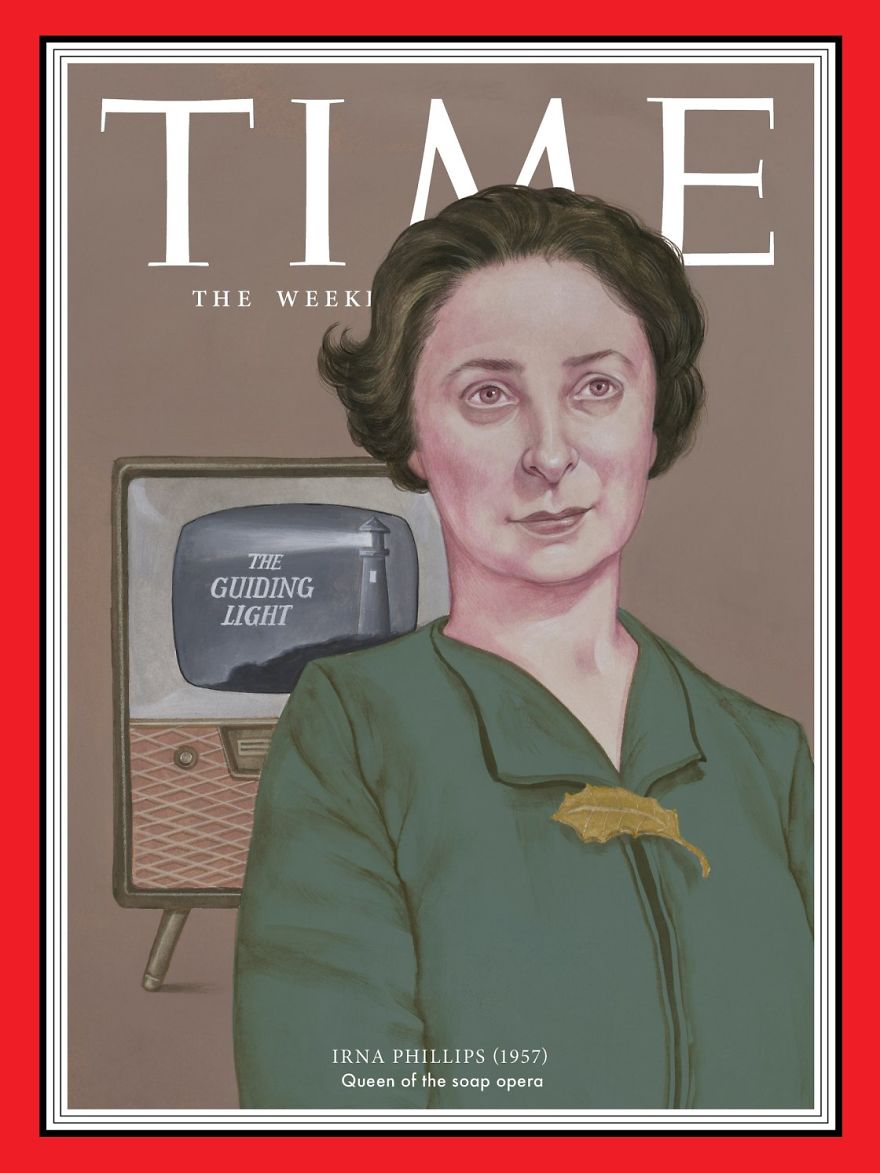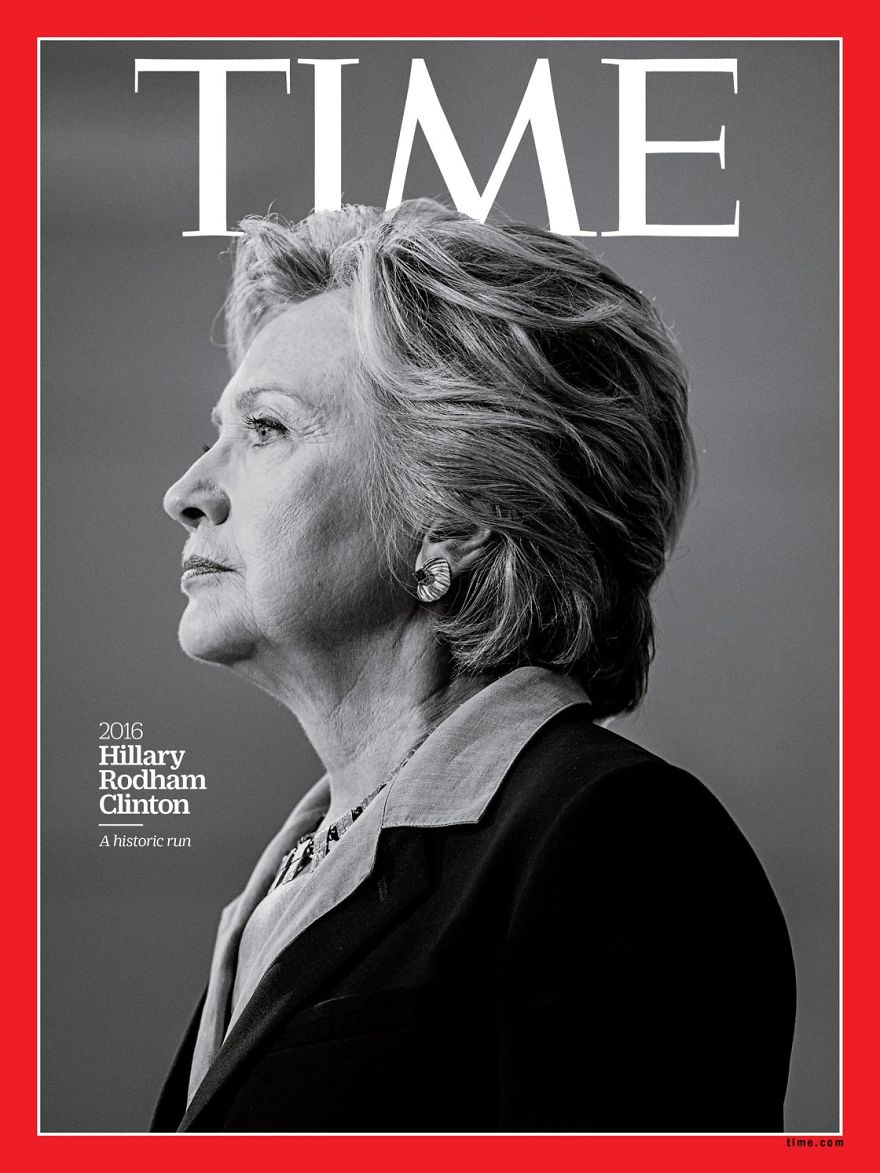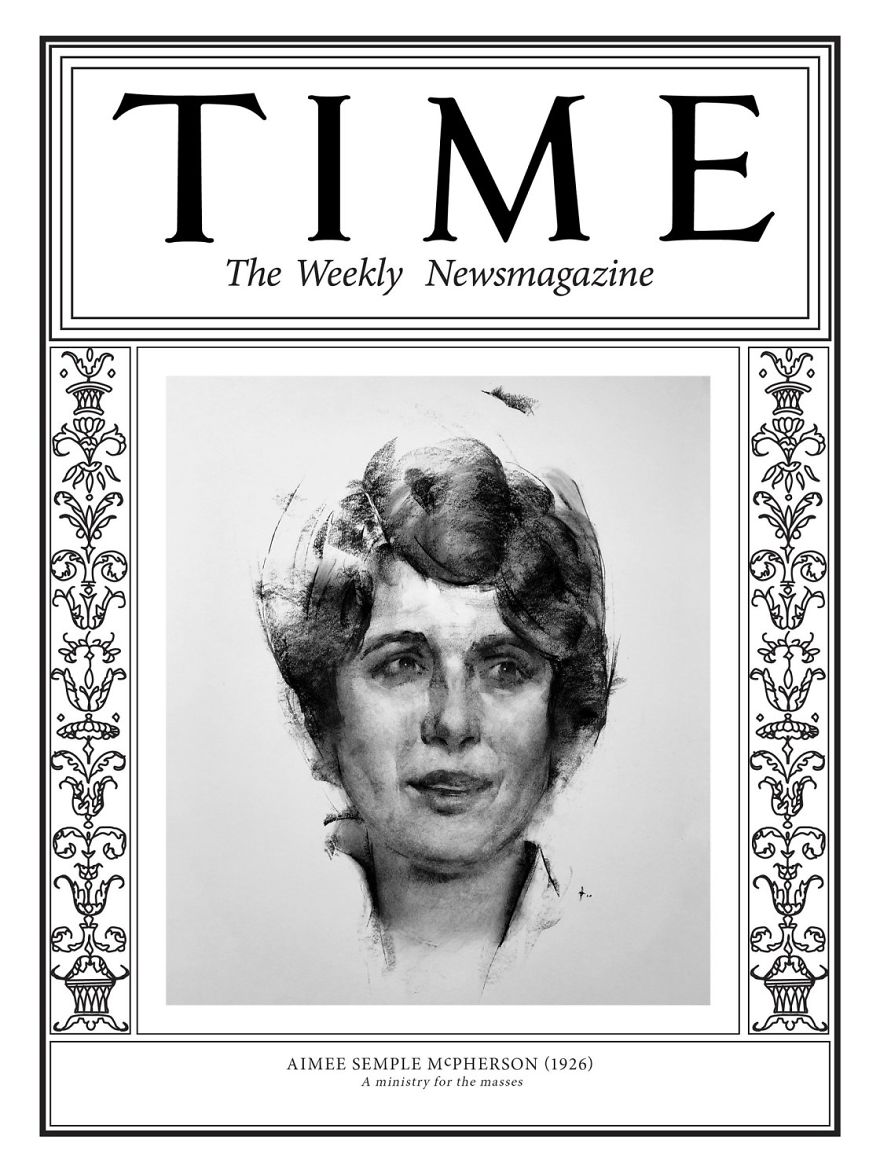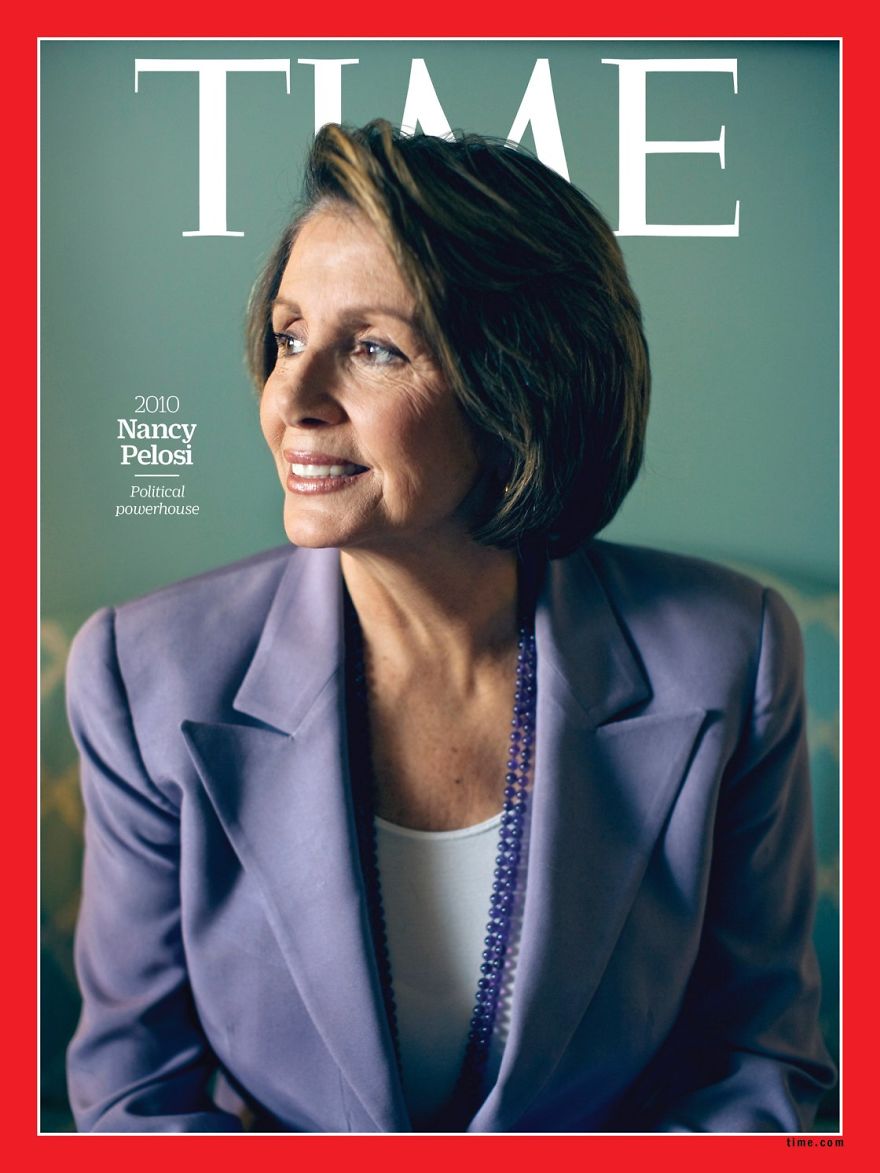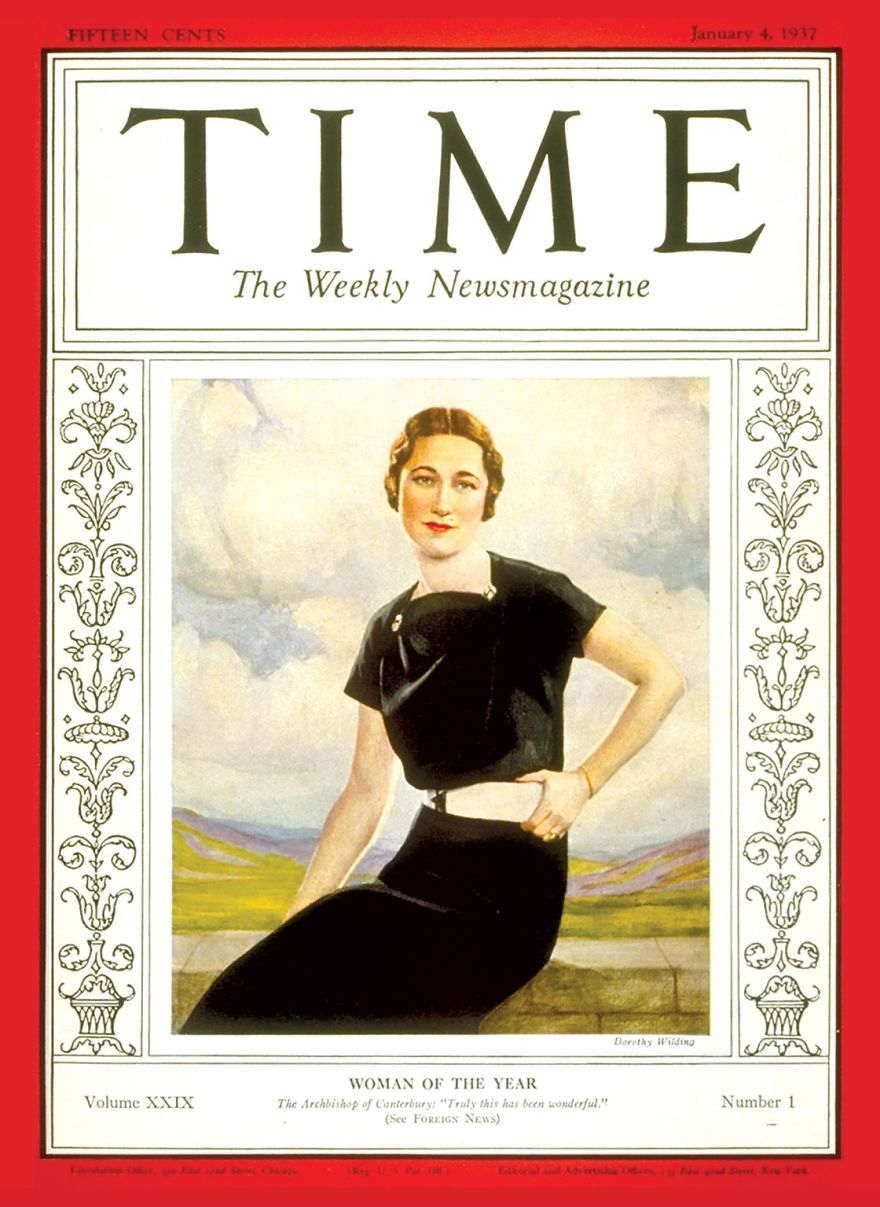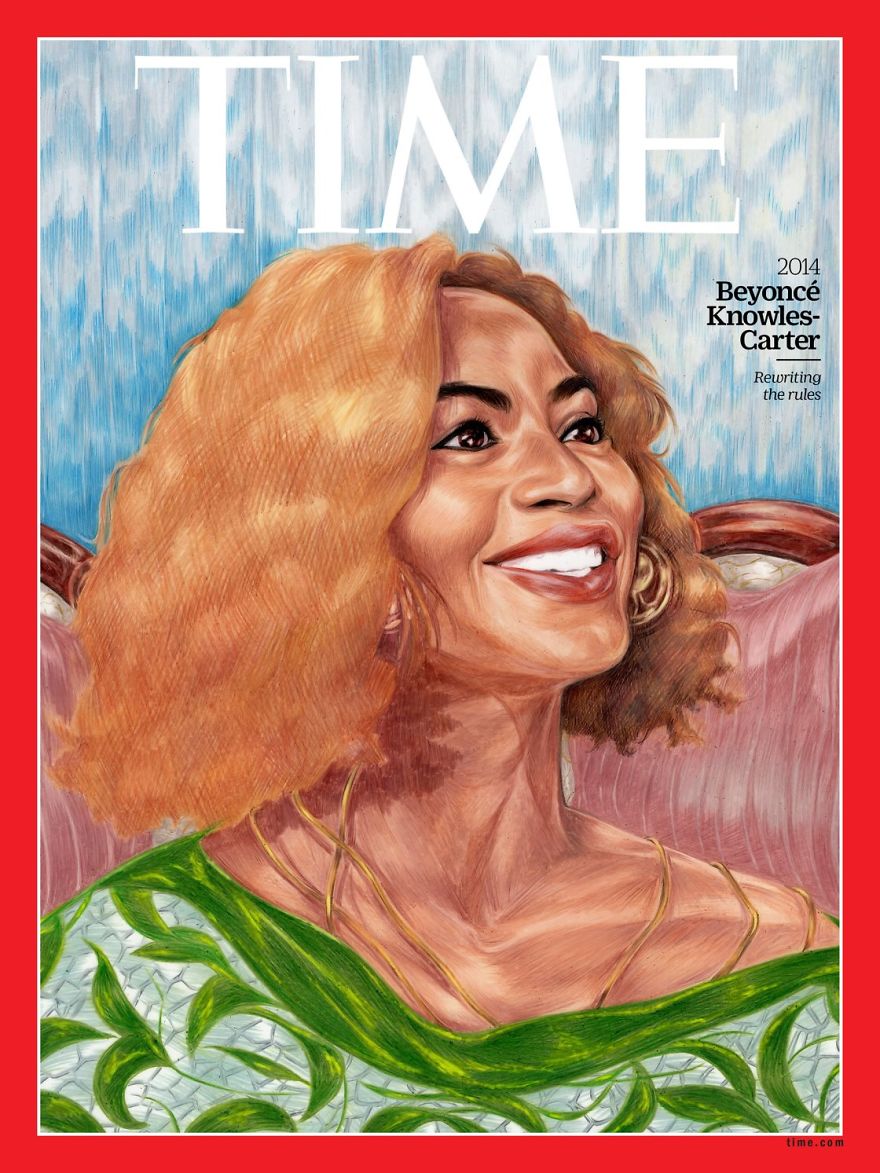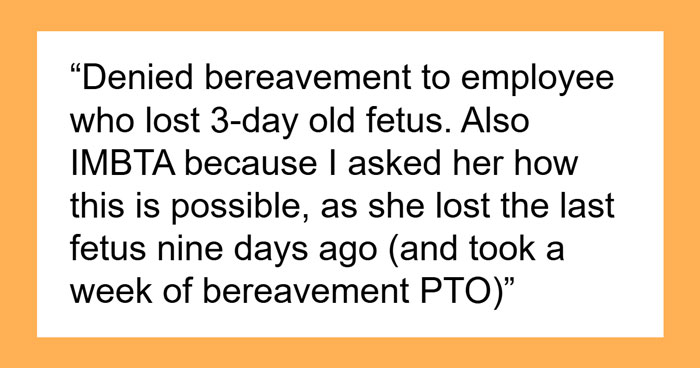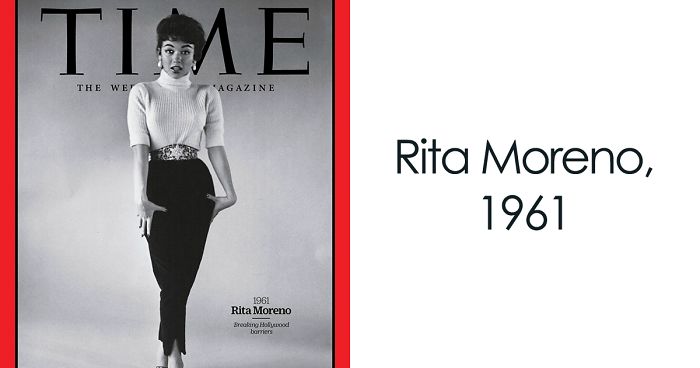
15Kviews
Time Releases ‘Woman Of The Year’ Covers That Contain The Most Influential Women Of The Past Century (30 Pics)
Women's Day is over, but our appreciation for women doesn't end. There are so many women that deserve recognition, that have done so much for our world to be a better place. That's why Time magazine decided to honor all females from 1920 to the present. They took the most influential and powerful women from the past century and made "Person of the Year" covers with them, explaining why they deserve to be there.
Over the past 100 years, only five women have been named "Person of the Year"—Wallis Simpson (1936), Elizabeth II (1952), Corazon Aquino (1986), Angela Merkel (2015), and Greta Thunberg (2019). So here are 100 women that have shined with their skills and ambition. Read about their achievements and vote for your favorite one.
Are there more women you wish were on the cover of Time magazine? Which one inspired you the most? Tell us in the comments!
More info: time.com
This post may include affiliate links.
2009: Malala Yousafzai
"When BBC Urdu asked Malala Yousafzai’s father if one of his students would blog about life under the local Taliban, his daughter took on the task. Her first post was published under the pen name Gul Makai (“cornflower”) on Jan. 3, 2009. She was 11 years old.
Over the next three years, Yousafzai wrote about her life and her desire to get an education, in a region where girls’ schools were being shuttered and bombed. As her renown grew, so did the threats against her life. On Oct. 9, 2012, a gunman from the Pakistani Taliban boarded a school bus, called her out by name, then shot her in the face. When I heard the news, I was shaken to the core—here was a girl, just a year or two older than my own children. But Yousafzai not only survived but thrived, as an author, activist, Nobel Peace Prize laureate and role model for anyone who wants to make the world a better place.
I often think about Yousafzai’s bravery in daring to raise her voice on behalf of others and our obligation to follow her example—to be vigilant in the protection of basic human rights, whatever our age, whatever our circumstance. We can start by heeding her words: 'Let us pick up our books and pens. They are our most powerful weapons.' — Jennifer Salke"
1997: Ellen DeGeneres
"Comedian and actor Ellen DeGeneres appeared on the cover of TIME in 1997 along with three seismic words: 'Yep, I’m gay.' The lead character on her sitcom, Ellen, came out at the same time, making DeGeneres the first to play a gay lead on American network TV. It was an enormous risk. At the time, polls showed that more than half of Americans believed same-sex relations were 'always wrong.' There was blowback.
However, ultimately the risk paid off, and not just for Ellen, who described the decision as 'the most freeing experience.' As she persisted and then thrived in show business, generations of LGBTQ people felt a new sense of possibility. 'If I hadn’t seen her on TV,' comedian Kate McKinnon, an openly lesbian cast member on Saturday Night Live, said in a tribute this year, 'I would’ve thought I could never be on TV.' – Katy Steinmetz"
1938: Frida Kahlo
"Frida Kahlo was often seen through the lens of her more famous husband. In 1938, a press release for her first solo exhibit initially described her as the 'wife of Diego Rivera' before conceding that 'she proves herself a significant and intriguing painter in her own right.' These days, it’s more common for Rivera to be viewed in her shadow. And Kahlo’s work in 1938 turned out to be instrumental in building her legacy, as she came to prominence around the world for her vivid and surreal self-portraits: in New York City, where that solo show was met with excitement and curiosity; in her hometown of Mexico City, where she sold her first major painting; and in Paris, where a work she painted that year would soon make her the first 20th-century Mexican artist to have a painting, The Frame, bought by the Louvre, beating even her husband to that milestone. But the struggle was far from over for Kahlo, who lived a tumultuous life beset by hardship and heartbreak.
She contracted polio as a child. At 18, she was the victim of a horrific bus accident that left her in debilitating pain. She miscarried several times; her relationship with Rivera was vexed by infidelity. Kahlo channeled this turmoil into breathtaking, iconoclastic art.
She depicted taboo topics like abortion, miscarriage, and breastfeeding; she accentuated her unibrow and mustache in defiance of gender norms. At a time when indigenous art wasn’t taken seriously, she incorporated Mexican folkloric touchstones into both her paintings and her unique fashion sensibility. She railed against capitalism and imperialism. Through her deconstruction of long-held beliefs about artistry—and her ability to express both torturous pain and unfettered joy in her art—she remains one of the most enduring artists of the 20th century. — Andrew R. Chow"
In her time it was unheard of for a woman to be her own person. Women were always in the shadows of their husbands. She was beyond remarkable!
1920: The Suffragists
"It was the culmination of generations of activism, and Carrie Chapman Catt, who had devoted three decades to the suffrage struggle, was among the crowds that celebrated the ratification of the 19th Amendment in 1920. 'Women have suffered agony of soul which you never can comprehend, that you and your daughters might inherit political freedom,' Catt told a victorious throng. 'Prize it!'
Among those agonies was an ongoing debate about how women should go about securing those rights—and the ongoing disenfranchisement of women of color. Catt opted for pragmatism and politics, lobbying on a state level and in the halls of Congress. Along the way, she tussled with Alice Paul and Lucy Burns, militant suffragists who preferred a more dramatic approach. Paul and Burns organized public parades and staged a groundbreaking, years-long White House picket with banners that implored President Woodrow Wilson to act. The 'Silent Sentinels' endured arrests and imprisonment in a squalid workhouse where they were brutalized and force-fed. Which approach was more effective?
'Every movement for social change needs both,' says suffrage historian Johanna Neuman. For women of color, though, the 1920 victory did not guarantee voting rights. Despite their fervent participation in the suffrage struggle, their voting rights were secured only with the 1965 Voting Rights Act."
1953: Rosalind Franklin
"Without Rosalind Franklin, there may have been no James Watson and Francis Crick—or, more specifically, no global fame and Nobel prize. Trained as a chemist, Franklin created an X-ray photograph that provided evidence of the double-helix structure of DNA molecules. In 1953, Watson, who had been investigating the structure of DNA as well, was shown the image and immediately knew its significance. 'The instant I saw the picture my mouth fell open and my pulse began to race,' he wrote in his 1968 book, The Double Helix. 'The black cross of reflections which dominated the picture could only arise from a helical structure.'
The image was not proof, but critical evidence, as was the data Franklin had derived when she analyzed the image. Watson, Crick and their colleague Maurice Wilkins came by the image and data legitimately in the course of their work, and no one ever seriously alleged intellectual theft. But no one pretends either that they could have achieved their later breakthrough, proving the double-helical structure of DNA, without Franklin’s work. Yet when Watson and Crick published their findings in 1953, and when they and Wilkins won the Nobel Prize for the same findings in 1962, Franklin was forgotten. In 1958, at age 37, Franklin died of cancer.
Only now is she being appreciated. In my cancer advocacy work, I’ve met female scientists who are welcomed and respected by their male colleagues. I’m sorry Rosalind Franklin wasn’t. But from now on, whenever you hear the names of the two men who discovered DNA, make it a troika: Franklin, Watson, and Crick—in that order. — Katie Couric"
1935: Amelia Earhart
"When Amelia Earhart settled into her airplane on Jan. 11, 1935, ready to set off on an unprecedented solo flight across the Pacific Ocean, the aviator wasn’t just thrilling her fans. She was defying those who continued to believe that a woman’s place was in the home – not the office, not the factory, not the pilot’s seat. In the days before she planned to fly 2,400 miles from Hawaii to California, an open letter urged her to stand down, noting that ten others had died trying.
Despite poor weather in Honolulu, she pressed on, and about 18 hours later she was landing in Oakland, becoming the first person, woman or man, to perform the feat. Two years later, Earhart would fail to complete an even more dangerous attempt to fly around the world. But her grit and derring-do, on full display as thousands of cheering supporters swarmed her plane that day in Oakland, forever expanded expectations for just how far the fairer sex could go. 'Women must try to do things as men have tried,' Earhart once said. 'When they fail, their failure must be but a challenge to others.' – Katy Steinmetz."
1987: Diana, Princess Of Wales
"It’s easy to forget today what pariahs people with AIDS were in the year 1987. Ignorance, superstition and an aura of sexual seediness swirled around those afflicted, their cause of death noted in obituary columns with a vague lack of specifics that protected their relatives from opprobrium. The 26-year-old Princess of Wales lived with the specter of AIDS every day. In the loneliness of her failing marriage to Prince Charles, gay men were the bedrock of her private world: fashion designers, ballet dancers, art dealers and numerous members of the palace staff. They sympathized with her, escorted her, lightened her load. It pained her to watch them sicken and die. In April 1987, Middlesex Hospital invited her to open the first ward in the U.K. dedicated to the treatment of HIV/AIDS.
Accepting the invitation was the kind of socially progressive statement that private secretaries usually steered their principals to avoid. Diana was intensely nervous, even though she unhesitatingly agreed to do it. She knew it was the chance to dispel the stigma surrounding the disease. With her instinctive understanding of the power of gesture, she resolved not only to open the new ward but to shake the hands of 12 male patients without gloves.
Diana, Princess of Wales, shakes hands with an unidentified 32-year-old AIDS patient in his private room at Middlesex Hospital, London, April 19, 1987. Diana, Princess of Wales, shakes hands with an unidentified 32-year-old AIDS patient in his private room at Middlesex Hospital, London, April 19, 1987. AP Such was the fear of ignominy that only one patient, a 32-year-old named Ivan Cohen, agreed to be photographed with Diana, and only on condition that the picture be taken from behind. She extended her hand. The cameras rolled. A broken taboo ricocheted round the world: Diana, exuding compassion and confidence, clasping the terminally ill AIDS patient’s hand in hers. For the next decade, she continued her visits to hospitals and bedsides. A nurse present at Diana’s historic original visit told the BBC, 'If a royal was allowed to go in and shake a patient’s hands, somebody at the bus stop or the supermarket could do the same. That really educated people.' That iconic moment also had a profound impact on Diana.
It clarified what her royal status meant—a new kind of global power. Whatever its frustrations, being the Princess of Wales gave her the ability to change lives and to expand tolerance. She saw what could happen when humanitarian concern is connected with the global media. Celebrities have tried to emulate her ever since. — Tina Brown"
1929: Virginia Woolf
"In 1928, addressing distinguished female students at the University of Cambridge, novelist and critic Virginia Woolf declared, 'A woman must have money and a room of one’s own if she is to write fiction.' Replace 'write fiction' with any creative, intellectual or political pursuit, and in a sentence, Woolf had summed up millennia of inequality. In her 1929 extended essay 'A Room of One’s Own,' Woolf played with both fiction and nonfiction, building on the themes of her lectures.
She invented the indelible figure of Judith Shakespeare, sister of William, who had equal talent but would never become a world-famous playwright because she was barred from education and relegated to the home. Suddenly, readers imagined a world history filled with the ghosts of gifted women and the works they never had the opportunity to create.
Before 1929, Woolf had established herself with Mrs. Dalloway and To the Lighthouse as one of the boldest novelists of the 20th century, and then when 'A Room of One’s Own' was published to both celebration and outrage, she became a political visionary too. Her essays were—and still are—a rallying call to women around the world. — Lucas Wittmann"
1949: Simone De Beauvoir
"Simone de Beauvoir was born in 1908 into an upper-class Catholic family. While studying for the competitive agrégation exam in philosophy, which she passed in 1929, she met Jean-Paul Sartre, the great love of her life. In 1949, she published The Second Sex and revolutionized feminist thought. She won France’s highest literary prize in 1954 for her novel The Mandarins and, in 1971, wrote the text of the Manifesto of the 343, a French petition to legalize abortion.
At 16, I stumbled upon an image of de Beauvoir sitting in Café de Flore in Paris with a stack of books. 'She’s a famous author,' my mother told me. I went to the library and borrowed The Second Sex, expecting an erotic book that would answer my burning questions. The first few pages were a disappointment. This wasn’t a book about love or sex, nor a treatise on pleasure. But I kept going. It was a revelation. De Beauvoir exposed a long-hidden truth: that there is no female nature.
She consulted biology, history, mythology, literature, ethnology, medicine and psychoanalysis to question the roles assigned to women. The book told me that I control my destiny. If there is no fixed female essence, then we too are only what we do. The Second Sex provided me with weapons to understand, to defend, to respond and to persuade. It gave me the desire to write, an exercise in reclaiming the self. De Beauvoir knew: 'Freedom is an inexhaustible source of discovery, and every time we give it a chance to develop, we enrich the world.' — Leïla Slimani, translated from French by Gretchen Schmid."
1948: Eleanor Roosevelt
"Having held the title from 1933 to 1945, Eleanor Roosevelt was the longest-serving First Lady in U.S. history. What she did with the office was impressive: by crisscrossing the country to promote President Franklin D. Roosevelt’s agenda, and by producing a radio show and newspaper column, she showed that First Ladies could play an active part in Executive Branch affairs.
And yet she left an even greater legacy after her time in the White House ended. When FDR died in 1945, his successor, Harry S. Truman, appointed the erstwhile FLOTUS to be America’s first delegate to the newly created United Nations. As chair of the U.N. Commission on Human Rights, she worked in the years after the Holocaust to prevent future world wars and spearheaded the Universal Declaration of Human Rights, which the General Assembly adopted on Dec. 10, 1948.
Its statement that 'All human beings are born free and equal in dignity and rights” is still considered a foundation of international human rights law. It’s no wonder she called that work her “most important task.' — Olivia B. Waxman."
1934: Mary McLeod Bethune
"Mary McLeod Bethune’s résumé was already peppered with superlatives and onlys, but in 1934 the civil rights activist was a woman on the brink of the most political power wielded by an African-American woman to date. By continually lobbying the federal government to tend to the needs of African Americans, she had already gained the ear of Presidents Coolidge and Hoover.
As the nation reeled during the Great Depression, she pushed Roosevelt to pay attention to black Americans too. Soon, the former teacher and women’s group organizer would step into an official New Deal role as head of the National Youth Administration’s Division of Negro Affairs and head of what would be known as FDR’s “Black Cabinet,” becoming the highest-ranking African-American woman in government and the first ever to head a federal department.
During her government tenure, she fought for integration and against segregation, discrimination and lynching. As a colleague once said, “No one can do what Mrs. Bethune could do.” — Erin Blakemore."
1945: Chien-Shiung Wu
"Few people, when asked about the Manhattan Project and the weapons it created, call to mind the name Chien-Shiung Wu. But without the physicist, the project might have failed, perhaps prolonging World War II into 1946 and beyond. Wu was born in China in a town north of Shanghai in 1912, to parents who not only believed in educating girls but also founded a school that took care to include them.
Wu emigrated to the U.S. in 1936, where she ultimately taught physics at Princeton University, and where she made two key contributions to building the bombs that ended the war. The first came in 1942 when Enrico Fermi was having trouble keeping his plutonium chain reaction running at a government research complex. As the tale is told, he was advised to 'ask Miss Wu.' She correctly diagnosed the problem as xenon contamination.
The second was after Wu formally joined the Manhattan Project when she helped develop the method for separating nonfissionable uranium 238 from fissionable U-235—the bomb’s key fuel. When the weapons were used in 1945 and the war was won, names like Fermi and Oppenheimer would be recalled best. But all owe some of their notoriety to the wisdom of Miss Wu. — Jeffrey Kluger"
1942: The Resisters
"Historians who hail the heroes of World War II typically focus on soldiers storming the beaches of Normandy or Allied troops liberating concentration camps. Rarely remembered are the networks of quiet, effective resisters who also risked their lives to thwart Nazi atrocities while the war raged on. These resisters are exemplified by women like Miep Gies, who in 1942 decided without hesitation to hide Anne Frank and her family along with others in Amsterdam.
She later preserved the teen’s diary, which allowed future generations to learn about life during the Holocaust and hear Anne’s unique voice. That same year, 28-year-old Haviva Reik enlisted with the pre-state of Israel’s elite Palmach fighting force and later joined a unit of paratroopers, hoping to be sent to her native Slovakia to rescue Jews trapped under Nazi occupation. The British refused to transport a woman for a military mission, so Reik secured a ride from American pilots and met her colleagues behind enemy lines, in the middle of the Slovakian national uprising.
After arriving, she fed starving Jewish residents, helped some escape and eventually rallied Jewish partisan fighters. In 1944, she was captured and killed by Nazi collaborators. Hannie Schaft, another young dissenter, went from law student to legendary fighter when she and two friends seduced and killed Nazis as part of their work with the Dutch resistance. Her tactics were so infamous that Germans referred to her simply as “the girl with the red hair.” And Hannah Szenes, who grew up experiencing anti-Semitism in Hungary, joined the British army in Palestine, parachuted into Yugoslavia and was captured trying to save Jews at the height of their deportation from her home country.
Despite being tortured and put on trial, Szenes refused to betray her mission and was also executed in 1944. In her diary, Anne Frank wondered, “How many people look upon women too as soldiers?” They may not have fought on the front lines, but underground fighters and everyday objectors saved Jews and helped preserve the memory of the horrors that took place and the millions of lives that were lost. — Abigail Abrams"
1951: Lucille Ball
"Lucille Ball spent decades drifting between stage, screen and radio before she found her niche. But TV made her a star, perhaps because she so passionately defended her vision for the first great sitcom, I Love Lucy. CBS initially declined to cast Ball’s husband Desi Arnaz as the foil to her daffy housewife, fearing the marriage of a white woman and a Cuban-born man would alienate viewers.
So the couple self-financed a pilot too good to refuse. In the second season, an expecting Ball helped destroy a taboo that framed pregnancy as salacious proof that a woman had been sexually active, with a story line about the birth of Little Ricky. Working in a medium that reflected and helped shape the postwar U.S. family, the show offered an image of domestic life that was more progressive, but also just funnier, than the sanitized world of Ozzie and Harriet. Ball wielded even more power behind the camera.
After splitting with Arnaz, she took over Desilu, the production company that launched Star Trek and Mission: Impossible. Three decades after her death, Hollywood’s most powerful women—from Julia Louis-Dreyfus to Reese Witherspoon—walk a path she cleared. — Judy Berman."
She was a brilliant businesswoman, comedian, and actor. I can't believe this isn't voted higher. Maybe most of you are to young to remember her. If you don't know about her and what she's done, you really should read more about her. If it wasn't for her, Ellen wouldn't have been able to do what she did. What an amazing woman!
1998: J.K. Rowling
"In the fall of 1998, Harry Potter crossed the Atlantic. The wizarding world imagined by author J.K. Rowling already had a foothold in Europe: the release of Harry Potter and the Chamber of Secrets in the U.K. that July made it the first children’s book to top the British hardback best-seller list. Buoyed by the series’ success and critical acclaim across the pond, the first Harry Potter book debuted stateside in September to enthusiastic reviews.
Before year’s end, Warner Bros. had secured the film rights, and the boy wizard was on his way to becoming a globally recognized brand. Two decades later, authors who cite Rowling as a creative influence—from Rick Riordan to Tomi Adeyemi—are power players in their own right, and the publishing industry has been transformed by Rowling’s unlikely rise. The billions of dollars Harry Potter made in bookstores and at the box office resulted in a surge in similar fare, from Twilight to The Hunger Games.
Melissa Anelli, author of Harry, a History, says the series proved to publishers that young audiences are 'not just willing to read a book, but would follow the stories they loved to the end of the earth'—and thus, that young-adult literature is worth serious investment. — Cate Matthews"
1959: Grace Hopper
"Grace Hopper graduated from Yale in 1934 with a mathematics Ph.D., and her service in the U.S. Navy Reserve during World War II put her on the front lines of computer science in the 1940s. By 1959, she had helped to create and popularize COBOL, one of the first standardized computer languages.
As a pioneer in programming, Hopper shaped the world of software as we know it today—and paved the way for women everywhere to thrive in math, computer science and service to their countries. In 2016, President Obama posthumously awarded her the Presidential Medal of Freedom, saying, 'If Wright is flight and Edison is light, then Hopper is code.' — Susan Fowler."
I still have my 11" copper "nanosecond" she sent me after I wrote her when I was 11. So very gracious to answer a kids query.
1979: Tu Youyou
"Tu Youyou’s first triumph over an infectious disease was her recovery from tuberculosis as a teenager, an experience that inspired her to pursue a career in medicine.
History will remember her for her role in discovering artemisinin, a drug that has prevented millions of deaths from malaria. Artemisinin is derived from sweet wormwood, a plant used in traditional Chinese remedies.
Tu has described her team’s findings, published in English in 1979, as 'a gift from traditional Chinese medicine to the world.' The discovery earned her a Nobel Prize and won humanity important ground in the battle against one of history’s deadliest diseases. — Melinda Gates"
1931: Maria Montessori
"In thousands of classrooms around the world, as children work independently to solve math problems with beads and learn the alphabet with sandpaper letters, their activities can be traced back a century to Maria Montessori’s radical educational philosophy.
One of the first female physicians in Italy, Montessori developed early-childhood teaching methods that made the student a respected collaborator and independent thinker, rather than the submissive pupils of yore. In 1931, she trained teachers through her Association Montessori Internationale and hosted Mahatma Gandhi, who supported the use of her methods in India. Her approach has educated generations. — Katie Reilly"
This is the only model for teaching young children any school or day care should use. She was a trail breaker in her quest to remove the stigma of poverty from children who were locked up in their homes all day as their moms worked 12 and 16 hours. these children had intellectually deprived childhoods and were believed to be genetically inferior. it was a situational inferiority easily remedied by challenging the Childs mind with simple problems to solve. Each was self educated. in her style of teaching, and what lesson is better learned than one in which the student/child experiences the Gestalt of realization?
1955: The Bus Riders
"In the hours after Rosa Parks’ arrest on Dec. 1, 1955, Women’s Political Council president and Alabama State College professor Jo Ann Robinson used the school’s mimeograph machine to run off a set of flyers. “Another Negro Woman has been arrested and thrown into jail because she refused to get up out of her seat on the bus for a white person to sit down,” they read. “Don’t ride the buses.”
At the time, 75% of the people who rode the bus in Montgomery, Ala., were African American—and they knew there was strength in numbers. The boycott announced in that flyer lasted more than a year, and its seeds had been sown long before. Claudette Colvin, 15, had refused to give up her seat that March. So had Aurelia Browder, 36, in April and Mary Louise Smith, 18, in October. Black Montgomery residents were aghast when two policemen dragged Colvin off the bus on March 2. Martin Luther King Jr., an activist minister who had just moved to the area six months prior, helped fight Colvin’s arrest—knowing that, with Brown v. Board of Education having struck down school segregation in 1954, the door was open for other legal challenges to segregation, says historian Jeanne Theoharis.
But while Colvin was charged with violating the city bus segregation law, she was only convicted of assaulting a police officer, so a direct legal challenge to that specific law couldn’t be made. Parks was well aware of Colvin’s case, having invited her to the local NAACP chapter’s youth meetings. So Parks didn’t resist when she was arrested, making sure she could be charged only with violating segregation law.
Years of involvement in the civil rights movement factored into this act of defiance; she has said she felt “pushed as far as I could stand to be pushed.” In theory, this opened up a path to challenge the law, but civil rights leaders worried that Parks’ case could get stuck in state courts—an appeal by 1944 bus resister Viola White had been tied up in the Alabama courts—and that her NAACP activism could doom its chances. So in February 1956, lawyer Fred Gray filed a separate federal suit with Colvin, Browder, Smith and longtime bus rider Susie McDonald, 77, as the named plaintiffs. “No man is willing to be on the case,” says Theoharis, author of The Rebellious Life of Mrs. Rosa Parks. But four women, including two teenagers, were.
A federal district court ruled intrastate segregated buses unconstitutional in Browder v. Gayle in June; the U.S. Supreme Court upheld the decision that November. The boycott ended Dec. 20, 1956, having cost the city over $750,000 (about $7 million today). Facing death threats and unemployment, Parks and Colvin decided to move north, but their actions had already helped inform a new phase of the civil rights movement, and had catapulted King into a new leadership position.
The plaintiffs never received the recognition many male activists did, but their resistance informed both Parks’ decision to stay seated and the important legal fight that followed. With their victory, these women paved the way for the desegregation of public places, central to the civil rights movement. — Olivia B. Waxman"
1954: Marilyn Monroe
"In 1954, Marilyn Monroe—already a sex symbol and a movie star—posed on the corner of Lexington Avenue and 52nd Street in New York City, for a scene intended to appear in her 1955 film The Seven Year Itch. The breeze blowing up through a subway grate sent her white dress billowing around her, an image that lingers today like a joyful, animated ghost.
Monroe was a stunner, but she was also a brilliant actor and comedian who strove to be taken seriously in a world of men who wanted to see her only as an object of desire. Today, especially in a world after Harvey Weinstein’s downfall, she stands as a woman who fought a system that was rigged against her from the start. She brought us such pleasure, even as our hearts broke for her. — Stephanie Zacharek."
1960: The Mirabal Sisters
"Patria, Minerva, and María Teresa Mirabal—three sisters from a middle-class family, all married with children—may not have seemed the most likely revolutionaries. But living under the Dominican Republic’s brutal dictator Rafael Trujillo in the late 1950s, the Mirabal sisters risked their lives to work in the resistance. During Trujillo’s 31 years in power, the regime violently repressed civil liberties and dissent. The Mirabal sisters helped to organize and grow the underground movement challenging the regime and were repeatedly arrested for their activities. Minerva once dismissed her allies’ fears for her life, saying 'If they kill me, I’ll reach my arms out from the tomb and I’ll be stronger.'
She fulfilled the promise. The state’s murder of the three sisters, aged 36, 34 and 25 on Nov. 25, 1960, outraged the public and was a key trigger for Trujillo’s own assassination by a group of dissidents and former allies six months later. After the transition to democracy in the late 1970s, the Butterflies, as Dominicans call the sisters, became symbols of both democratic and feminist resistance. A fourth Mirabal sister, Dede, who was less actively involved in the resistance, survived the regime and helped continue her sisters’ legacy until her death in 2014, setting up a foundation and a museum in their name. The U.N. made the date of their death the International Day for the Elimination of Violence Against Women. —Ciara Nugent"
1952: Queen Elizabeth II
"When TIME named Queen Elizabeth II the Woman of the Year in 1952, it was not for her gender but for what she symbolized. The 26-year-old acceding to the throne, editors wrote, was a 'fresh young blossom' whose citizens hoped she would be an 'omen of a great future.'
In fact, Elizabeth became Queen just as the dissolution of the British Empire sped up, with the loss of Egypt, Sudan and Ghana in the early years of her reign. Almost seven decades later, she oversees an island nation reduced to a bit player on the world stage. Yet at the age of 93, her soft power is undimmed; she draws both great leaders and throngs of tourists to her state and personifies British endurance untainted by politics. She has steered her family through scandal successfully enough that the next generation is poised to carry the crown forward.
Unlike her heirs, however, she remains virtually unknowable, having never allowed the media access to her private thoughts or opinions. In her utter rejection of a public persona, she is best understood, still, as a symbol: no longer the potent fluorescence of youth, but a hard-worn tree in whose limbs and roots can be traced the archaeology of an era. — Dan Stewart."
She's a relic of a bygone age. We don't need or want kings or queens. The royals were supposedly chosen to rule because of god(s), but that is just harmful superstition that lead to a lot of economic inequality; an awful excuse to hoard wealth while many people starve in the streets.
1985: Wilma Mankiller
"In 1985, Wilma Mankiller paved the way for female leadership in America when she became the first woman to be Principal Chief of the Cherokee Nation, the largest tribe in the U.S., a role she held for a decade, ushering in an era of prosperity, cultural revitalization and self-governance for Cherokee people. Mankiller was born in 1945 in Tahlequah, Okla, on rural family land. In the 1950s, federal relocation programs that attempted assimilation by moving Native people into cities sent her family to San Francisco.
They lived in urban poverty and faced discrimination and racism, but were also surrounded by a strong, political and diverse indigenous community, which formed a foundation for Mankiller’s feminism and belief in the power of Native communities to support and govern themselves. In 1977, she moved back to Oklahoma with her children and lived without running water or electricity on her family land. Using her knowledge of Native sovereignty, political history, and federal Indian law, Mankiller worked for the tribe, embodying the Cherokee concept of gadugi—collective community work toward a common goal. When Ross Swimmer sought a running mate in the 1983 Cherokee Nation election, he selected Mankiller despite her relatively recent return to the Oklahoma community.
They overcame hesitancy and sexism from voters and won. In 1985, Swimmer was tapped for a role in the federal government and Mankiller took over as Principal Chief. Her policies were progressive; she saw the interconnectedness of economic growth and social programs, putting revenue from casinos and other tribal economic ventures back into health clinics, job training, and other self-determination initiatives. Mankiller won two more terms as Principal Chief before deciding not to run for re-election in 1995 because of poor health.
During her time as chief, tribal enrollment grew, infant mortality dropped and employment rates doubled. Mankiller died in 2010, leaving a legacy of cultural pride. “I want to be remembered as the person who helped us restore faith in ourselves,” she once said. Indeed, her policies on health care, education, and self-governance for the Cherokee Nation provided a model that would be followed by other tribal nations, and the U.S. — Adrienne Keene"
1968: Aretha Franklin
"R&B may be the secular child of gospel music, but in Aretha Franklin’s voice the two styles entwined in heavenly perfection: every note she sang felt sacred and sublime. Franklin, born in 1942, began singing gospel as a child in her father’s Detroit church and, at 18, signed with Columbia Records.
But it was her move to Atlantic Records, in 1967, that ignited her career. Franklin released three albums in 1968: Lady Soul, appearing in January, included “Chain of Fools,” a dis aimed at an ex-lover that could also be read as an excoriation of people who would follow blindly rather than lead.
Summer saw the release of Aretha Now; on that album’s “Think,” Franklin turned the words “Freedom, oh freedom!” into a defiant chant, an insistence on forward movement at all costs. That song—that whole album—was a salve for a torn nation: between the release of Lady Soul and Aretha Now, the assassination of Martin Luther King Jr. opened up a wound in the country that has never fully healed. Franklin capped off the year with a live album, and her career continued to climb. But 1968 was when we needed her most. She more than delivered. — Stephanie Zacharek"
1939: Billie Holiday
"Billie Holiday knew the dangerous power of “Strange Fruit” when she first sang it at a Manhattan club in 1939. As written by the schoolteacher Abel Meeropol, with its images of black bodies hanging like bruised fruit, the ballad was already a vivid protest of lynching. But filtered through Holiday’s smoky vocals, it took on even greater urgency.
It was so incendiary that Columbia Records refused to let her record it, some radio stations banned it, and federal agents tried to stop her from singing it. And the song, released on an alternative label, did strike a nerve—starting a conversation about racially motivated hate crimes and giving Holiday a national audience. Her rise was surprising in a musical era dominated by belters: Holiday, by contrast, had a small range and a conversational singing style that often dragged behind the beat. But it was this approach that unlocked a personal subtext in songs, whether it be deep pathos or low-burning sultriness.
While Holiday earned her way into venues like Carnegie Hall, she was plagued by one challenge after the next: drug addictions, domestic abuse, racist audiences. Thanks in part to her outspokenness about inequality and racism, federal agents hunted her for her entire life. They jailed her in 1947 and revoked her cabaret card on the grounds that her songs might harm the “morals” of the public. In 1956, Holiday published her autobiography, Lady Sings the Blues, which biographer John Szwed tells TIME is “probably the most damning document of America ever produced.”
Three years later, she died, bitter and broke. But her legacy would only grow. Twenty-six years after Holiday’s rendition, at the height of the civil rights movement, Nina Simone would record a cover of “Strange Fruit” that Kanye West would sample 48 years after that. Through it all, Holiday’s version retains its unmatched potency. — Andrew R. Chow"
1921: Emmy Noether
"'Smart' didn’t do Emmy Noether justice: Albert Einstein called her a “creative mathematical genius.” The German-born Noether altered algebra—notably with her 1921 paper Theory of Ideals in Ring Domains—and her proofs about conservation of energy-resolved a quirk in Einstein’s general theory of relativity.
Even so, as a woman, Noether had to fight for a professorship. When she did get one, at the University of Göttingen, she was paid minimally, and in 1933, with Germany under Nazi rule, she and other Jewish professors were dismissed. Exiled to the U.S., she kept teaching until her death in 1935. Even now, the world still learns from Noether, whose abstract principles are fundamental to modern particle physics. — Emily Barone"
1943: Virginia Hall
"She was known as the Limping Lady, because of a prosthetic leg, but secretly, she was a hero. During tours in occupied France with the British Special Operations Executive and CIA predecessor Office of Strategic Services, American spy Virginia Hall was an intelligence-industry innovator.
She used makeup and savvy subterfuge to escape capture by the Gestapo, who unsuccessfully hunted her for assisting the French Resistance. Hall trained resistance cells that performed guerrilla sabotage like blowing up bridges and even derailing a freight train and set the stage for the Allies to invade Normandy and Provence. At the end of the war, she reported that her team had captured 500 Germans and killed 150. The Nazis called her 'the enemy’s most dangerous spy.'
Her work is credited with convincing British and American military officials to deploy other women as spies during a major moment for women in war. In 1942 and 1943, the U.S. Armed Forces finally allowed women to enlist. But female war veterans still struggled for recognition and benefits. Though never publicly lauded during her lifetime—she received awards, but didn’t want to blow her cover—Hall was the U.S.’s most decorated WW II woman civilian. She is credited with developing spy tactics that are still used by the CIA today. — Erin Blakemore"
1996: Ruth Bader Ginsburg
"It’s hard to believe now that there was ever a time when Ruth Bader Ginsburg was not known for her dissents. But for a stretch of 1996, the second woman appointed to the Supreme Court could imagine a triumphant future building on her work as visionary advocate in the 1970s—not just for women’s liberation, as she often said, but for women’s and men’s liberation.
The prestigious Virginia Military Institute (VMI) still barred women, but when the case went to the Supreme Court, Ginsburg argued that everyone was harmed, and all stood to benefit. 'If women are to be leaders in life and in the military, then men have got to become accustomed to taking commands from women,' she said at oral argument, 'and men will not become accustomed if women are not let in.' Back in her ACLU days, on a quest to prove that gender discrimination violated the Constitution, she had represented not only women who broke glass ceilings but also men who were caregivers, each limited by the law as it stood.
She had rarely convinced Justice William- Rehnquist. In 1996, though, the conservative Justice joined a 7-1 decision requiring that women be admitted to VMI, helping Justice Ginsburg finish what attorney Ginsburg had started and establishing a major precedent. The paradox of Ginsburg—reserved institutionalist arguing for radical constitutional change—seemed to resolve itself in the VMI victory. But as politics left her outnumbered on much that mattered to her, the Justice stiffened the resolve she had from the days she was blocked for being, as she put it, a 'woman, a Jew and a mother.' By age 80, in 2013, her righteous dissents would earn her fans around the world.
Today, Ginsburg is surprisingly optimistic. Her work has been at the pinnacle of the law, but she recognizes that, as she puts it, 'change comes from a groundswell of ordinary people … And men have to be part of the effort.' — Irin Carmon"
Hell Yeah RBG, I hope she hangs around until after Trump is out office.
2019: Greta Thunberg
"She started a global movement at the age of 15, dominated headlines and became TIME’s youngest ever individual Person of the Year in 2019. But Greta Thunberg was understated when reflecting on her year. 'I have not accomplished anything,' she told TIME in Lisbon, after a rough trans-Atlantic sailing trip brought her back from a four-month climate strike tour around North America. 'I have just acted on my conscience and done what everyone should be doing.'
Acting on her conscience has spurred millions around the world to act, whether it’s eating less meat, eschewing air travel or joining a weekly climate strike. What began with the solitary teenager in a blue hoodie striking from school on the steps of the Swedish Parliament in August 2018 to protest government inaction on climate change swelled to an estimated 4 million people joining strikes in September 2019, in the largest climate demonstration in human history.
Friends and family, and even Thunberg herself, didn’t expect the movement to grow to that size. She too has grown along with it—from being a quiet teenager to a symbol for millions speaking to the whole world. Her persistence has propelled the climate crisis to the forefront of global public consciousness and shown that a generation of young leaders are ready to step up where adults have faltered. 'We are the ones right now who are leading the way,' Thunberg told thousands at another mass strike in Madrid, at the same time as the U.N. climate talks. 'The people in power need to catch up with us.' — Suyin Haynes"
The world needs a lot more Gretas and people fighting for the future of the planet.
1969: Marsha P. Johnson
Where are Jane Goodall and Dian Fossey? We need more female scientists and environmental activists on this list. They missed two of the greatest.
Celebrating women and highlighting their accomplishments, YES! Using the Times magazine as some sort of an authority on who should be celebrated, I don't think so. This is the same publication that named Hitler as a person of the year in January of 1939. Followed by that murderous psychopath Stalin the following year!! And no, they never retracted their wonderful selections or apologized for it. Mr and Mrs Senvaitytė I truly wish you selected another source to celebrate the International Women's Day rather than this disgraceful publication. Thank you.
Man of the Year isn’t supposed to honor the best person of the year, but merely to recognize the most influential. Hitler and Stalin both deserved the title. In fact I think they copped out in 2000 by not choosing Hitler as the man of the century, and copped out even more egregiously by not choosing Bin Laden for 2001.
Load More Replies...Where are Jane Goodall and Dian Fossey? We need more female scientists and environmental activists on this list. They missed two of the greatest.
Celebrating women and highlighting their accomplishments, YES! Using the Times magazine as some sort of an authority on who should be celebrated, I don't think so. This is the same publication that named Hitler as a person of the year in January of 1939. Followed by that murderous psychopath Stalin the following year!! And no, they never retracted their wonderful selections or apologized for it. Mr and Mrs Senvaitytė I truly wish you selected another source to celebrate the International Women's Day rather than this disgraceful publication. Thank you.
Man of the Year isn’t supposed to honor the best person of the year, but merely to recognize the most influential. Hitler and Stalin both deserved the title. In fact I think they copped out in 2000 by not choosing Hitler as the man of the century, and copped out even more egregiously by not choosing Bin Laden for 2001.
Load More Replies...
 Dark Mode
Dark Mode 

 No fees, cancel anytime
No fees, cancel anytime 




